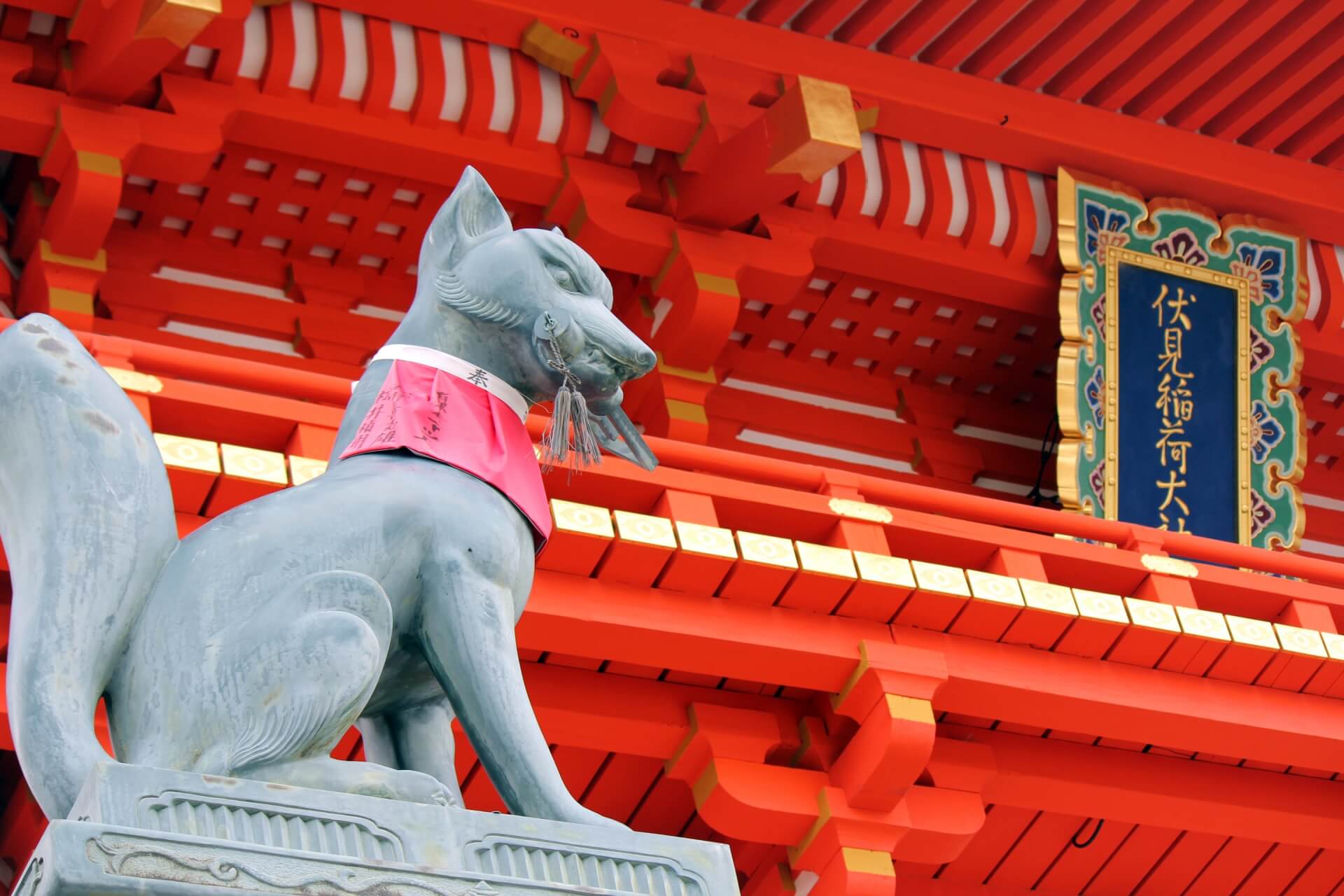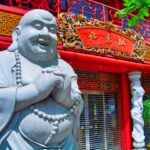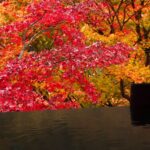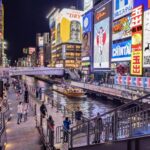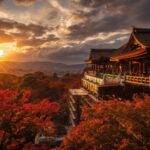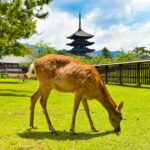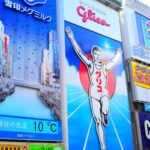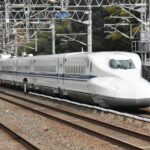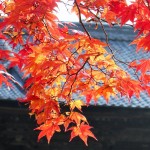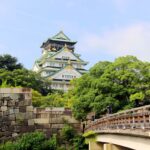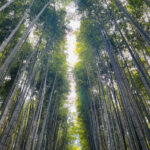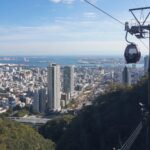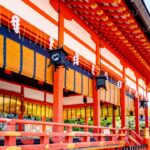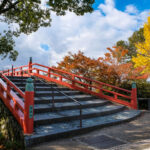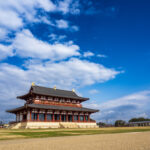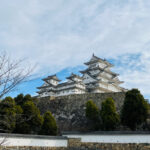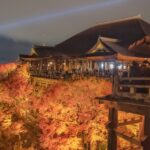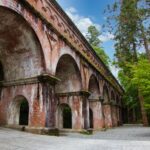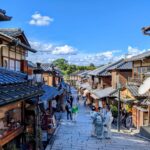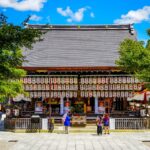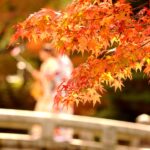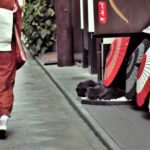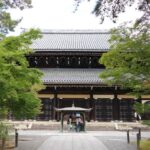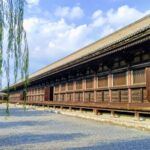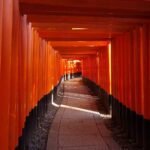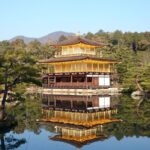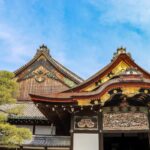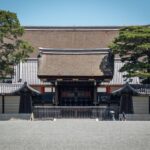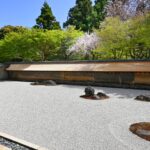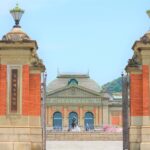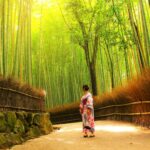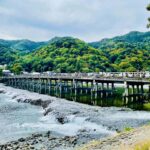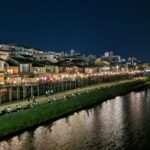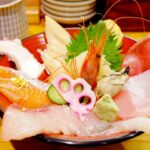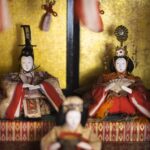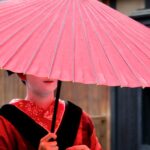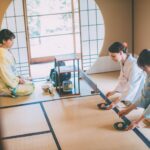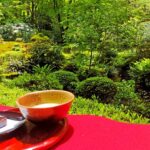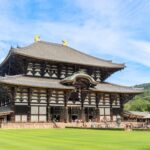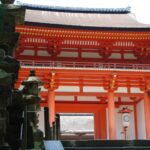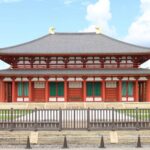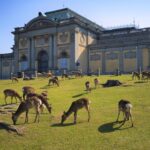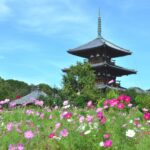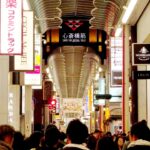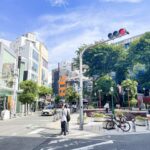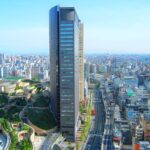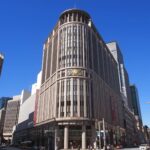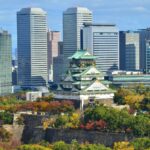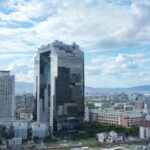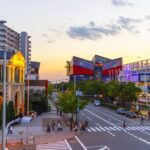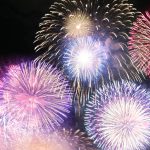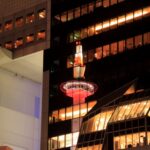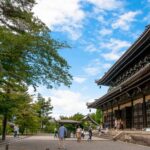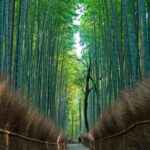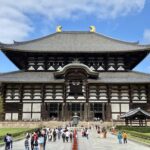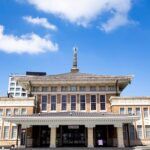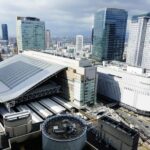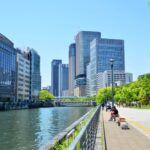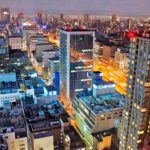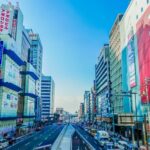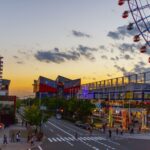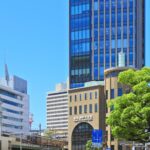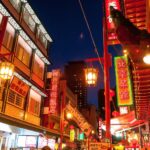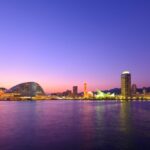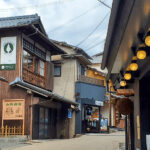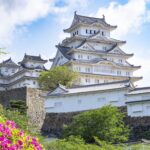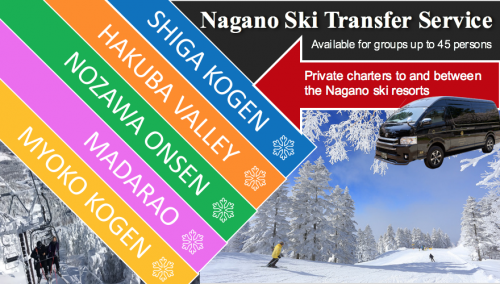40 Things to Do in Kyoto, Nara, Osaka & Where to Stay
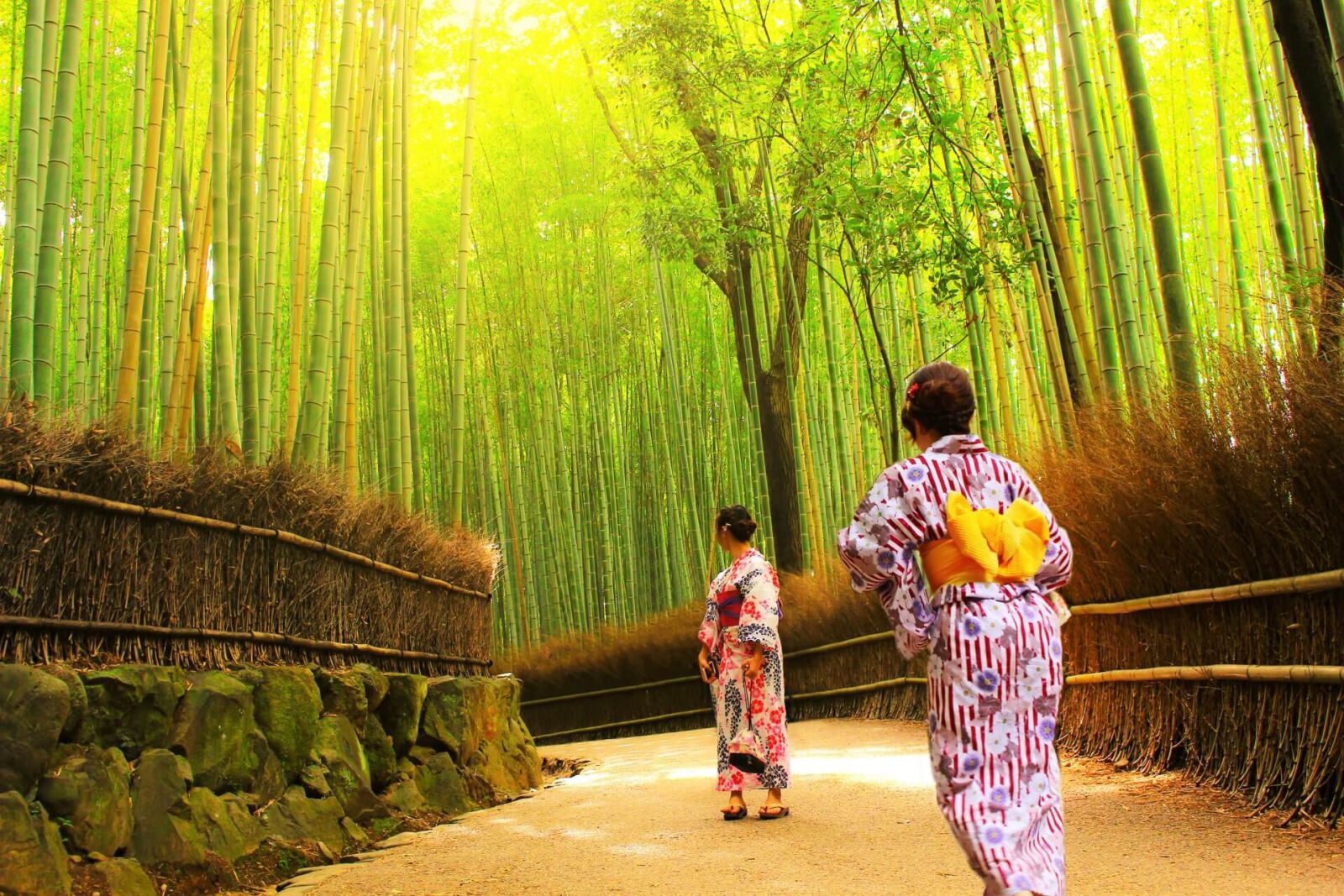
Marking the border of western and central Japan, the cities of Kyoto, Nara and Osaka are all firmly established as popular destinations for international visitors. The proximity of the three cities allows for easy day-trips from one to the other and as such, many travellers group them together on their itinerary but perhaps wonder what’s on offer in each. On this page you will find the following information:
— Best Places to Stay in Kyoto & Nara
— Best Places to Stay in Osaka
— How to Get to Kyoto, Nara & Osaka
— Private Charters & Tours in Central Japan
As the former capital of Japan and seat of imperial power for more than one thousand years, Kyoto is the most historically important city in country boasting numerous grand temples, shrines and palaces. A stylish and refined city, visitors to Kyoto will also encounter some of Japan’s best shopping, dining and endless charm.

Lying to the south of Kyoto, Nara preceded it as the imperial capital and to this day, retains much of its historic legacy as attested to by Japan’s largest temple, Todai-ji and its grand Buddha. Small and easy to navigate, the story of Nara and its powerful temples is inextricable from that of Kyoto.
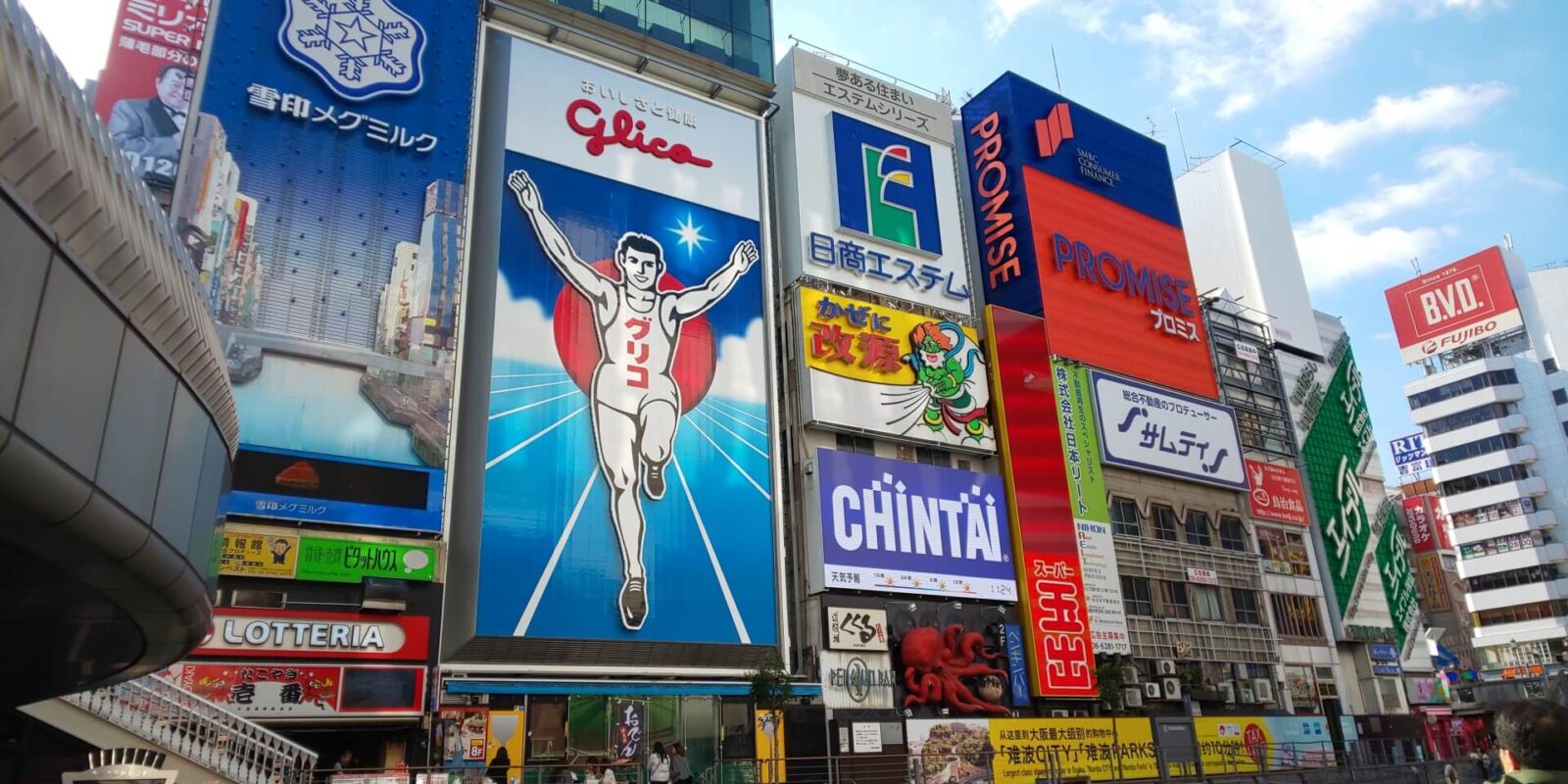
Osaka stands apart from Kyoto and Nara, a big, brash and bold city known for its shopping, nightlife and some of Japan’s best food. Osaka is all about having a good time with many international visitors finding it notably more open and welcoming than more reserved cities like Tokyo. While your days in Kyoto and Nara will be full of temples, shrines and history, time spent in Osaka is all about indulging your taste buds with some great street food, having a drink and chatting to the locals.
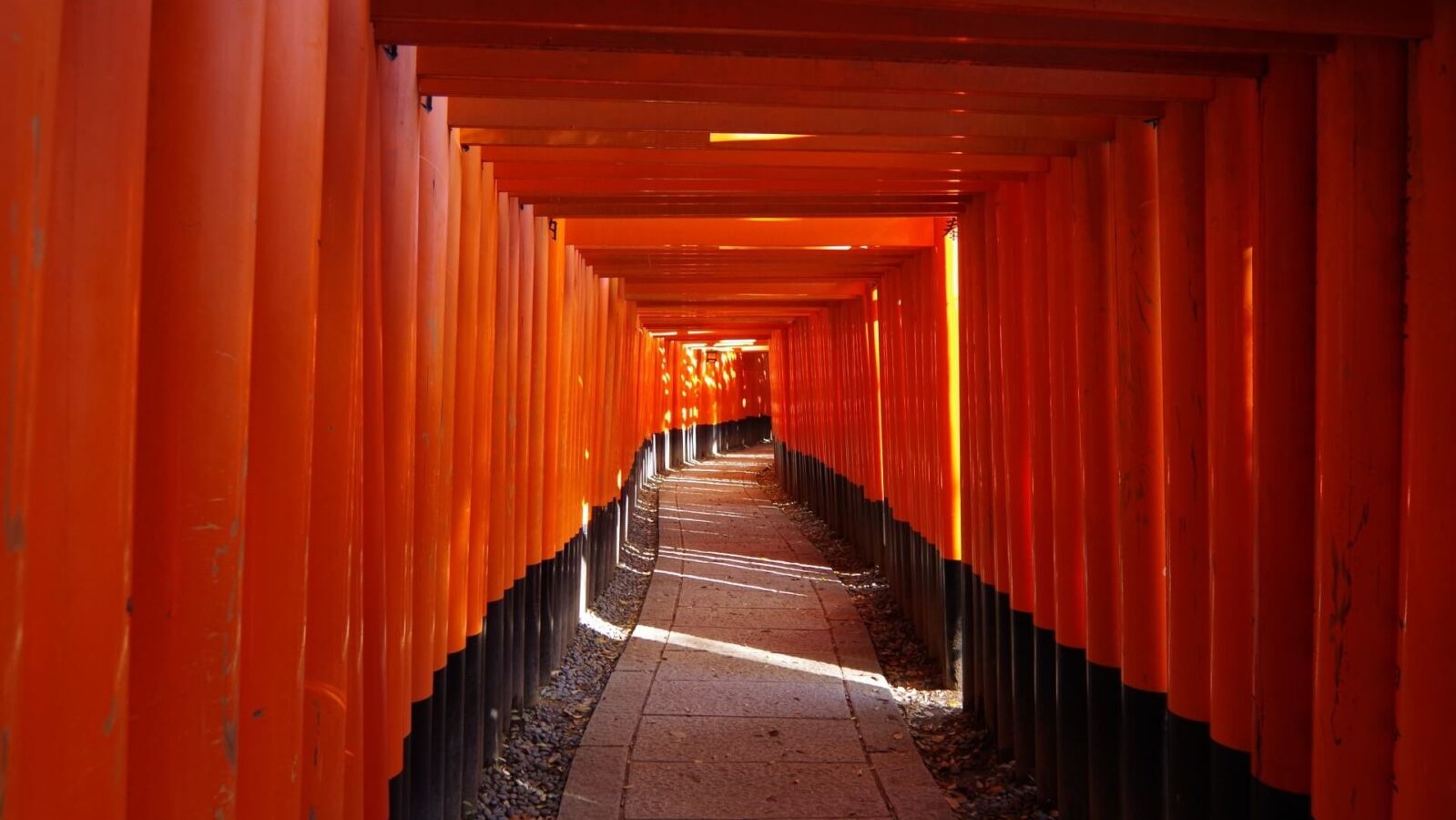

This page includes 5 TIPS FOR GETTING THE MOST OUT OF YOUR TIME IN KYOTO before introducing our recommendation of the forty best things to do in Kyoto, Nara and Osaka. All destinations and activities on this page can be enjoyed all-year-round:
BEST THINGS TO DO IN KYOTO
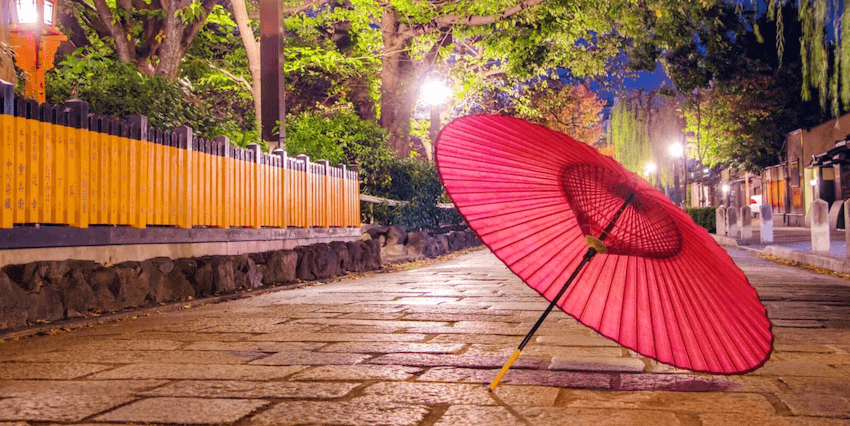
As the residence of Japanese emperors from 794 to 1868, Kyoto – once called ‘Heian’ – served as the imperial capital for more than one thousand years. Thankfully saved from bombing during WWII, today the city retains much of its historic grandeur with numerous temples, shrines and palaces spread throughout the city. For most first-time visitors to Japan, Kyoto is a must-visit destination but it takes a little planning to get the most out of your time there.
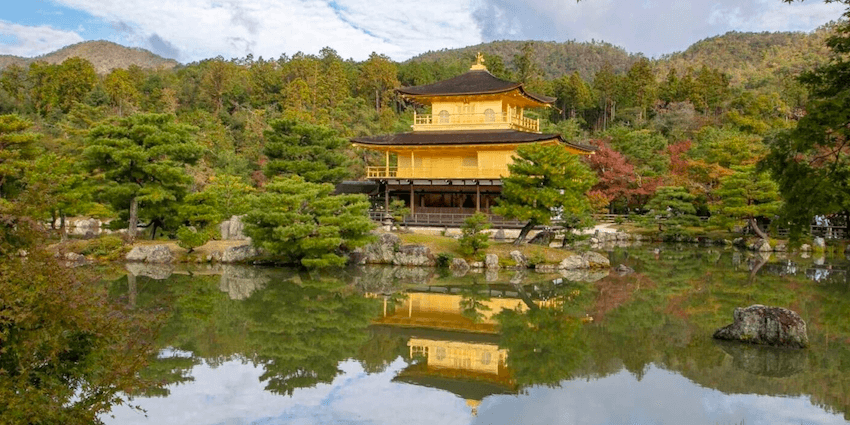
Kyoto Station is the city’s major station with tourist buses running to all the well-known temples. A stop on the Tokaido Shinkansen line running from Tokyo to Osaka, many visitors choose accommodation in and around the station due to its convenience and large range of hotel choices. To start planning your visit, it’s worth noting a couple of things to avoid some common mistakes that first-time visitors make.
Here are our 5 top tips for getting the most out of your time in Kyoto:
Kyoto is a big, modern city: before first visiting the city, many visitors are under the misapprehension that Kyoto is a small city made-up of only historic neighbourhoods, temples and shrines. This is wrong. Kyoto is a large modern city with its many temples and other historic sites adjoining or within business, shopping and residential precincts. Be prepared to cover large distances and lots of people.
The temples are often far apart so make a plan: Kyoto has so many temples to see you won’t be left wondering where they are, however it’s important to note that many of the most famous temples are far apart therefore it pays to check which ones are close together and visit them at the same time. For that reason in our suggestions below, (when possible) we have grouped two temples in close proximity together, allowing you to visit them one after the other and saving you from wasting a lot of time with long bus or taxi rides back-and-forth across the city.
If it’s famous, it will be crowded: expect the most famous temples to be crowded – always. Kyoto attracts millions of visitors – both Japanese and from abroad each year – with most heading to same temples including Kiyomizudera, Ginkaku-ji, Ryoan-ji, Fushimi Inari Taisha and others. If you want to see these temples, go as early as possible to beat the large tour buses and don’t be afraid to aim for some of the less well-known temples. They are often equally beautiful and with notably fewer visitors, can be a much better experience.
Don’t try to see too much: many first-time visitors come with plans to see numerous temples but find that after three or four they are a little ‘templed-out’ and left wondering what to do. Our suggestion is aim to see two temples in the morning and then enjoy Kyoto’s other great things to do – including food, cafes, antique shopping, museums and galleries – in the afternoon and evening. If you allow for two days doing this you’ll see a handful of great temples with the energy to appreciate each one. We particularly recommend this in summer, when the city will be very hot and humid. Aim to see a couple of temples early and then head for lunch and an afternoon indoors to avoid the worst of the heat and humidity.
Kyoto looks beautiful in spring and lots of people will visit at that time: many visitors also aim to visit during Japan’s stunning ‘sakura’ (cherry blossom) season. While it’s certainly true that seeing Kyoto while the blossoms are in bloom is spectacular, this is no secret and you’ll be sharing the city with a ridiculous number of people. Streets and temples can be so crowded it’s near-on impossible to enjoy so if you do plan to go at this time, be prepared, go as early as possible and aim for some of the less famous temples.
Having said that, here’s our suggestion of things to do in Japan’s most historic city:
1 / KIYOMIZUDERA & SANJUSANGENDO

Translating as ‘Pure Water Temple’, Kiyomizudera is one of the most famous temples in Japan. As a World Heritage-listed site, the temple attracts a huge number of visitors each day, who come to enjoy the expansive temple precinct including its large wooden decking that sits 13 metres above the ground and affords a fantastic view looking back toward central Kyoto.
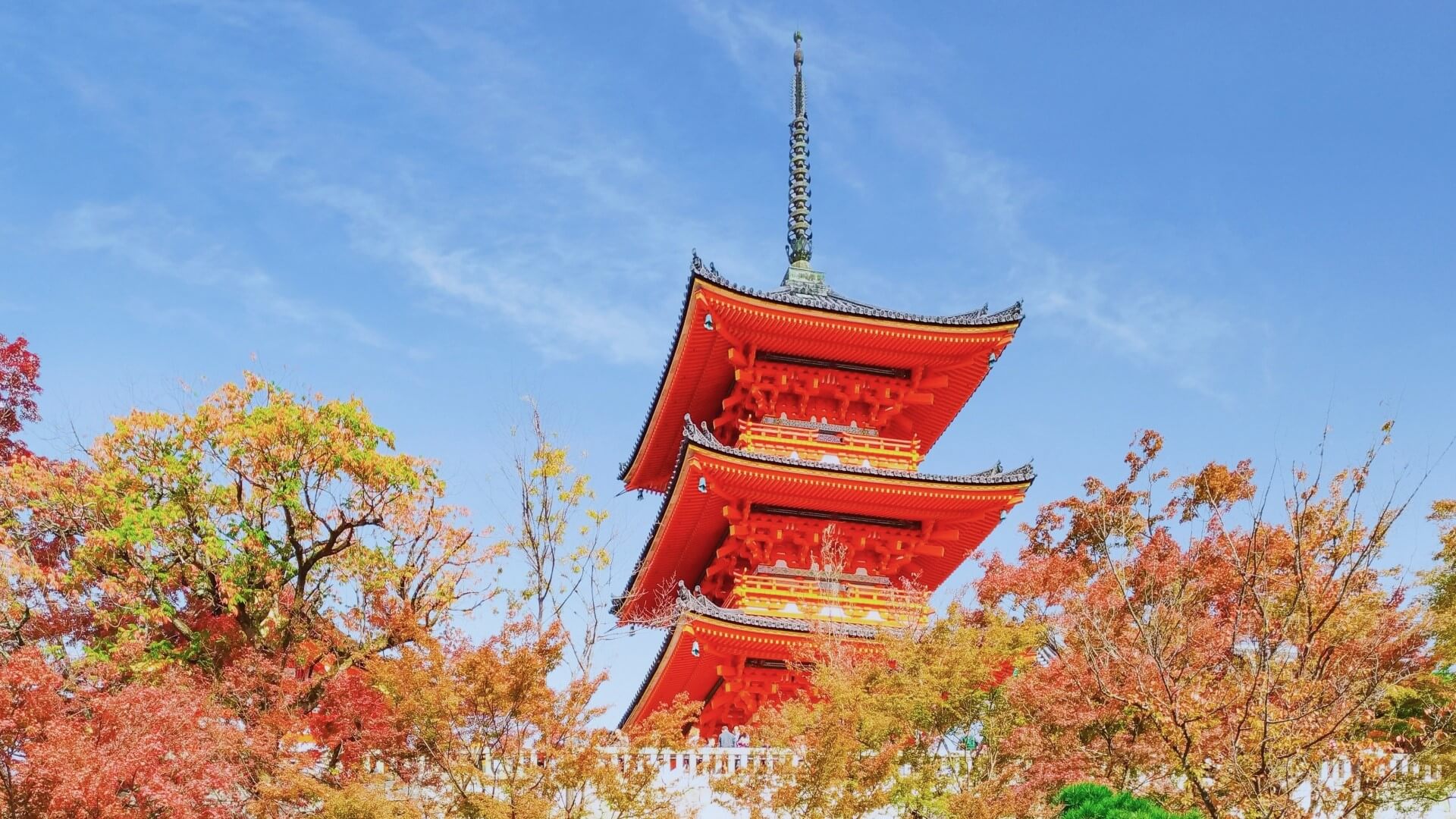
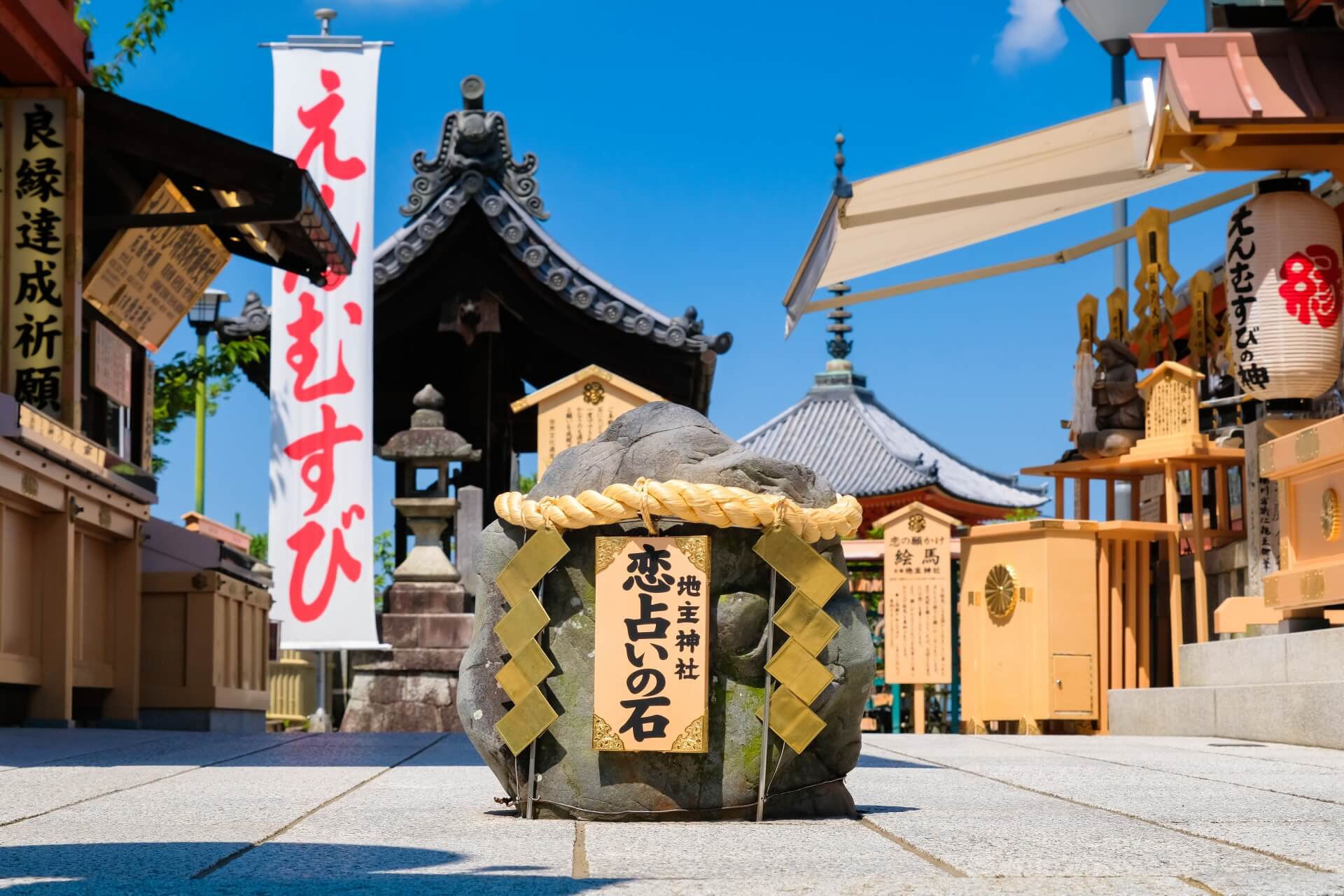
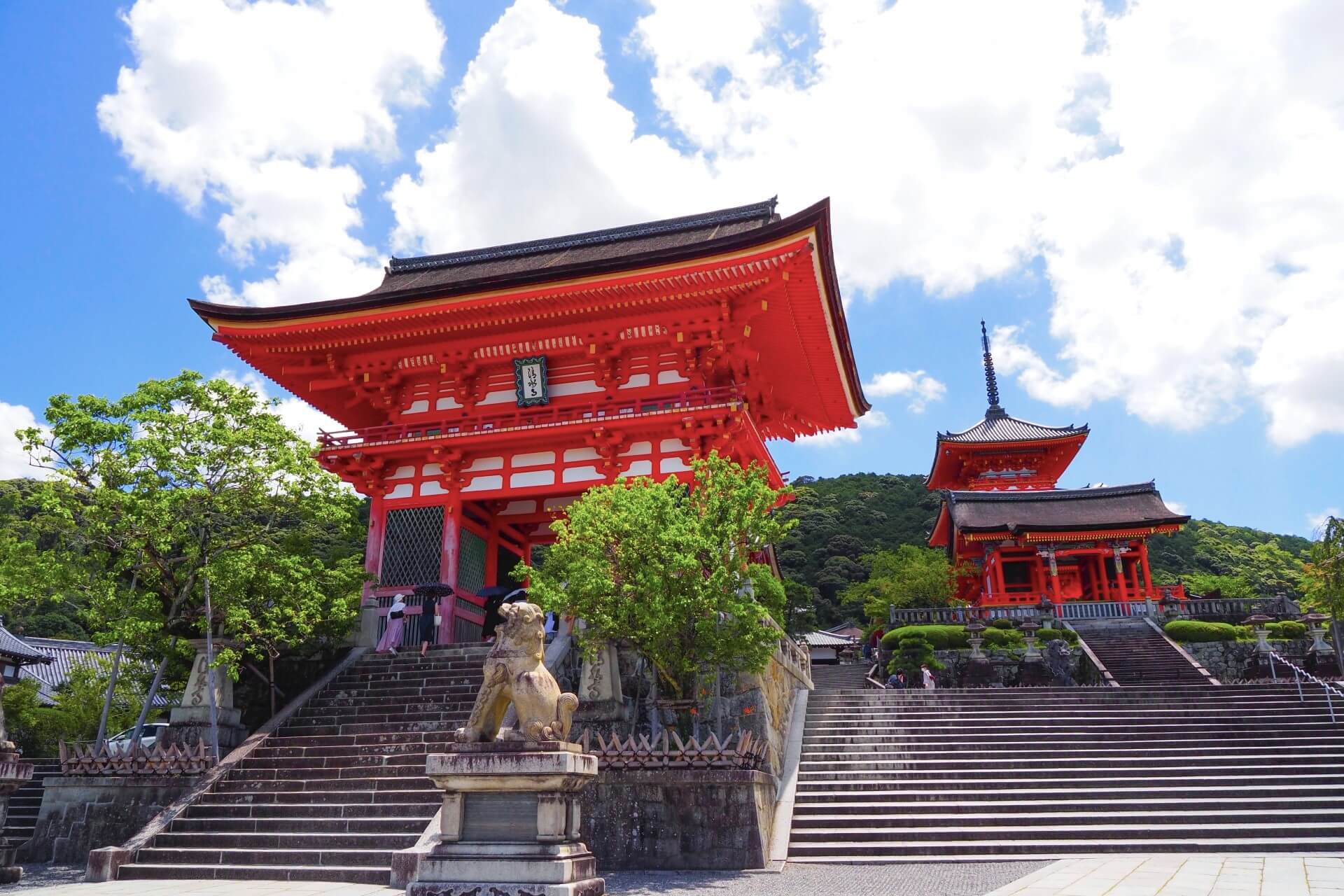
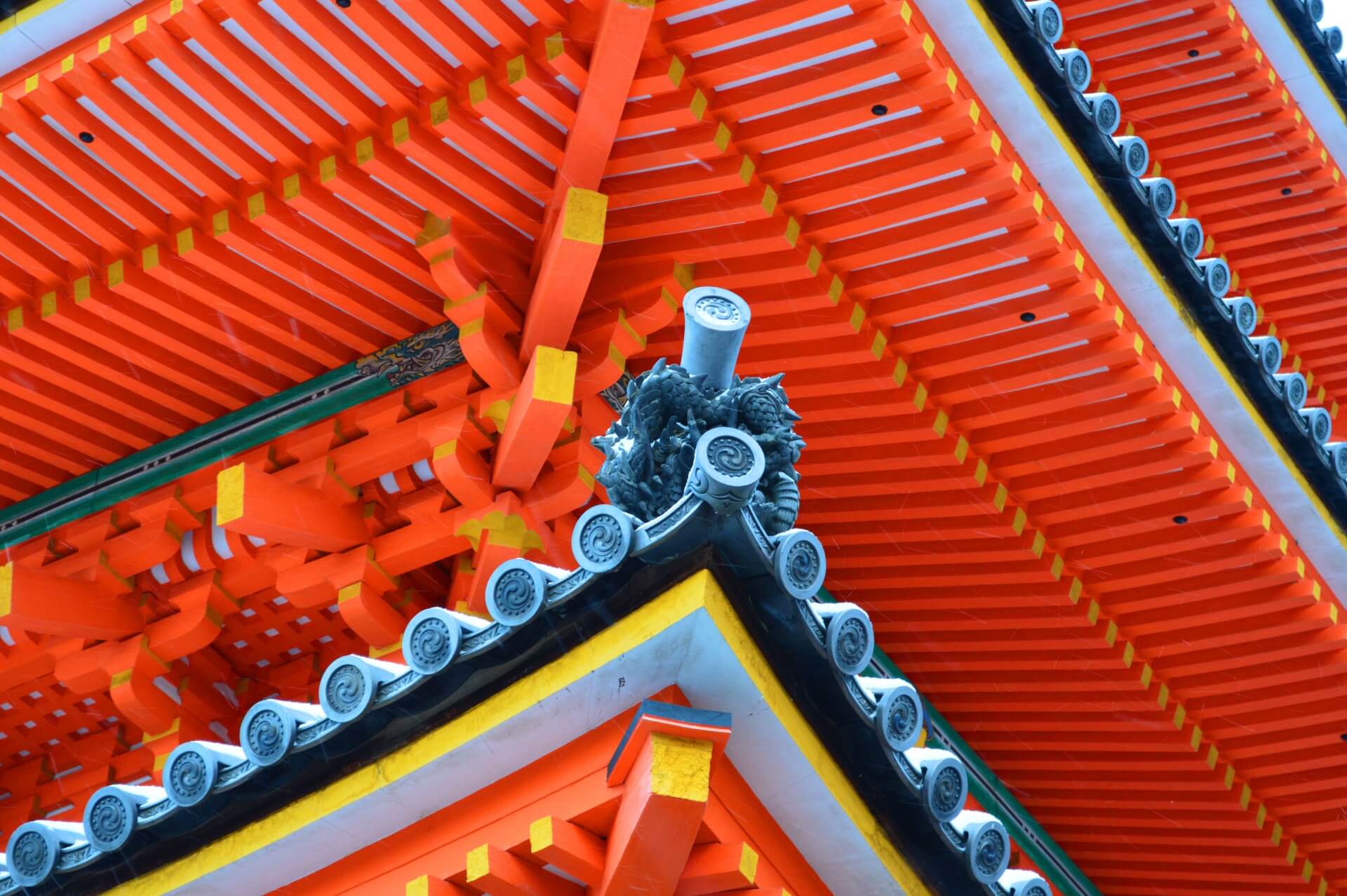
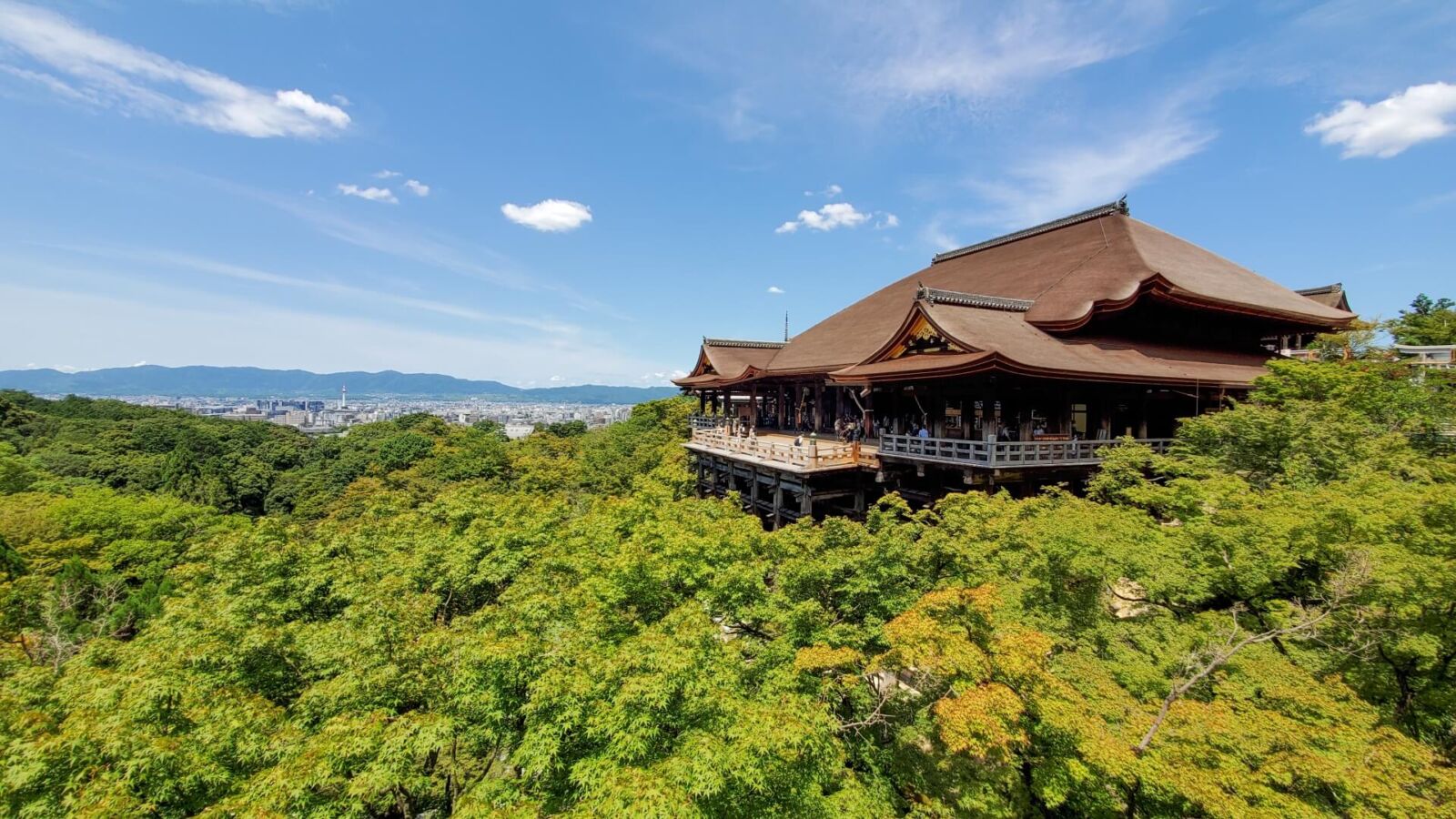
Most visitors heading to and from Kiyomizudera do so along the picturesque streets of Higashiyama – see below for details – adding to the crowds. To get the most out of your visit to the area, go early or late in the day to avoid large tour groups that tend to fill the streets and dominate the temple.
1 Day Tour
| Kyoto Heritage Path – From Fushimi Inari’s Mystery to Kiyomizu Temple Majesty | |
| Period | All year round |
| Time | 09:00-17:00 |
| Meeting Place | JR Kyoto Station |
| Adult Rate | ¥17,800 |
| Child Rate | ¥13,000 |

To get the most out of your experience, why not join a tour and let our experienced guides take you through Kyoto’s narrow streets and alleys. Along the way, we will discover beautiful gardens, majestic shrines, and dazzling temples. You can fully feel the historical atmosphere along with the glory of olden times. Come and discover this priceless experience. Start your journey with us today!
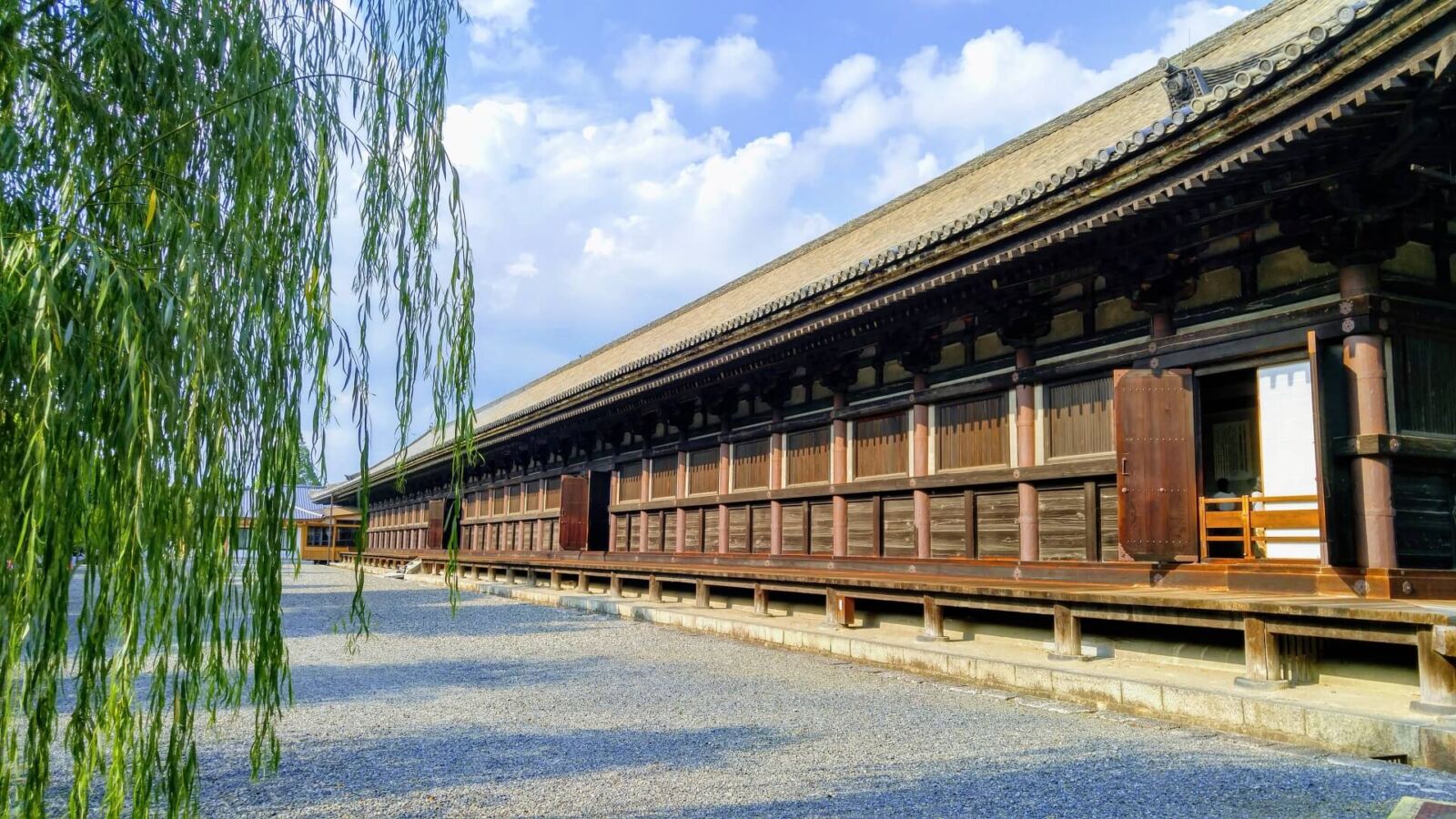
Most commonly referred to as ‘Sanjusangendo’, the properly named Rengeo-in is the longest wooden structure and second largest temple in Japan. Housing 1001 golden ‘Kannon’ statues – the bodhisattva of mercy – the interior of the temple is one of Kyoto’s most spectacular sights. Often overlooked, Sanjusangendo should not be missed as is only 25-minutes walk from the more famous Kiyomizudera.
2 / HIGASHIYAMA DISTRICT inc. YASAKA PAGODA
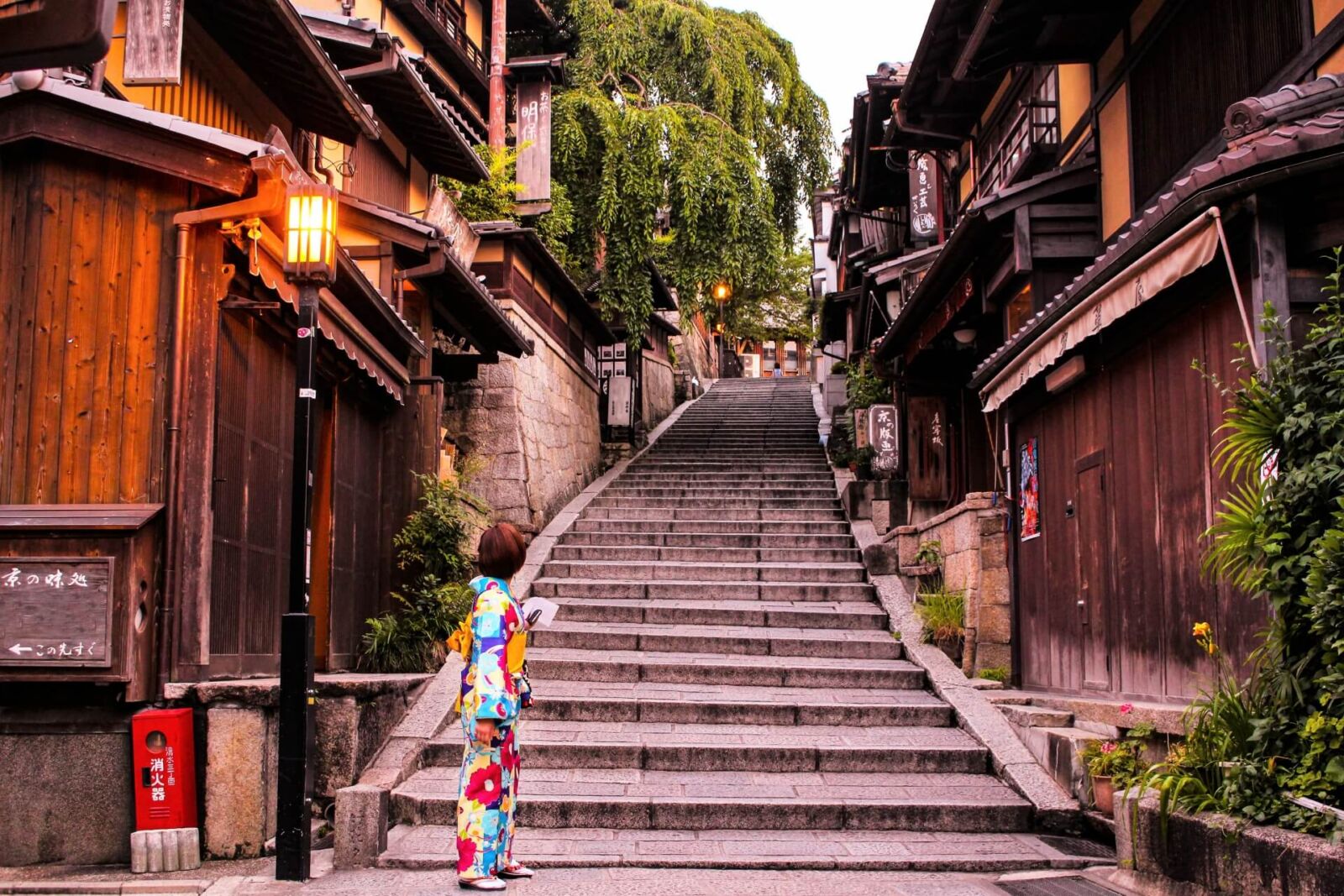
Located between Kiyomizudera and Yasaka Shrine, Higashiyama is one of Kyoto’s best-preserved historic districts. An enclave in which ‘old Kyoto’ lives on, the area retains the majority of its historic character with traditional buildings, including numerous stores, restaurants and residences lining the narrow streets.
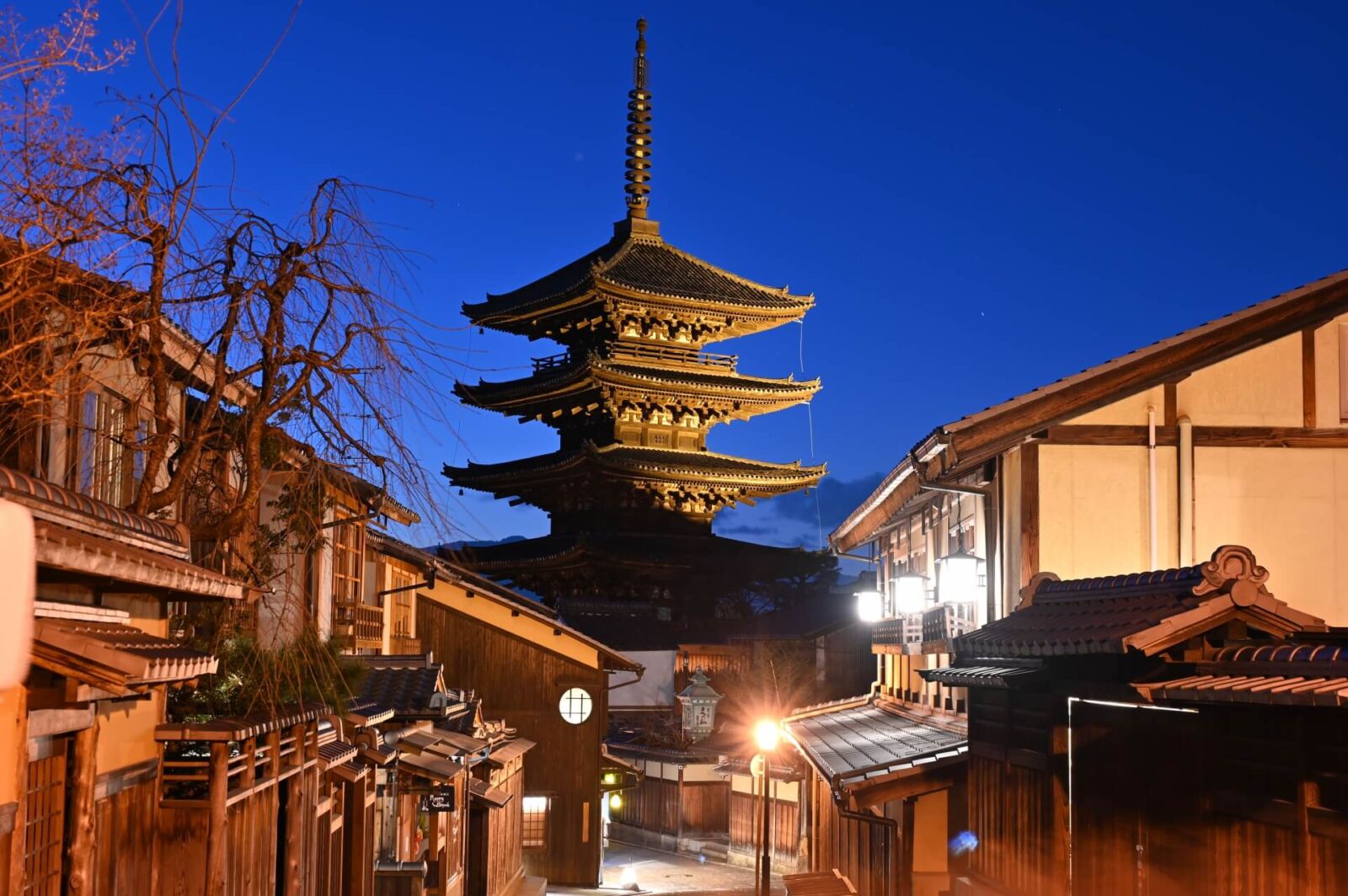
Walking the streets of Highashiyama visitors can enjoy delicacies including ‘matcha’, sweets, pickles and more while enticing craft stores sell pottery and other traditional goods. Along the way, you can also enjoy another of Kyoto’s most iconic structure, the Yasaka Pagoda, which looms over the streets below. Always popular, the streets of Highashiyama will be crowded during the middle of the day. Most stores open between 9-10AM and close between 5-6PM. Try to avoid the middle of the day when large tour groups and masses of other visitors fill the streets.
3 / YASAKA (GION) SHRINE & MARUYAMA PARK
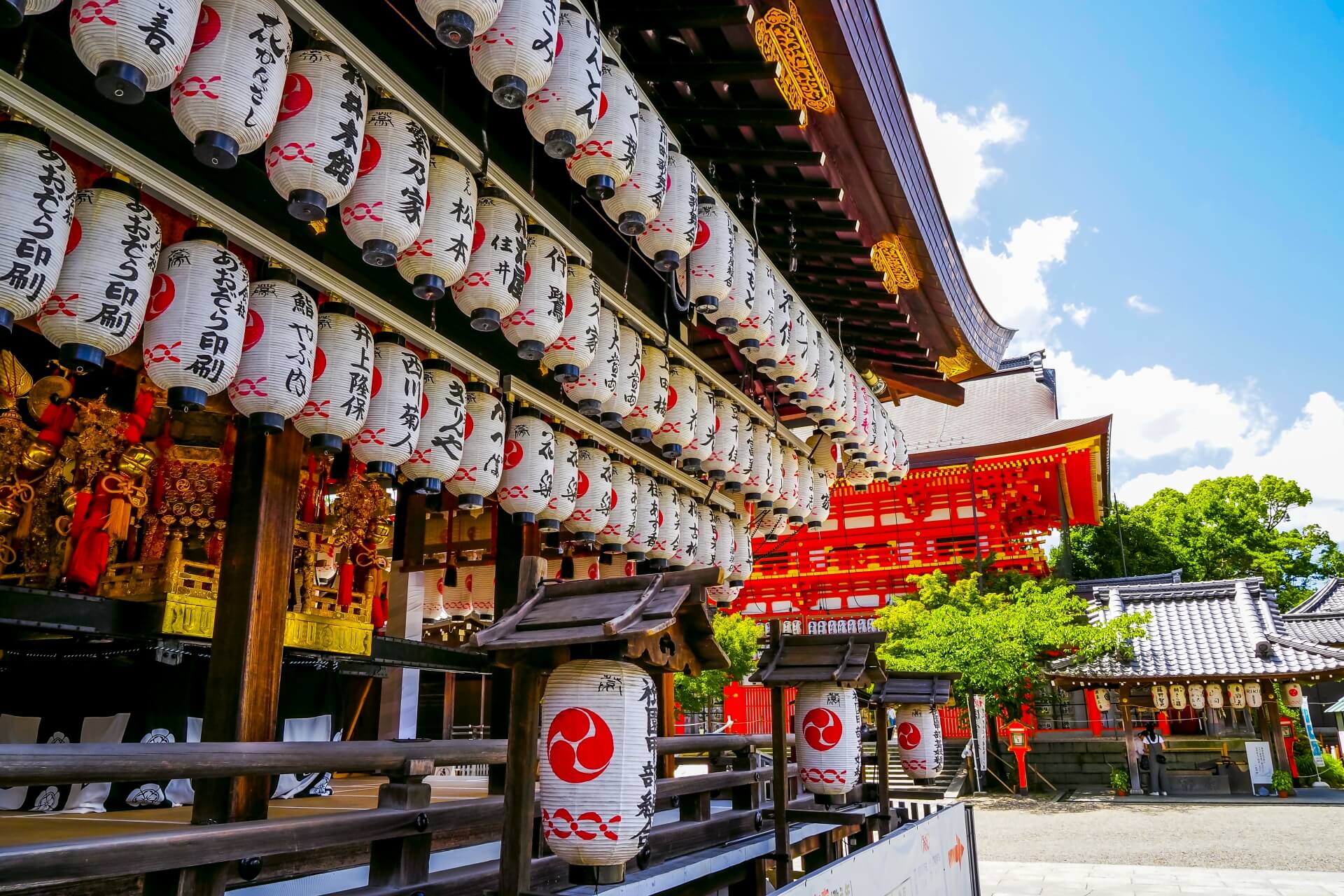
Also within walking distance of Kiyomizudera – approximately 20-minutes heading through the Higashiyama district – Yasaka Shrine, sometimes called Gion Shrine, is one of Kyoto’s most famous Shinto sites. The shrine complex is comprised of multiple structures including the ‘romon’ (gate), ‘honden’ (inner sanctuary), ‘haiden’ (offering hall) and dance stage bordered with hundreds of lanterns. A beautiful sight when lit a night, the shrine and central dance stage are the focal point the ‘Gion Matsuri’ held each year in July.
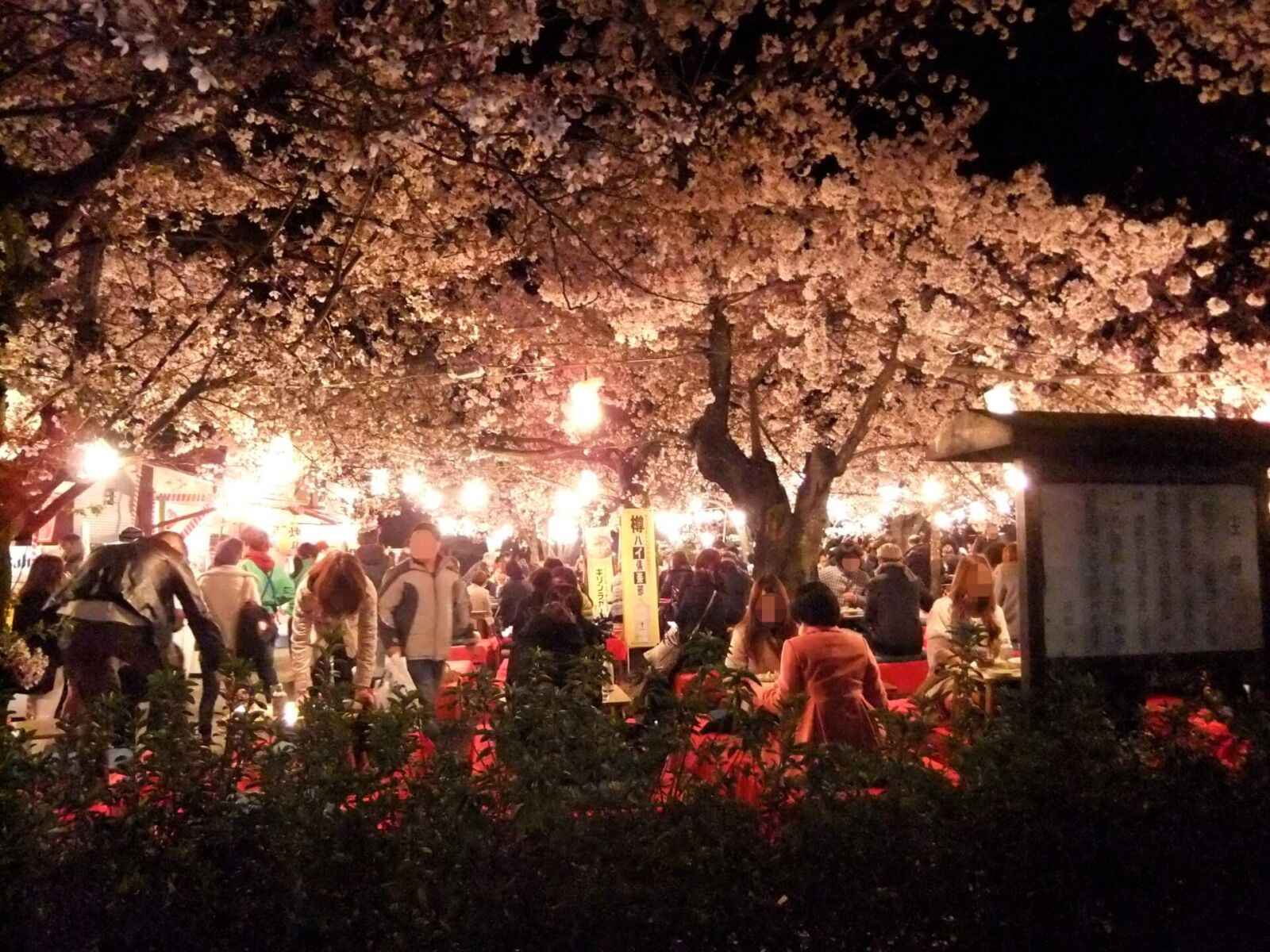
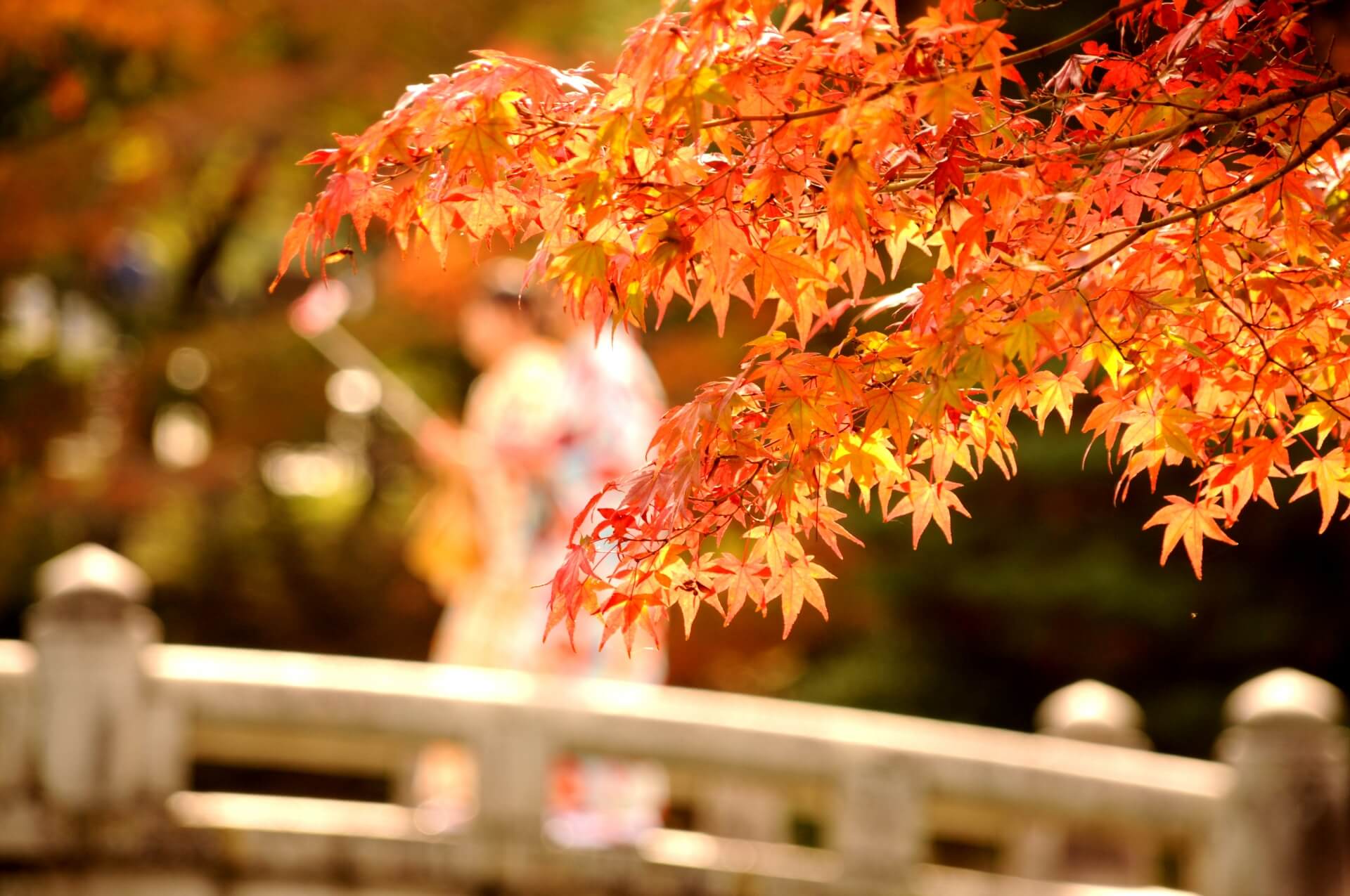
Adjoining the shrine, Maruyama Park is one of Kyoto’s best cherry blossom-viewing spots and always busy once the blossoms are in bloom each spring. Easily combined with a visit to Kiyomizudera and Higashiyama, be prepared for huge crowds if visiting when the blossoms are in bloom. The park is equally beautiful in October and November when its many trees are awash with autumn colours. Both the shrine and park are accessible at all times of day and admission is free.
4 / GION
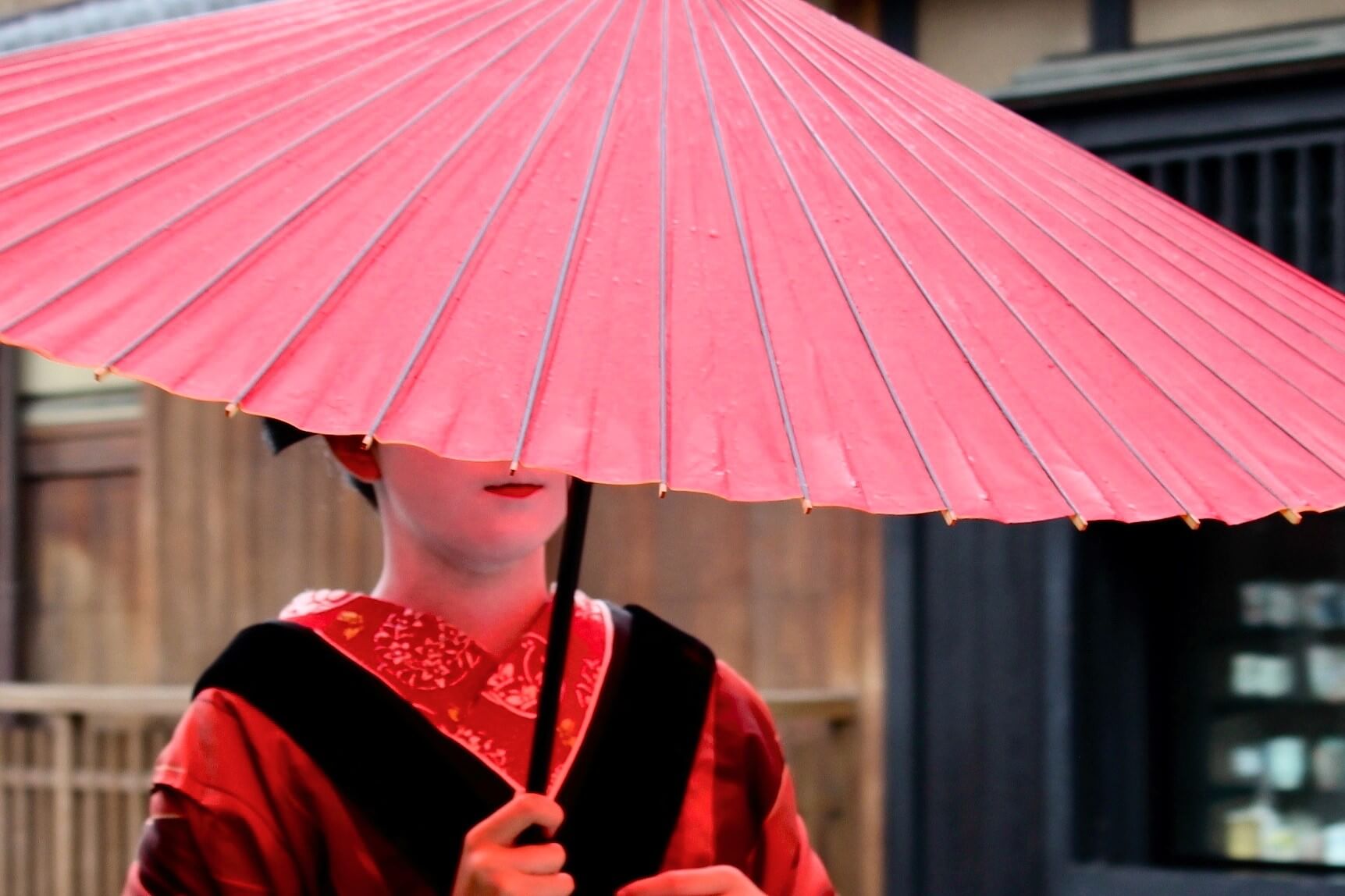
Between Yasaka Shrine and Kamogawa (Kamo River) – which runs north to south through the city – you can wander into Gion – one of Japan’s most historic and famous neighbourhoods. Another of Kyoto’s best preserved historic areas, Gion is famous for its traditional ‘ochaya’ (teahouses) and attendant ‘geisha’. Whether or not you have visited Japan, chances are you will have a strong image in your mind of the fabled geisha. Beautiful yet other-worldly in appearance, the charm and gracefulness of the geisha seduce many and it is here, in Gion, that many still ply their trade.
1 Day Tour
| Kyoto Heritage Path – From Fushimi Inari’s Mystery to Kiyomizu Temple Majesty | |
| Period | All year round |
| Time | 09:00-17:00 |
| Meeting Place | JR Kyoto Station |
| Adult Rate | ¥17,800 |
| Child Rate | ¥13,000 |

If you hope to see a Geisha or Maiko when you visit Kyoto, why not join our tour which passes through some of Kyoto’s Hanamachi (flower streets) or Geisha districts. With an experienced guide, you will learn all about the Geisha culture of Kyoto.
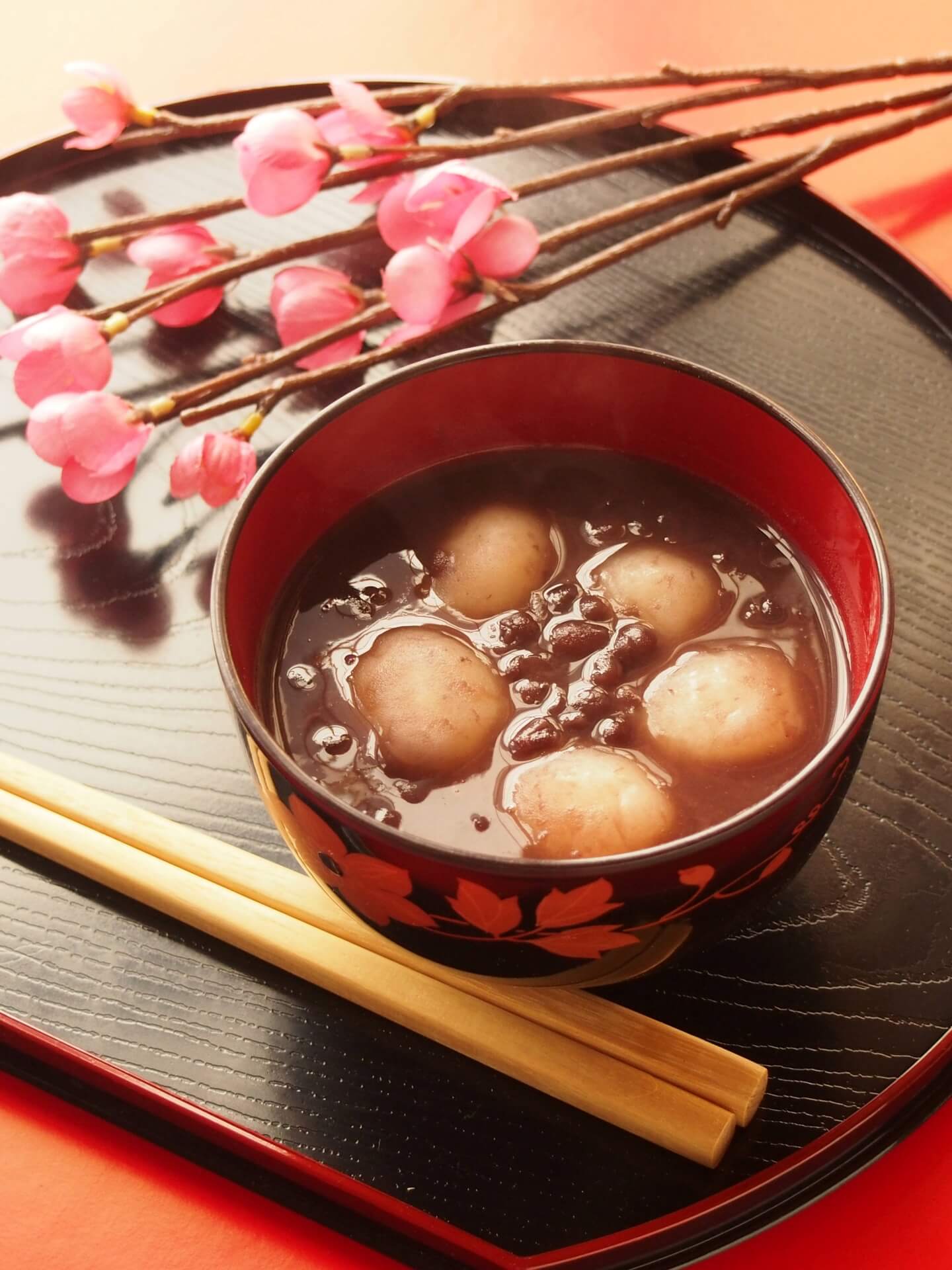
Gion is home to many teahouses and traditional restaurants, offering some of Japan’s best ‘kaiseki’ and the chance to be entertained by geisha or their attendant ‘maiko’ (geisha apprentices) – see below for details. A common sight on the streets of Gion and Higashiyama around sundown as they head toward their evening engagement, geisha and maiko are an enchanting sight to behold but do not stop them for photographs. They are on their way to entertain and cannot risk being late. Please be respectful of their space and do not trouble them.
5 / NANZEN-JI & HIGASHIYAMA JOSHI-JI inc. GINKAKU-JI
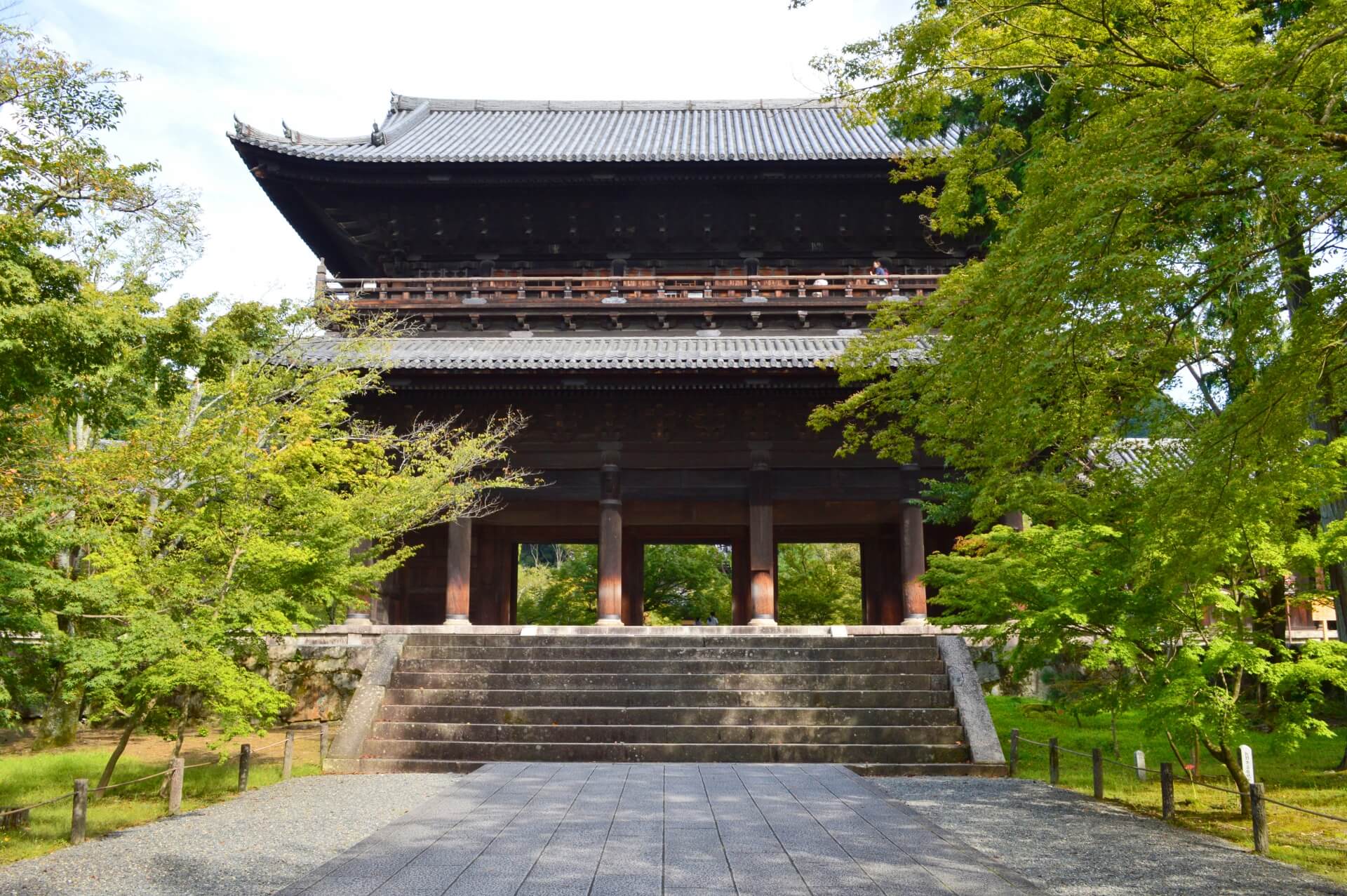
Located at the base of the Higashiyama mountains, Nanzen-ji lies on the eastern outskirts of the city. One of the most important Rinzai sect temples in Japan – an important school of Zen – the temple complex is large and includes multiple historic buildings, stunning gardens and unique brick aqueduct that runs through the grounds. Approximately 2km / 25-minutes walk to the north of Nanzen-ji, the Higashiyama Joshi-ji temple complex includes another of Kyoto’s most famous temples – Ginkaku-ji or the ‘Silver Pavilion’. Modelled on the Kinkaku-ji or the ‘Golden Pavilion’ – see below for details – Ginkaku-ji served as the retirement villa of shogun Ashikaga Yoshimasa until his death in 1490, and then converted into a Zen temple. Visitors wishing to visit both temples can do so by following the ‘Philosopher’s Path’ – a stone-paved trail along a canal and under cherry trees – between the two, a walk of 30 to 45 minutes.
1 Day Tour
| Bamboo Artistry and Zen Serenity: A Day of Tranquility with Ginkaku-ji in Kyoto | |
| Period | All year round |
| Time | 09:00-16:30 |
| Meeting Place | JR Kyoto Station |
| Adult Rate | ¥19,800 |
| Child Rate | ¥13,000 |

To get the most from your time in Kyoto, we recommend joining our tour which will take you from Nanzen-ji to Ginkaku-ji while following the ‘Philospher’s path’. Our tour guides will tell you about the history of the temples and delve into the deep culture of Kyoto.
6 / NIJO CASTLE & KYOTO IMPERIAL PALACE
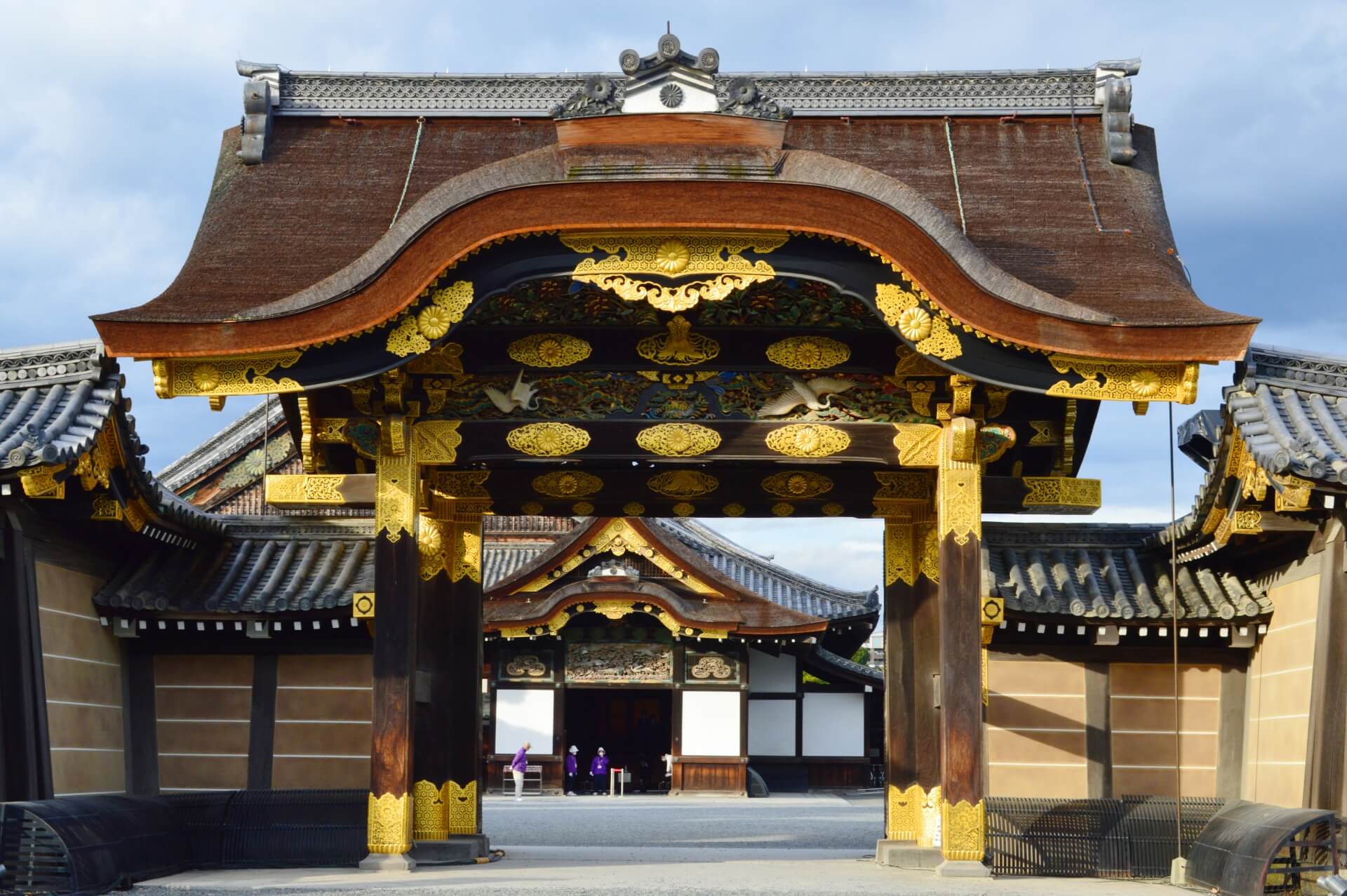
Built in 1603 as the Kyoto residence of the famous shogun Tokugawa Ieyasu, Nijo Castle is an expansive historic precinct in the heart of Kyoto. As a World Heritage-listed site, Nijo is another of the city’s most important and historic destinations, providing a different experience to the many temples of the city due to its heavy fortification including moats and imposing stone walls. More than twenty historic structures – including the beautiful Ninomaru Palace – exist within the grounds demanding that you allow several hours to enjoy Nijo Castle completely.
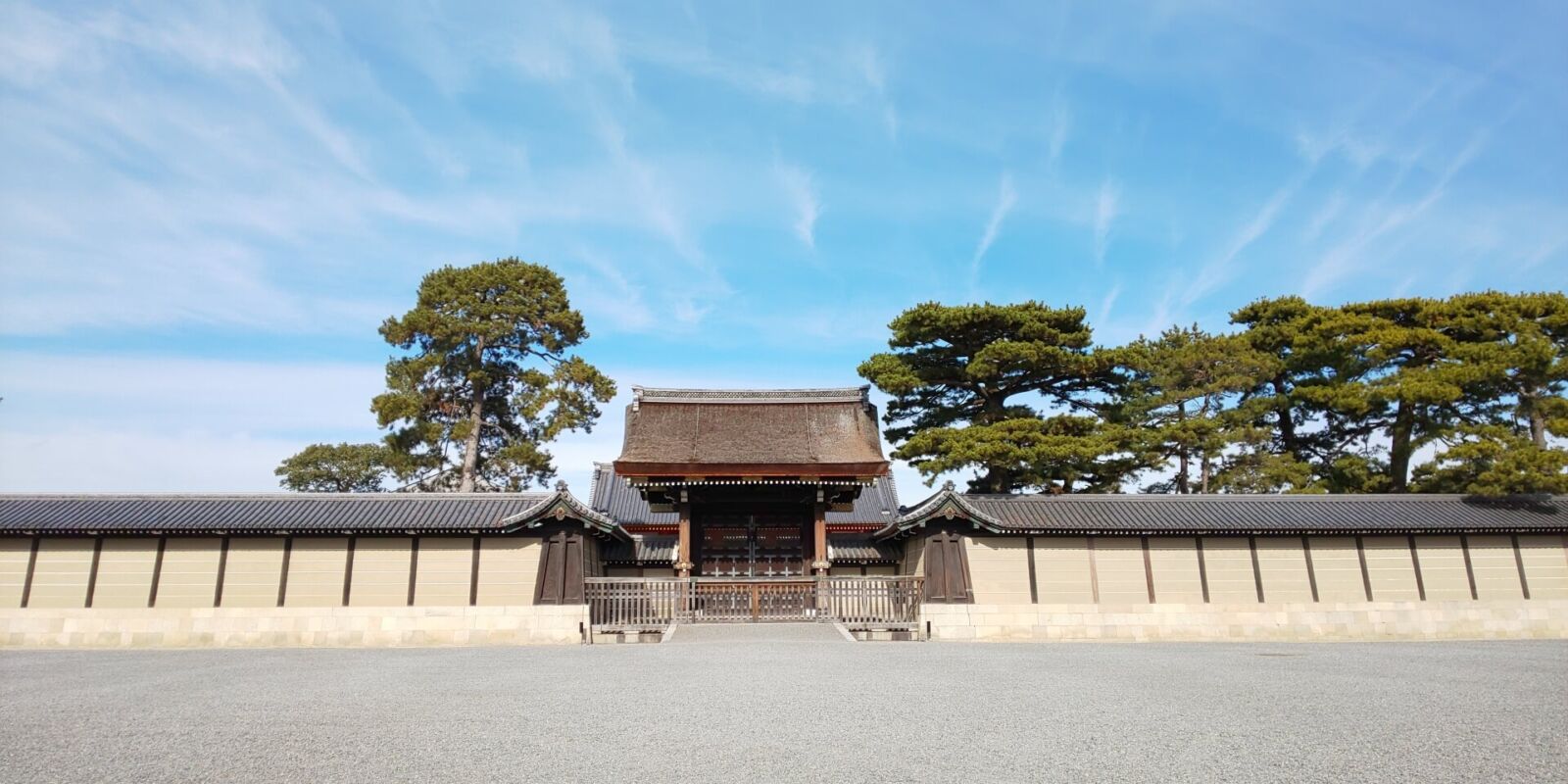
Approximately 20-minutes walk from the castle, Kyoto Imperial Palace was the main residence of the Imperial Family until it was relocated to Tokyo in 1868. Located within the expansive Kyoto Imperial Park, the precinct also includes the Sento Imperial Palace with the current Imperial Palace dating to 1855.
7 / FUSHIMI INARI TAISHA & WALKING IN MOUNT INARI

Heading a little out of central Kyoto, Fushimi Inari Taisha is another of Kyoto’s most iconic spots. Famous for its thousands of ‘torii’, the famous gates lead visitors into the forest of Mount Inari, a sacred mountain in Shinto belief. Most visitors come to witness and photograph the gates but should you wish to walk the trails that ascend the mountain, the hike to and from the summit takes between 2 to 3 hours. With multiple shrines and ‘inari’ statues (mythical fox-like creatures) along the trails, exploring a little deeper into the precinct offers and escape from the crowds of the city.
8 / KINKAKU-JI & RYOAN-JI

Kinkaku-ji or the ‘Golden Pavilion’ is perhaps Kyoto’s most iconic temple. Located in the north of Kyoto and quite distant from some of the other famous temples located in the central/eastern Kyoto, the distinctive gold-leaf exterior of the temple is a beautiful sight set against a large pond and traditional garden. Dating back to the 15th century, the current temple is a relatively recent 20th century reconstruction.
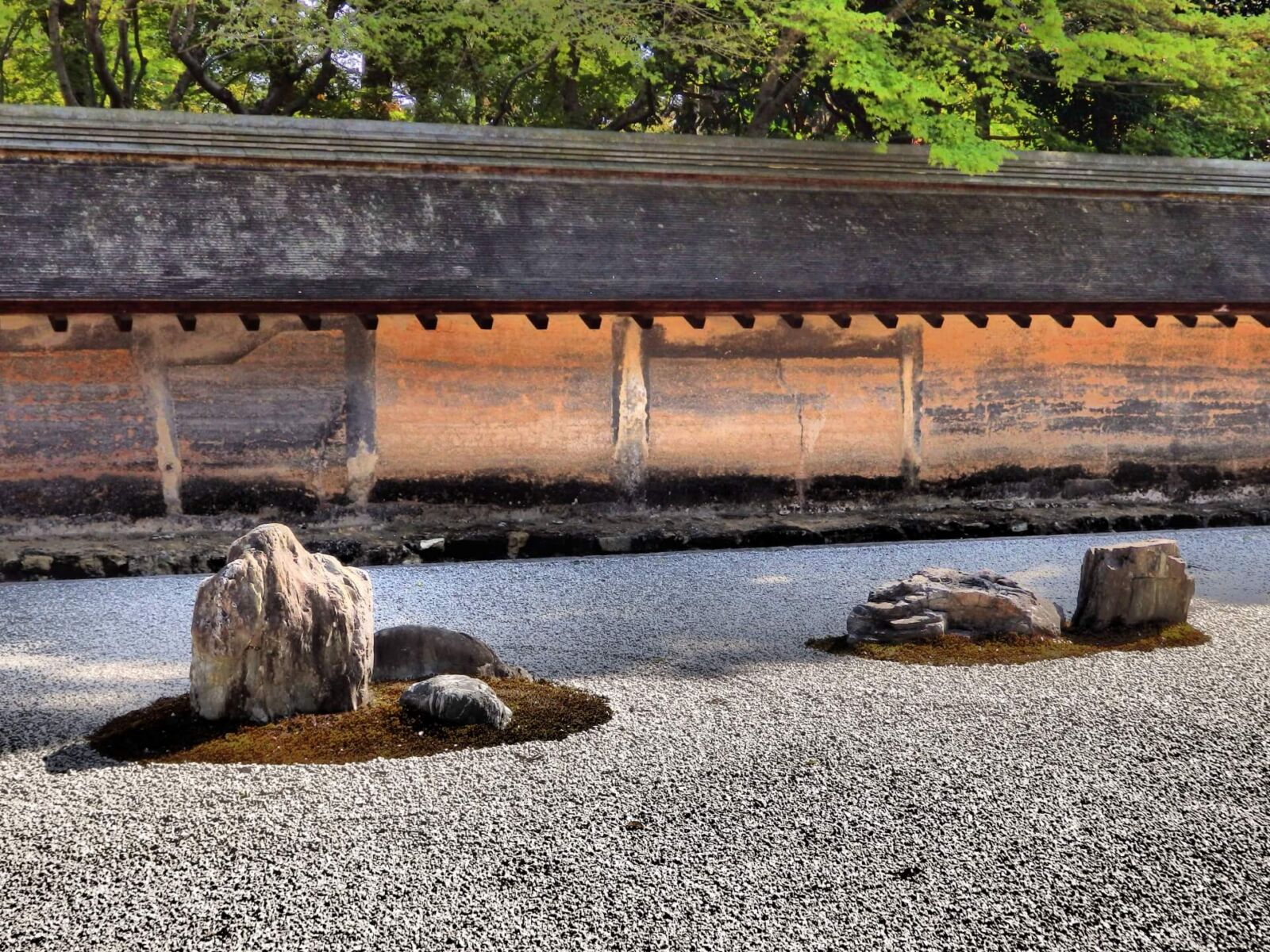
Located nearby Kinkaku-ji, Ryoan-ji boasts Japan’s most famous rock garden. Originally the residence of an aristocrat, the villa was converted into a temple in 1450 with the exact origins and designer of its famous garden now unknown.
9 / ARASHIYAMA inc. TOGETSUKYO BRIDGE, BAMBOO GROVE & IWATAYAMA MONKEY PARK
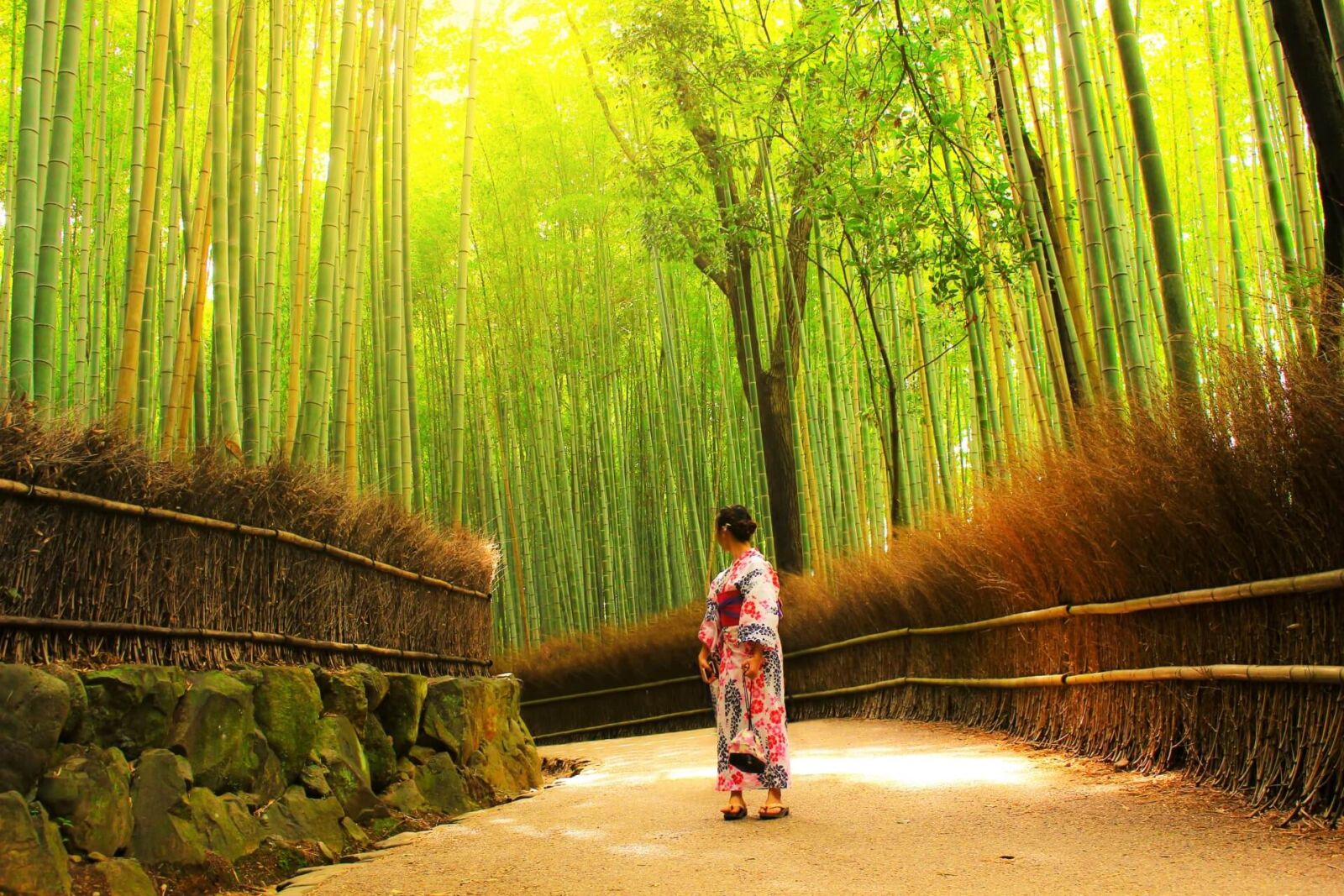
Lying to the west – approximately 20 to 30-minutes from Kyoto Station by train or bus – Arashiyama attracts plenty of visitors, especially in spring and autumn when it is blessed with some of Kyoto’s best cherry blossom and autumn colours.
1 Day Tour
| 1-Day Walking Tour : Traversing Kyoto’s Scenic West – Arashiyama to Kinkakuji | |
|
| |
| Period | All year round |
| Time | 09:00-17:00 |
| Meeting Place | JR Kyoto Station |
| Adult Rate | ¥17,800 |
| Child Rate | ¥13,000 |

Join us and make your trip special. Our guides will take you on a 1-day walking tour through authentic Japanese gardens and temples. Arashiyama and Kinkakuji are best enjoyed with one of our guides who can provide you with cultural and historical information.
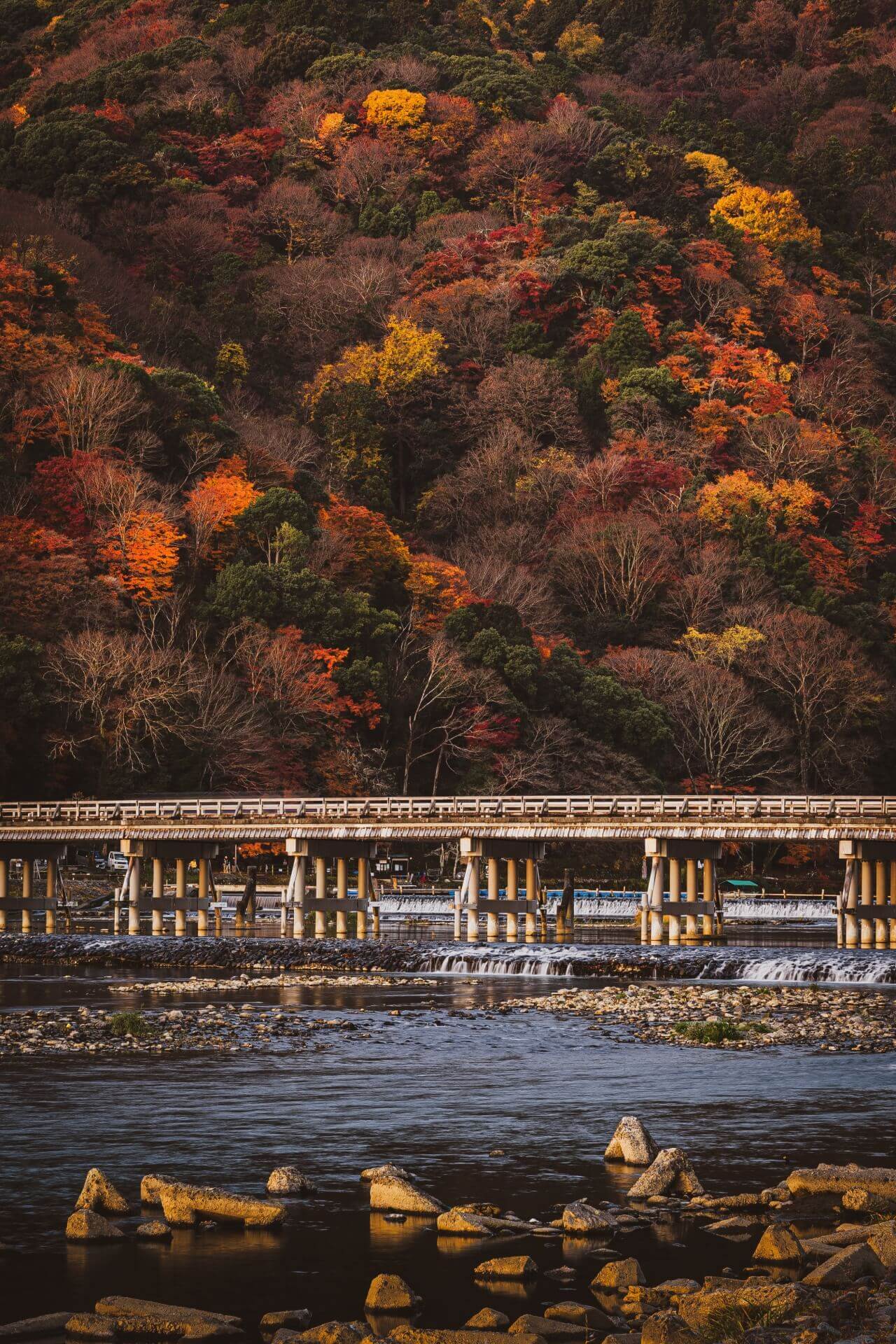
The area’s Togetsukyo Bridge is iconic and a popular photo spot for visitors while the Arashiyama Sagano Bamboo Grove – located between Tenryu-ji and Okouchi Sanso Garden – is one of Japan’s most photographed locations. A beautiful sight any time of year, walking through the bamboo in summer offers welcome relief from the heat, as the bamboo sways and a cool breeze refreshes the body and soul.
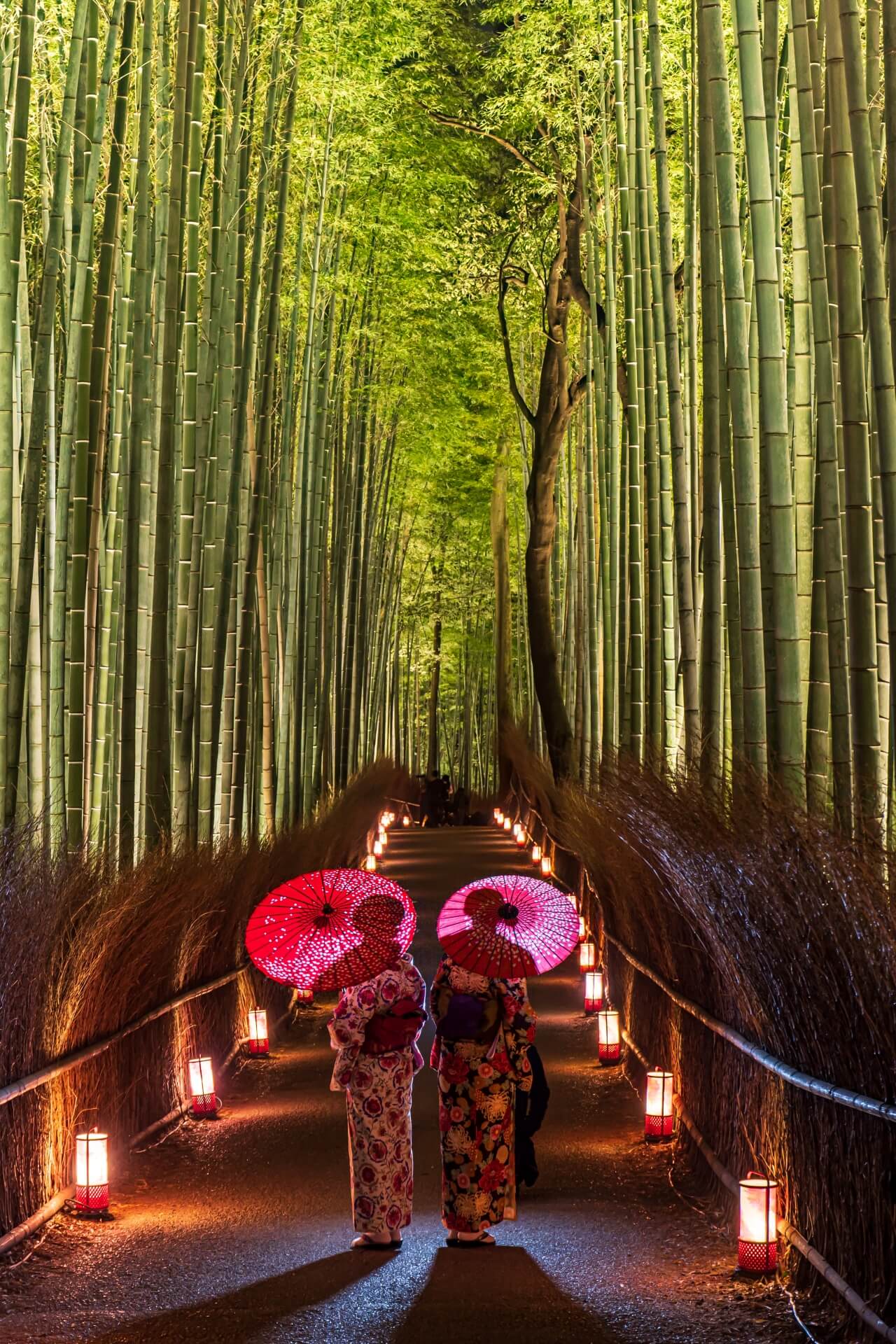
Not to be mistaken with the snow-bathing monkeys of the Jigokudani Monkey Park in Nagano, Arashiyama is home to the Iwatayama Monkey Park. While the monkeys found here are the same as those in Nagano – ‘nihon-zaru’, a type of macaque – the experience is completely different. In contrast to the monkeys of Jigokudani in Nagano, the monkeys of Iwatayama in Kyoto can be fed by visitors making them aggressive and with no hot spring for them to relax and unwind in, the experience can often by far more enjoyable.
10 / KYOTO NATIONAL MUSEUM
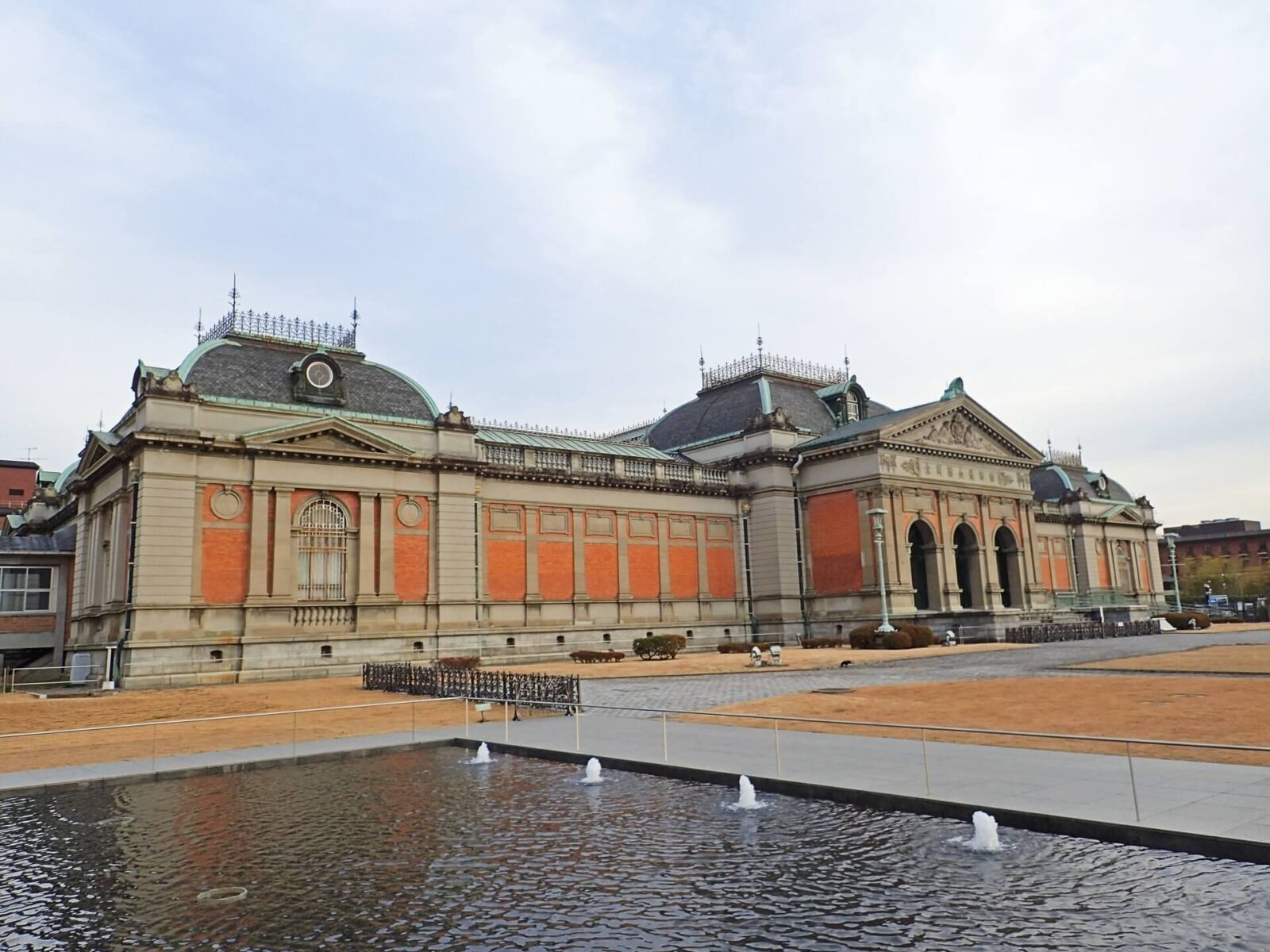
Located nearby Sanjusangendo, Kyoto National Museum is one of Japan’s most distinguished institutions. The museum displays are wide variety of collections and artefacts through both permanent and special exhibitions with many important cultural properties including sculptures, ceramics, calligraphy, paintings, and archaeological artefacts housed within the museum.
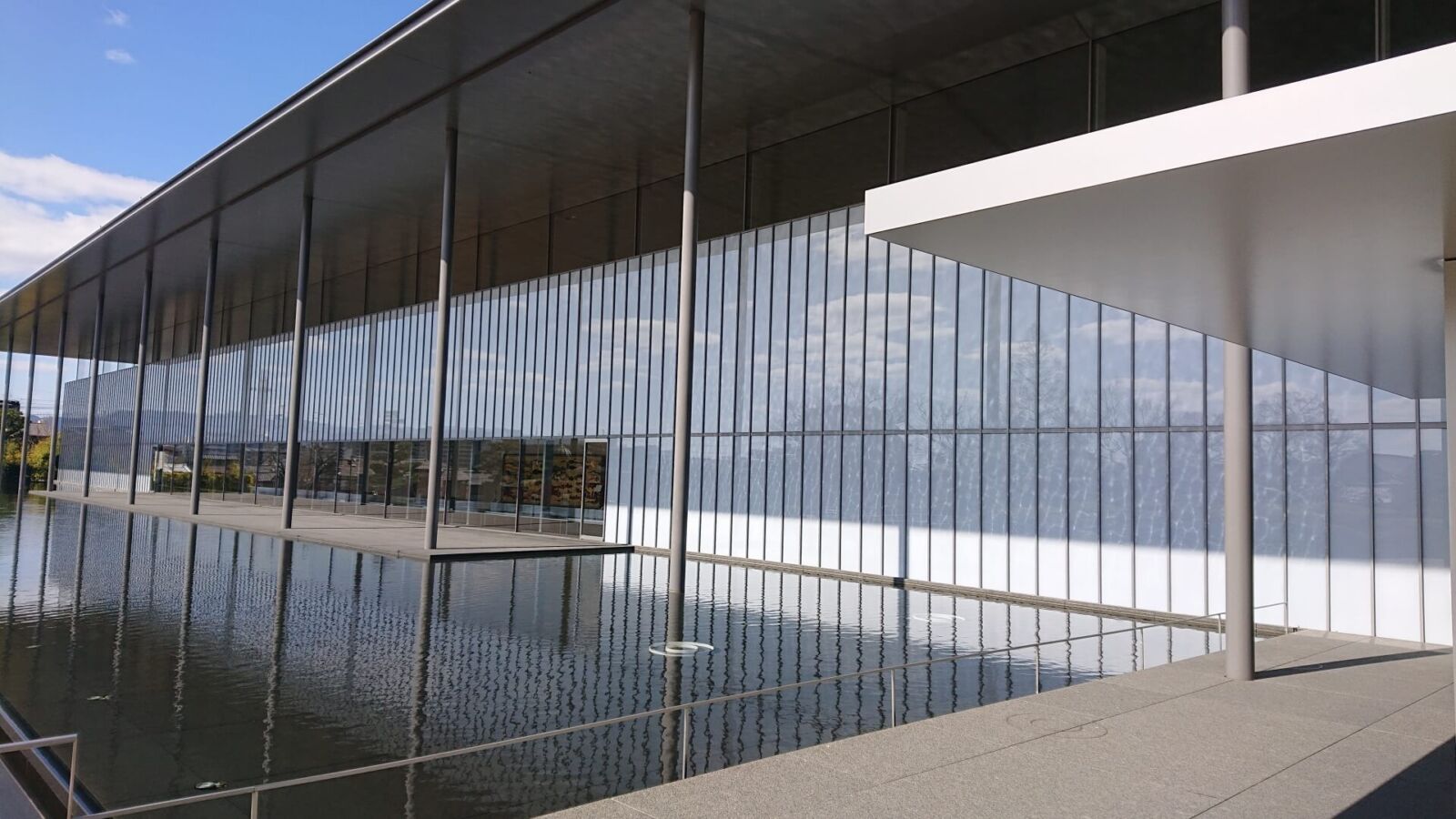
Special exhibitions are held on a regular basis, with the theme to each varying widely. Open daily – other than Mondays and over the New Year period – from 09:30 to 17:00, a visit to the museum can be easily combined with visits to Sanjusangendo, Kiyomizudera, Higashiyama, Yasaka Shrine and / or Gion.
11 / ’KAWADOKO´ DINING ON KAMOGAWA RIVERSIDE
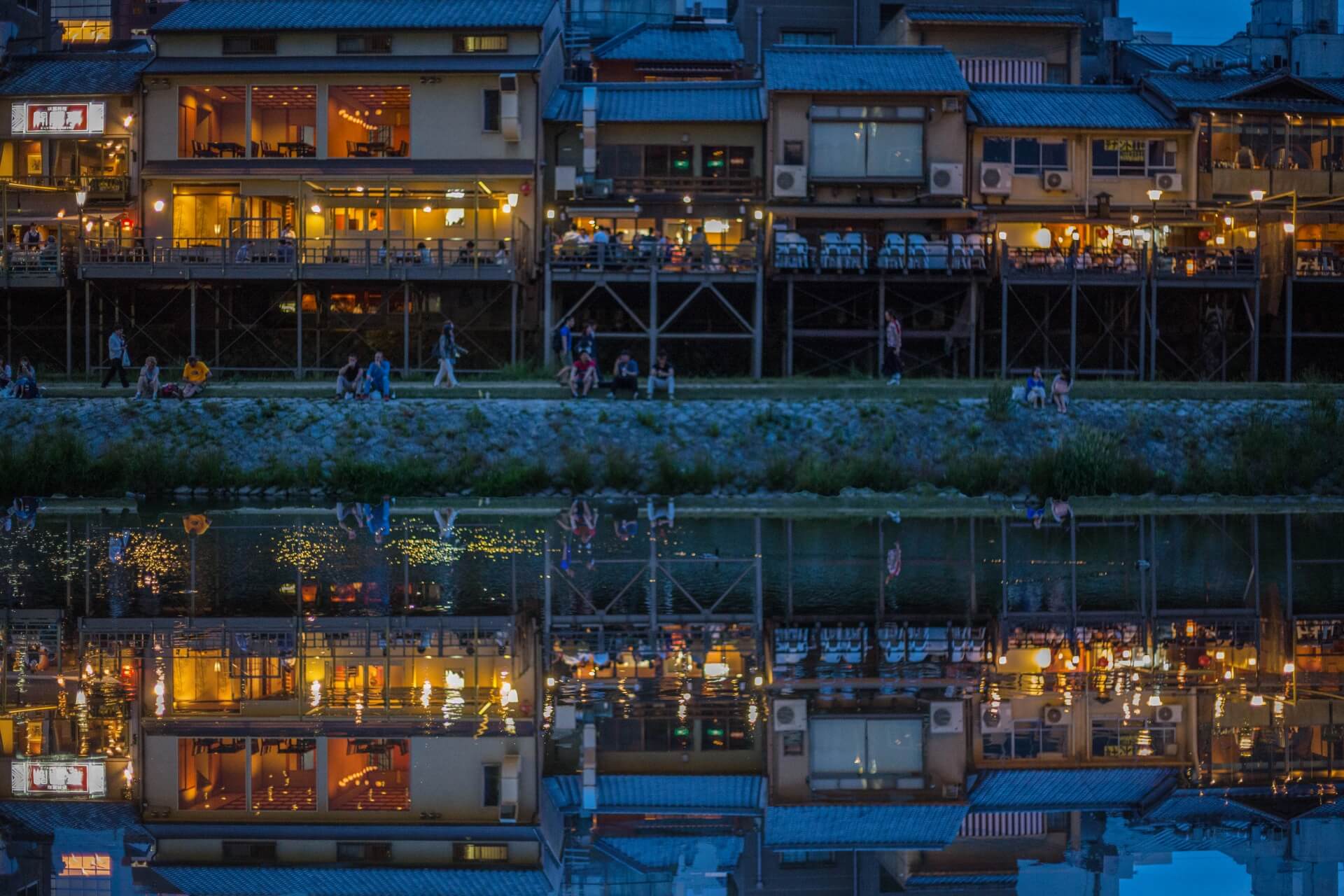
Need a break from the temples or just want to sit, unwind and have a drink and a meal? Enjoying ‘kawadoko’ dining is the perfect way to do just that! Running along the banks of Kamogawa (Kamo River), numerous restaurants face onto the river, most of which erect large outdoor decks from May to September, allowing diners to eat and drink outside while cooled by the air moving off the river and up and around the decks. Below the restaurants and their stilted decks, the riverside walking trail is always busy, with families, friends and couples strolling the river or stopping to sit on its banks for a snack, drink or meal. Always popular, ‘kawadoko’ offers relief from the heat and humidity on summer nights when hundreds of diners sit on the outside decks enjoying some good food, plenty of cold drinks and lots of chatter.
12 / KYOTO STATION AREA
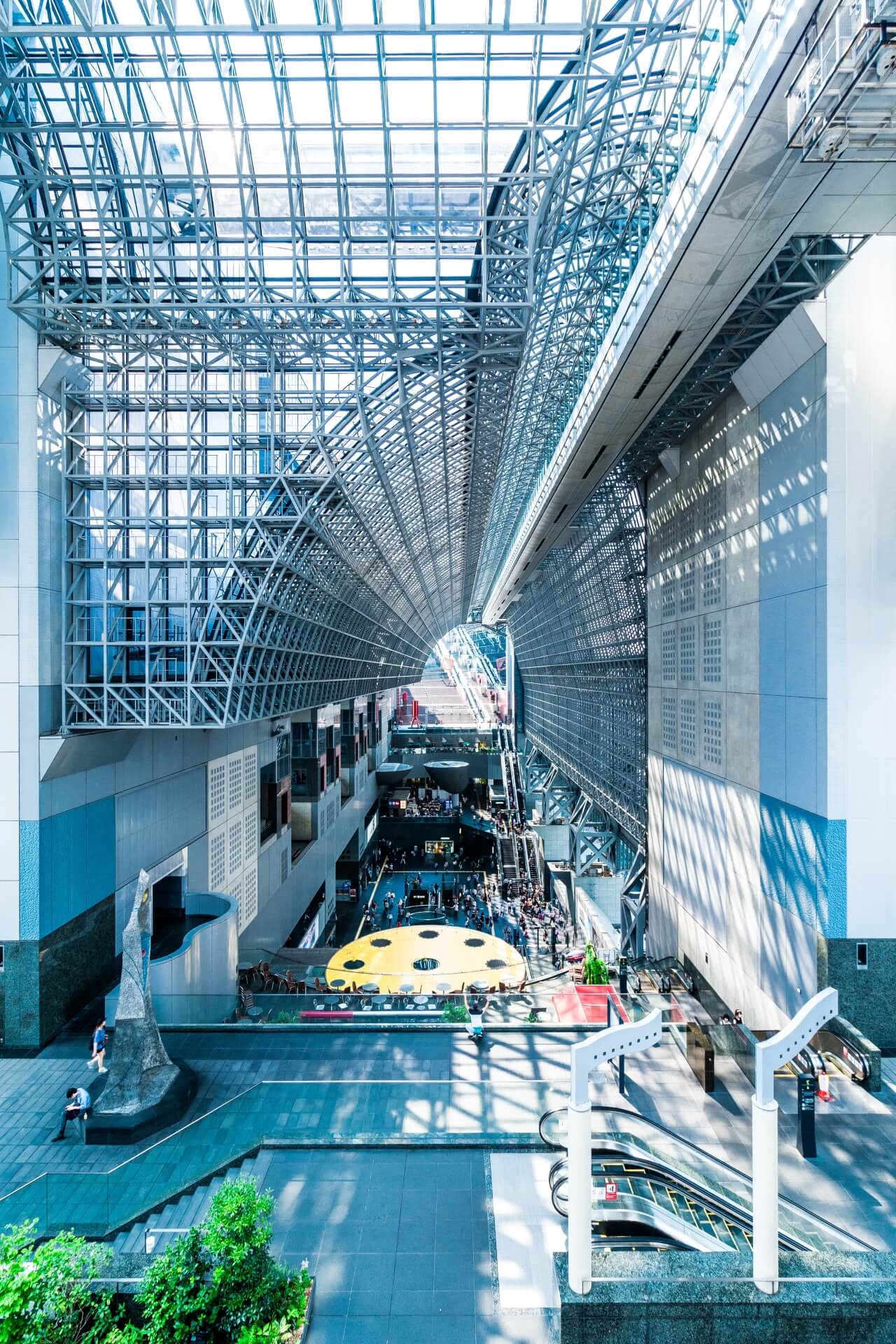
If you’re visiting Kyoto, chances are that at some point you’ll pass through Kyoto Station. The area in and around this large, modern station is worth allowing time for as it boasts some fantastic restaurants, shopping and plenty of hotels. It’s one of the most convenient places to stay in the city, allowing visitors to disembark the Shinkansen and quickly check-into their hotel and drop-off their luggage with all popular tourist sites accessible using bus or train services from the station.
13 / NISHIKI MARKET
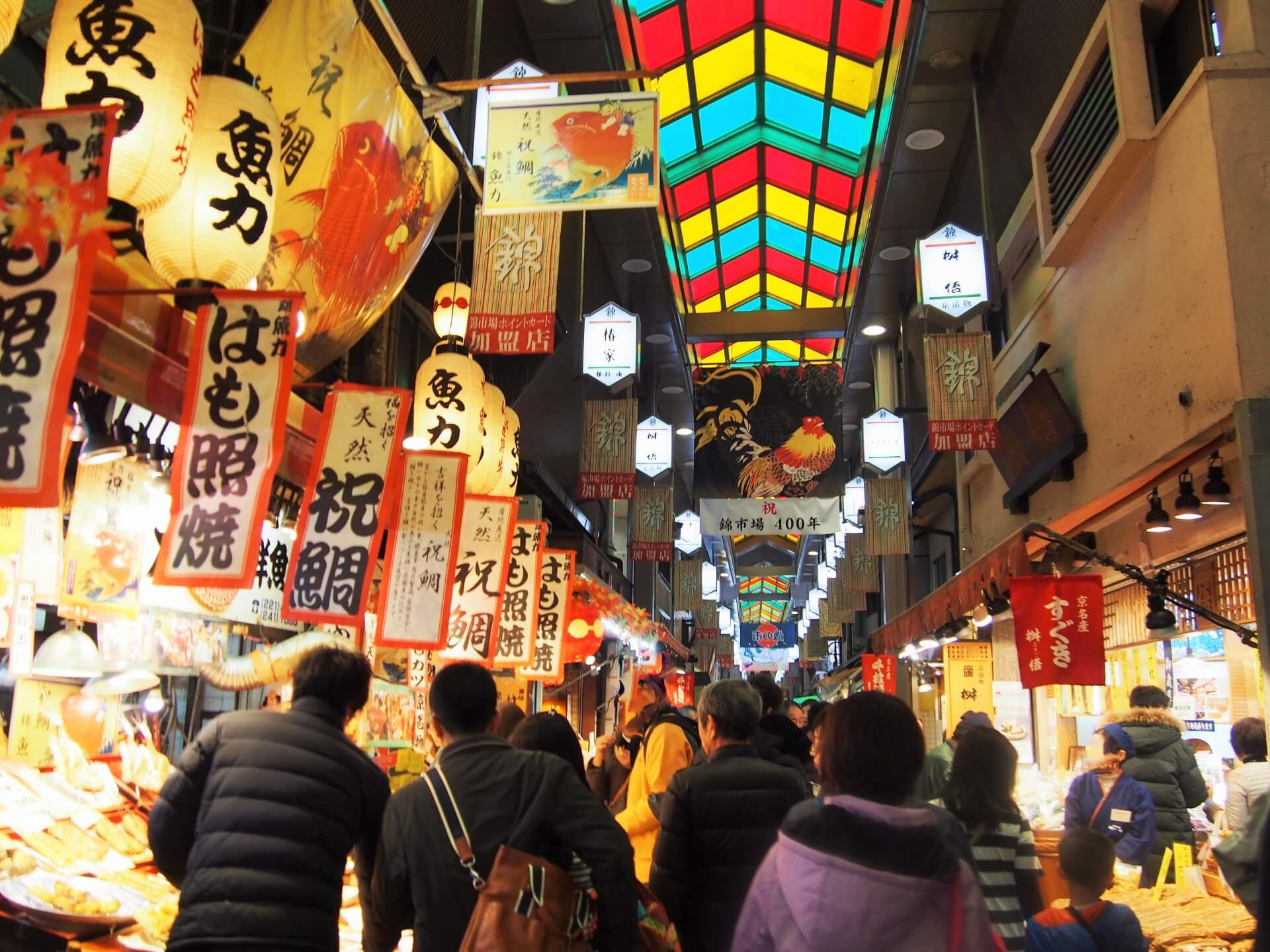
Kyoto is a great shopping city and there’s no better place to start than its famous Nishiki Market. Running five blocks of the city, the market is one narrow arcade with all manner of vendors, shops and restaurants lining the tight street. One of Japan’s best markets, Nishiki is always busy but that just adds to the atmosphere, as visitors move along the arcade and between vendors selling traditional food, vegetables, fruit, meat, seafood and more. Regarded as ‘Kyoto’s Kitchen’, Nishiki is an excellent place to buy high-quality kitchenware including knives.
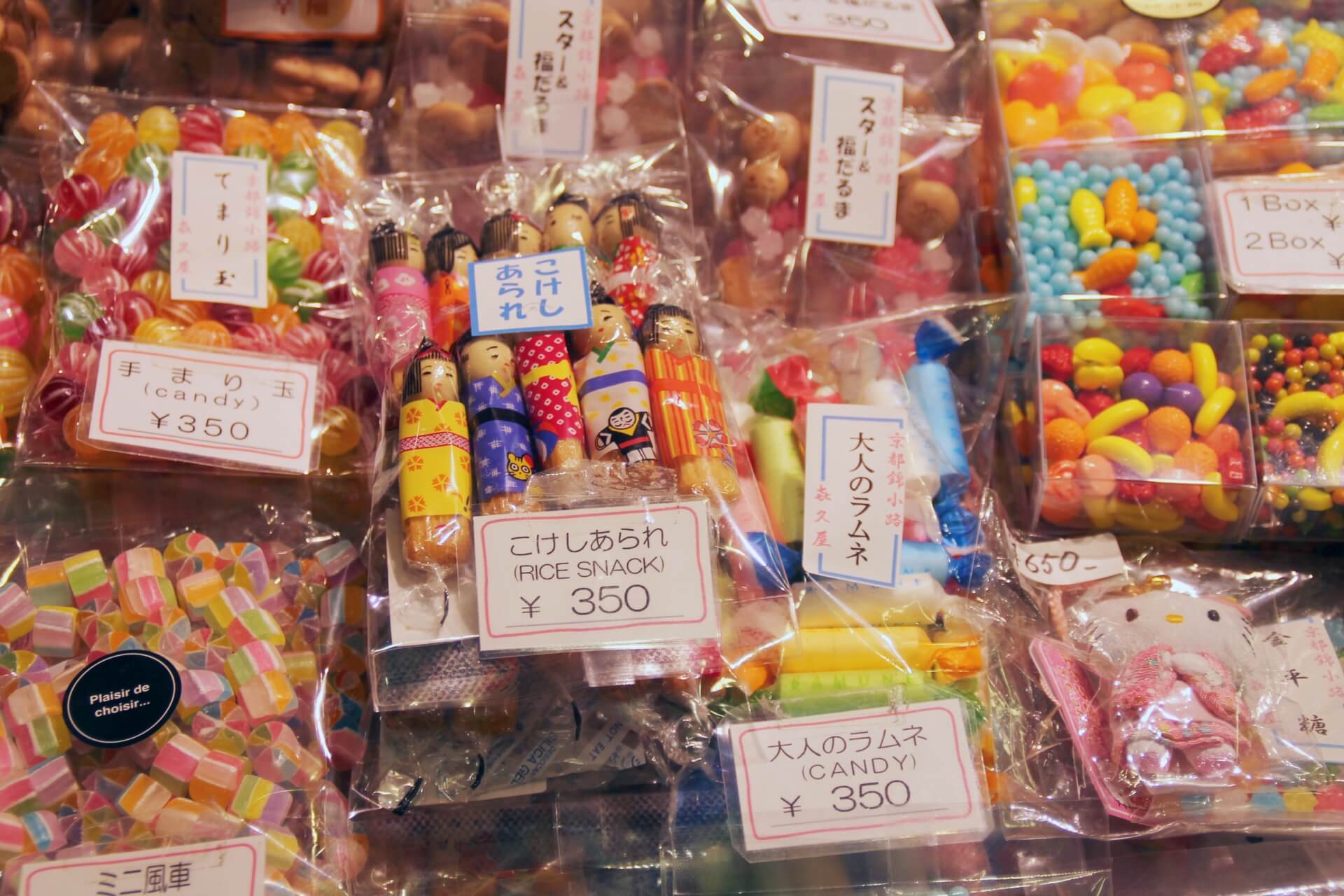
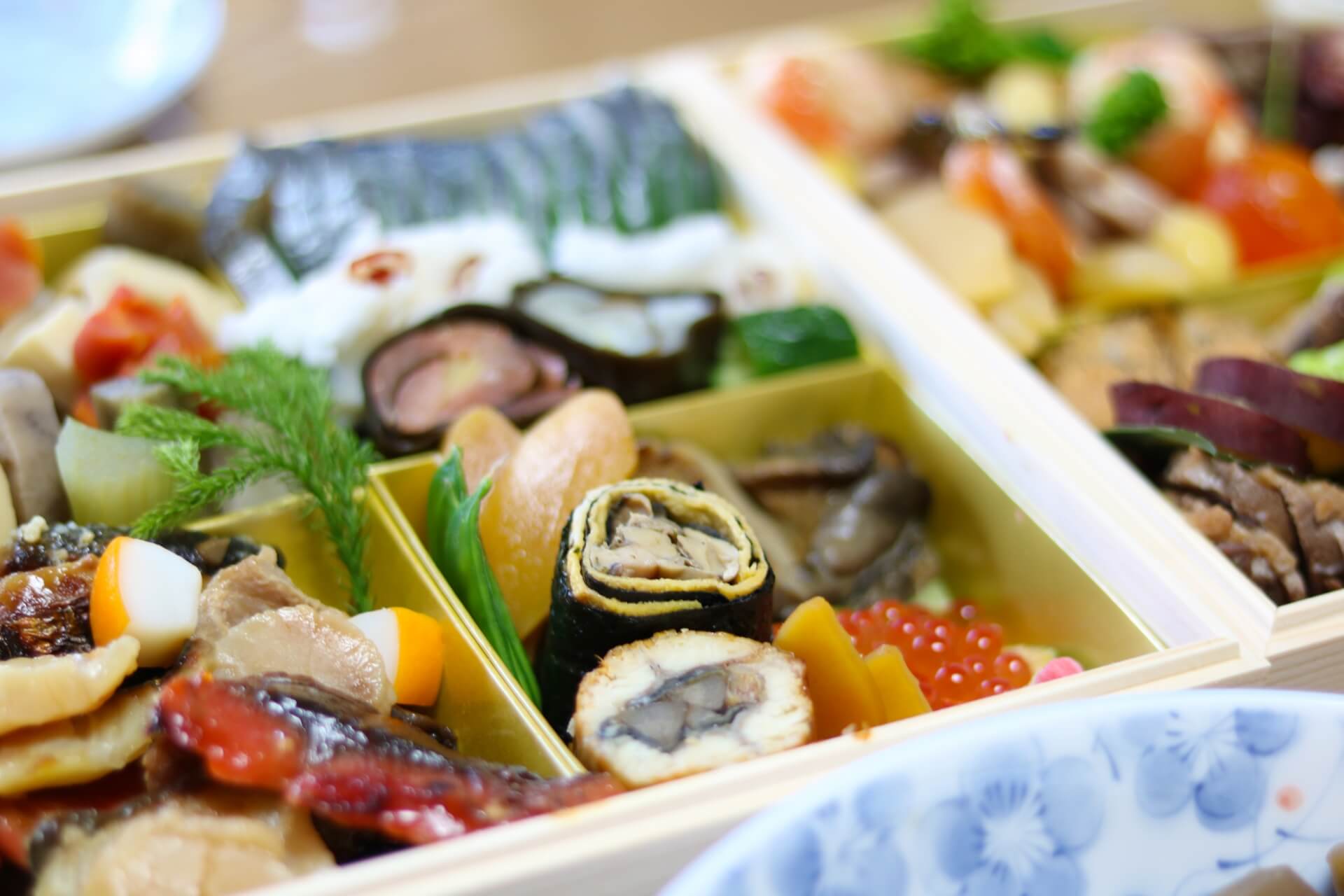
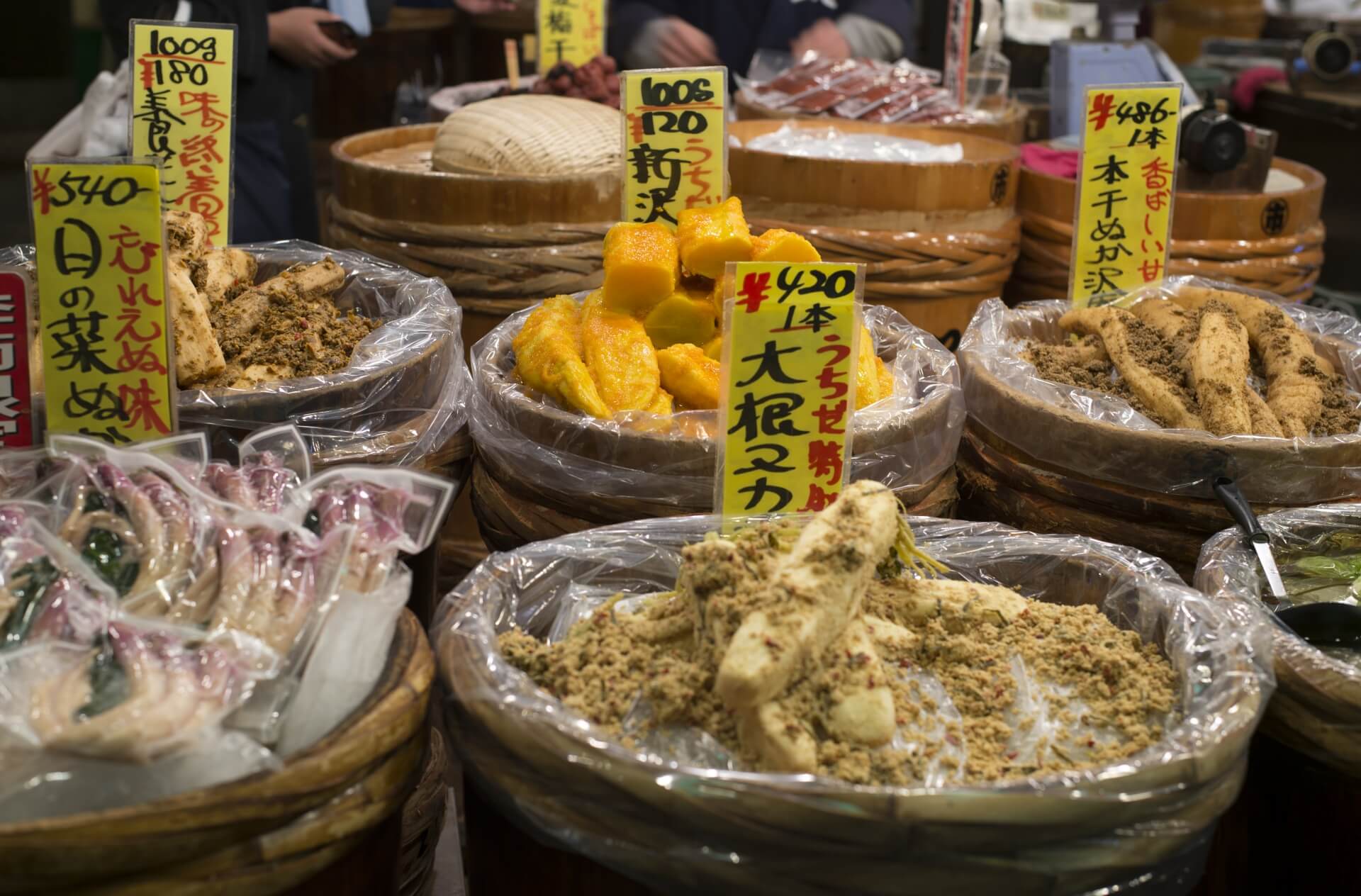
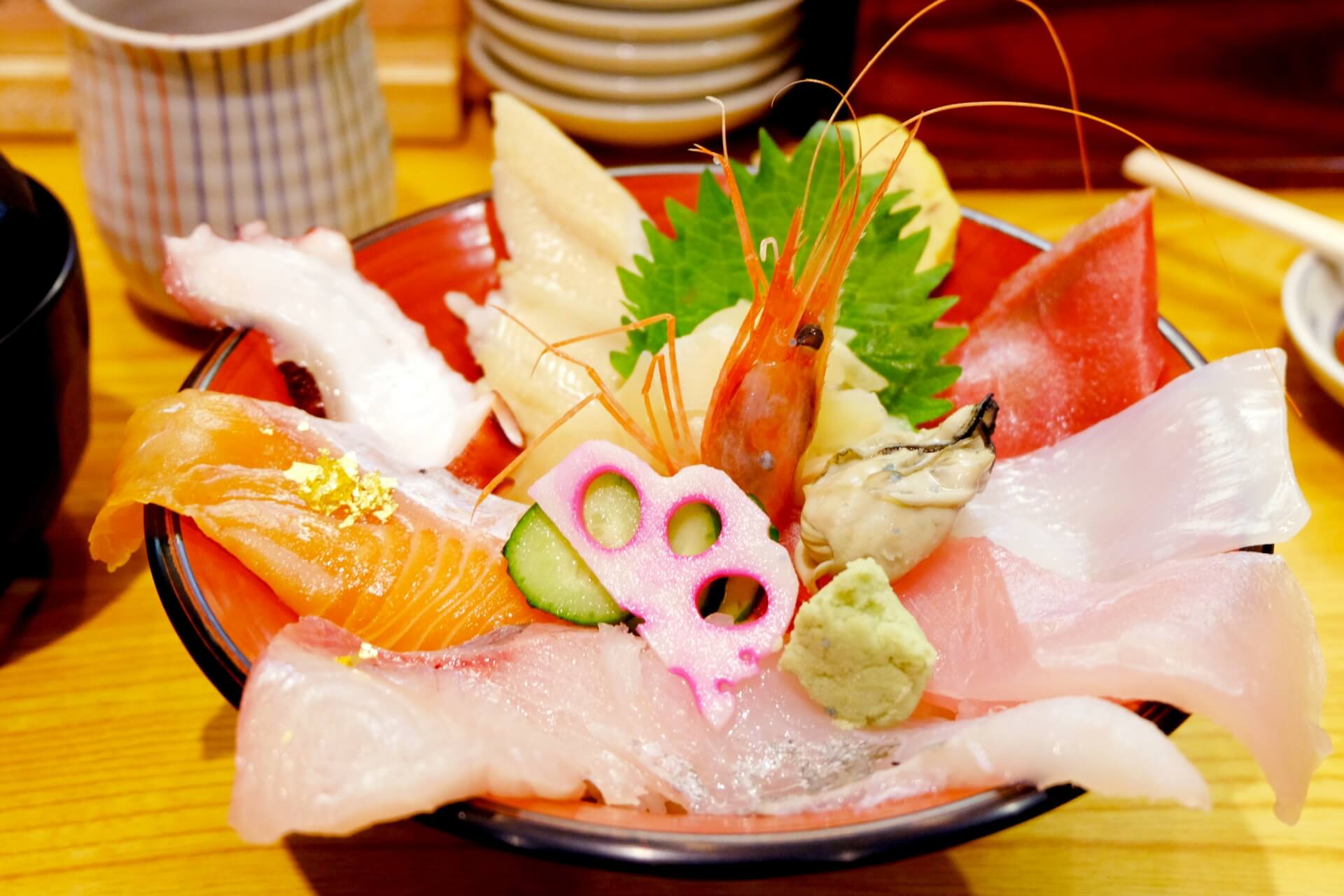
When visiting Nishiki make sure to take an appetite with you and hit-up as many vendors as you possibly can! The market is open every day from 09:00 to 18:00 with individual stores on their own chosen days.
1 Day Tour
| Kyoto Heritage Path – From Fushimi Inari’s Mystery to Kiyomizu Temple Majesty | |
| Period | All year round |
| Time | 09:00-17:00 |
| Meeting Place | JR Kyoto Station |
| Adult Rate | ¥17,800 |
| Child Rate | ¥13,000 |

If you’re a foodie, then this tour is for you. After visiting temples, we stop for lunch at Nishiki market. Our guides know the best places to eat and can help you find the perfect dish. The market, which is steeped in history and tradition, is known for stocking many of Kyoto’s specialties, and is home to approximately 130 stores selling a wide range of produce, fish, dried goods, and more, earning it the nickname “Kyoto’s Kitchen.”
14 / ANTIQUE & VINTAGE SHOPPING IN TERAMACHI-DORI
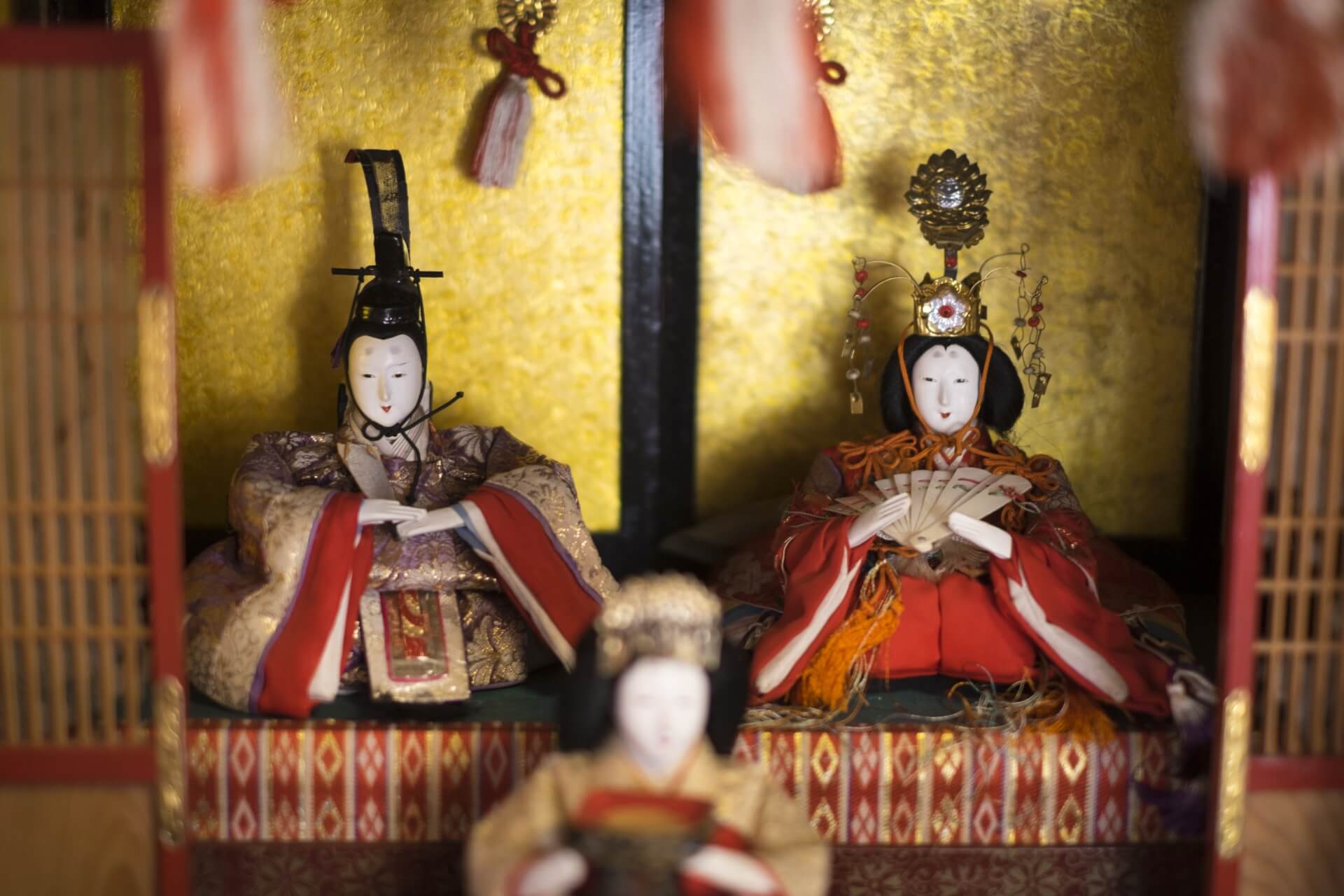
Intersecting with Nishiki Market, the Teramachi-dori precinct is home to many high-end antique stores and an increasing number of younger dealers selling more contemporary collectibles and hipster wares. As such, there are plenty of good cafes popping-up in the area, enticing visitors into the pleasant streets of the area in search of that special souvenir or keepsake from their time in Japan.
15 / ‘GEISHA’ & ‘MAIKO’ EXPERIENCE
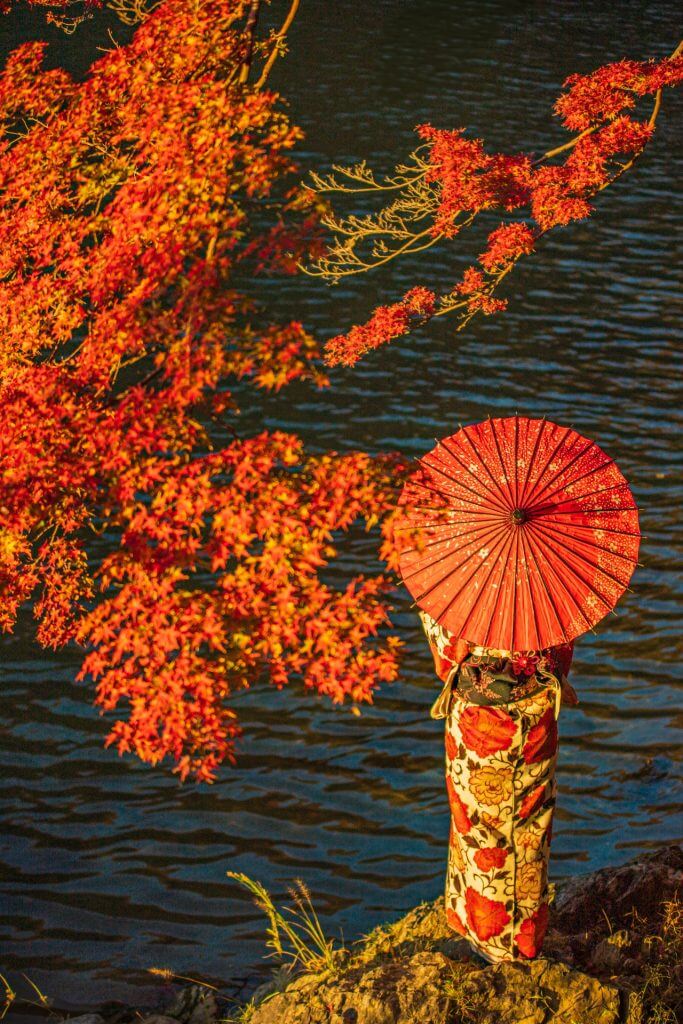
While in Kyoto, visitors can enjoy a range of experiences that further their understanding and appreciation of Japanese history and culture. Following on from our description of Gion – see above – many visitors to the historic district take the chance to be entertained by a ‘geisha’ or ‘maiko’ for an afternoon or evening. While you need to be introduced to a geisha in order to acquire her time and a booking comes at considerable cost, it is one of Kyoto’s signature experiences and a rare chance to meet and be entertained by a practicing geisha or maiko.
16 / TEA CEREMONY EXPERIENCE
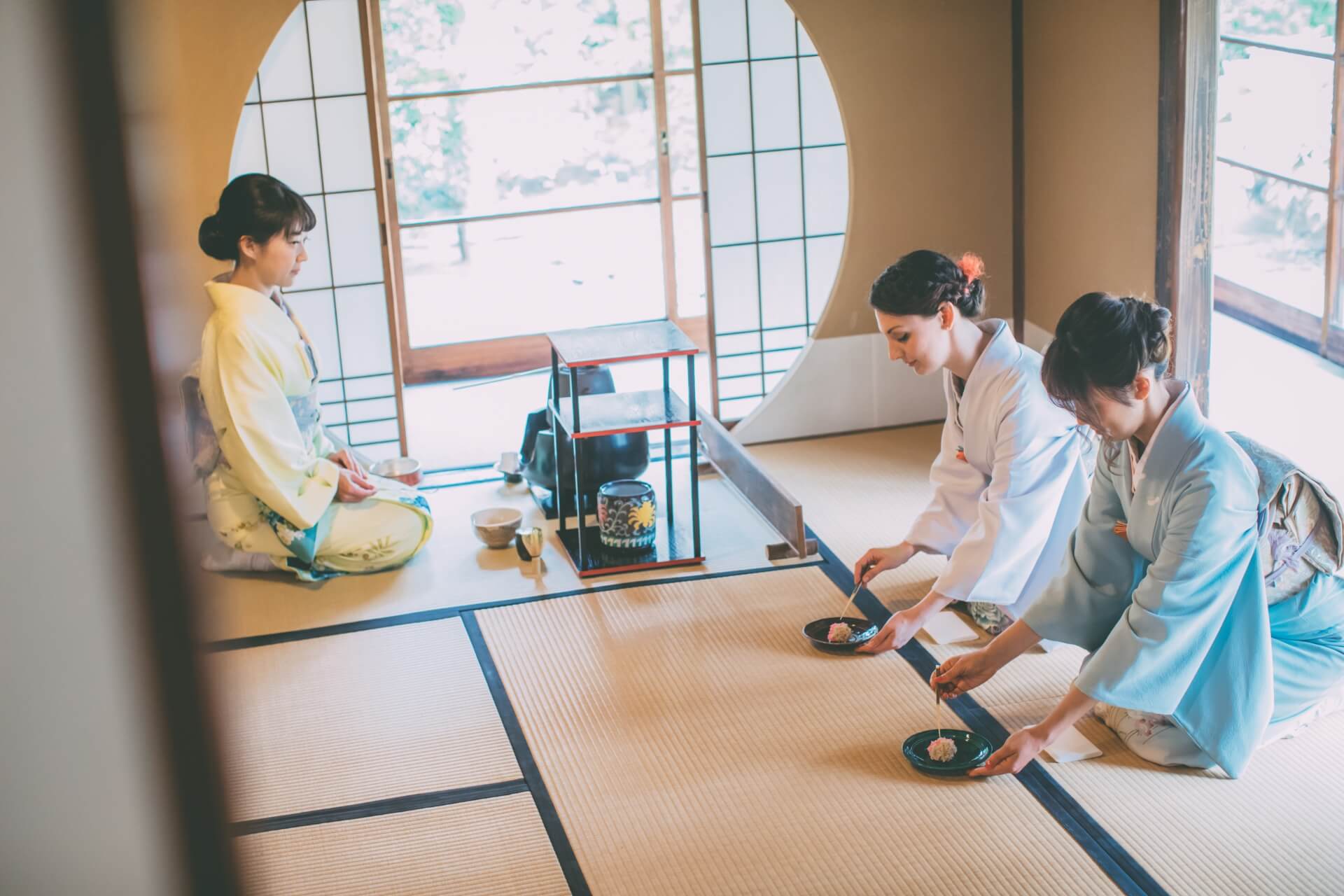
Geisha and maiko entertain their guests in several ways and one of the most essential is by performing a tea ceremony. Referred to as ‘sado’ or ‘chado’ in Japanese, tea ceremony is a true performance provided in honour of the guest. While acquiring the entertainment of a geisha or maiko for an evening will come at considerable cost, the good news is enjoying a tea ceremony is far more accessible with multiple venues spread throughout the city.
17 / SAMURAI & NINJA EXPERIENCE
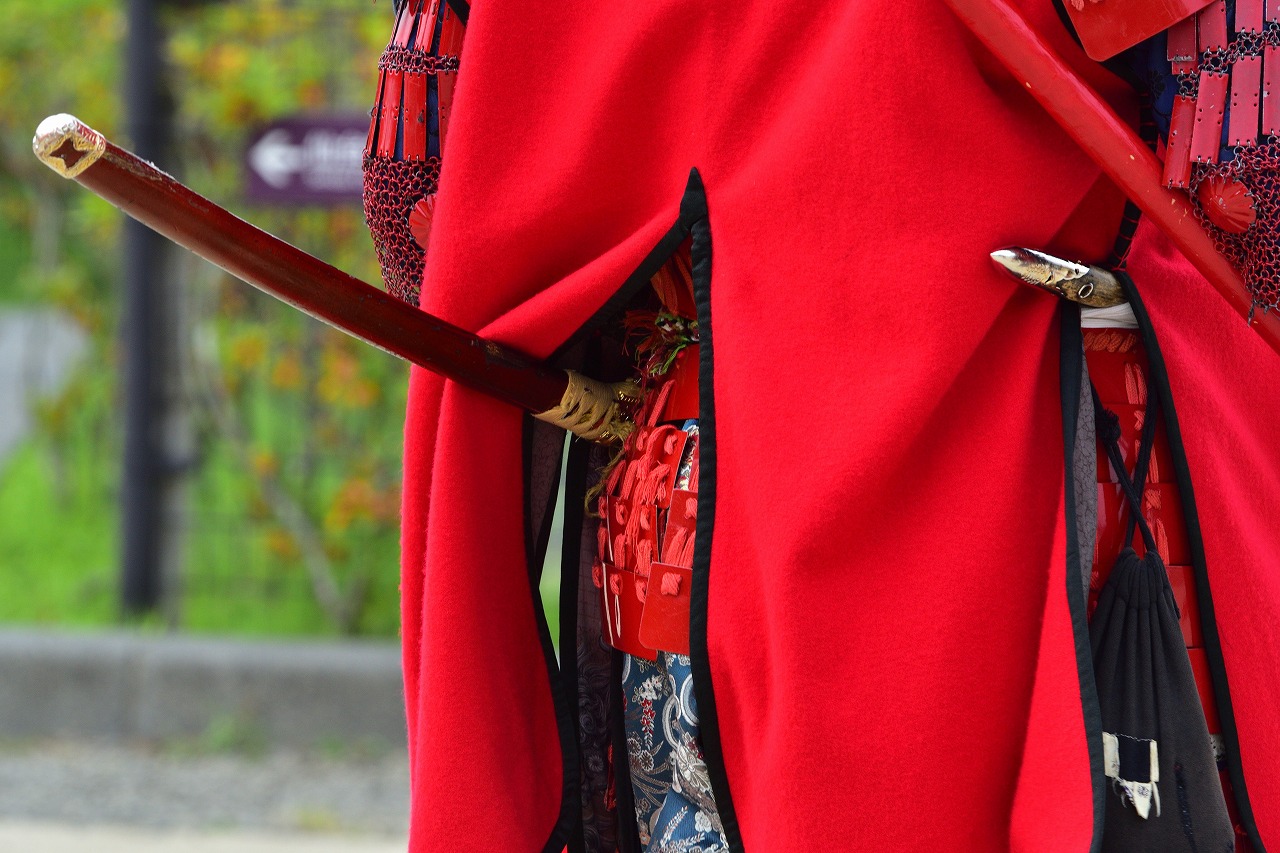
Another fun experience for guests of all ages is trying your hand as a fully-fledged ‘samurai’. Japan’s fabled warriors have almost mythical status both at home and abroad, but they were very much real and the skills they honed can still be practiced today in Kyoto with tour providers providing samurai experience tours throughout the year. Another place to enjoy both samurai and ‘ninja’ experiences in the heart of the city, the Samurai & Ninja Museum combines a guided tour of their engaging samurai and ninja exhibitions followed by samurai and ninja training. Family-friendly and great fun for adults too!
18 / STAY AT A ‘RYOKAN’ OR ‘SHUKUBO‘
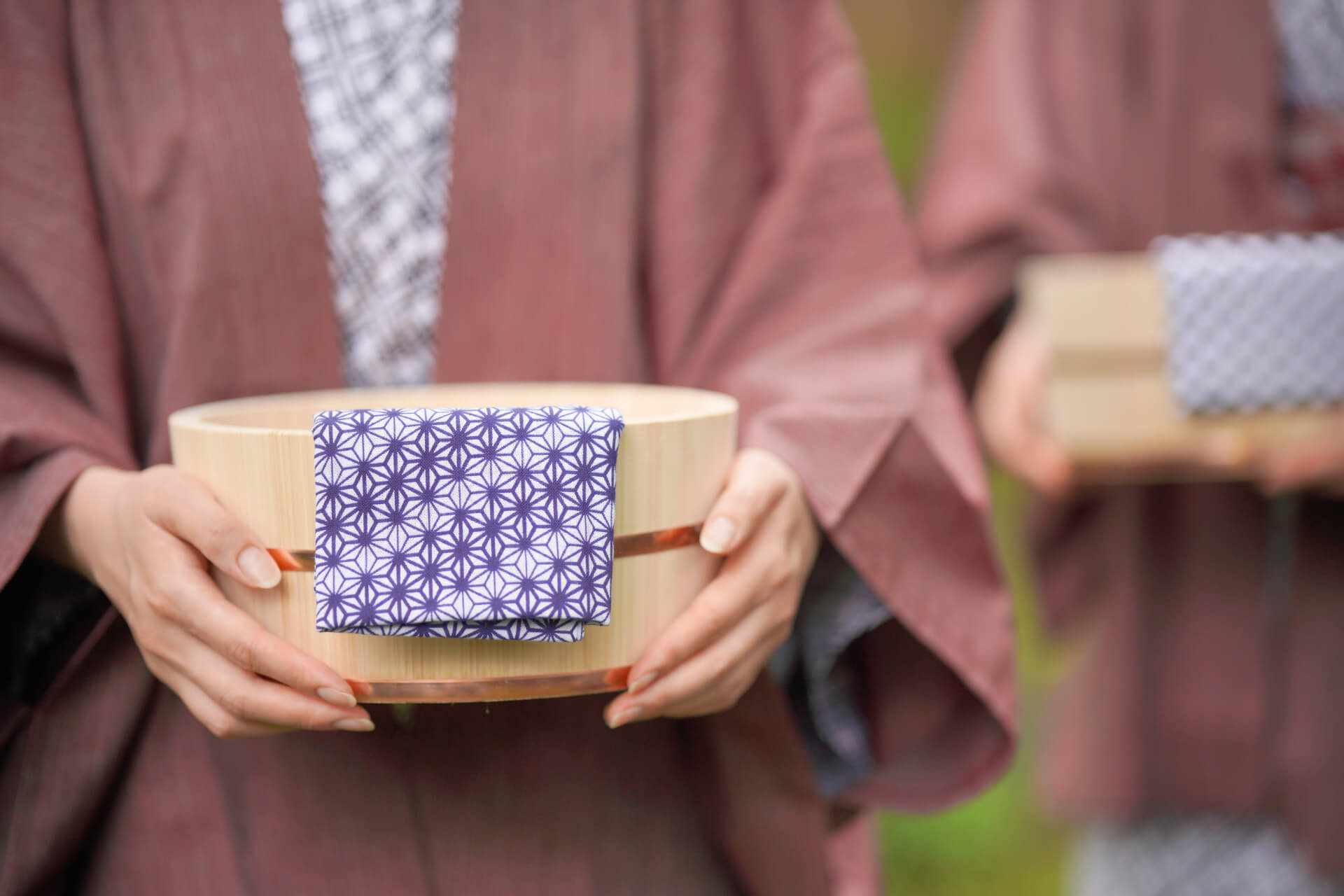
As Japan’s cultural capital, Kyoto is a great place to enjoy a stay at a ‘ryokan’ (traditional guesthouse) or ‘shukubo’ (temple or shrine lodging). Spread through the city, prices range widely from sky-high to more reasonably priced, with the most famous guesthouses booking out far in advance. Often set among beautiful gardens or adjoining temples and shrines, both ryokan and shukubo offer refuge from daily life and a chance to truly unwind, relax and breathe in the history and tradition of the city. For more information, see our ‘Where to Stay in Kyoto & Nara’ page.
19 / ENJOY SOME OF JAPAN’S BEST ‘KAISEKI’
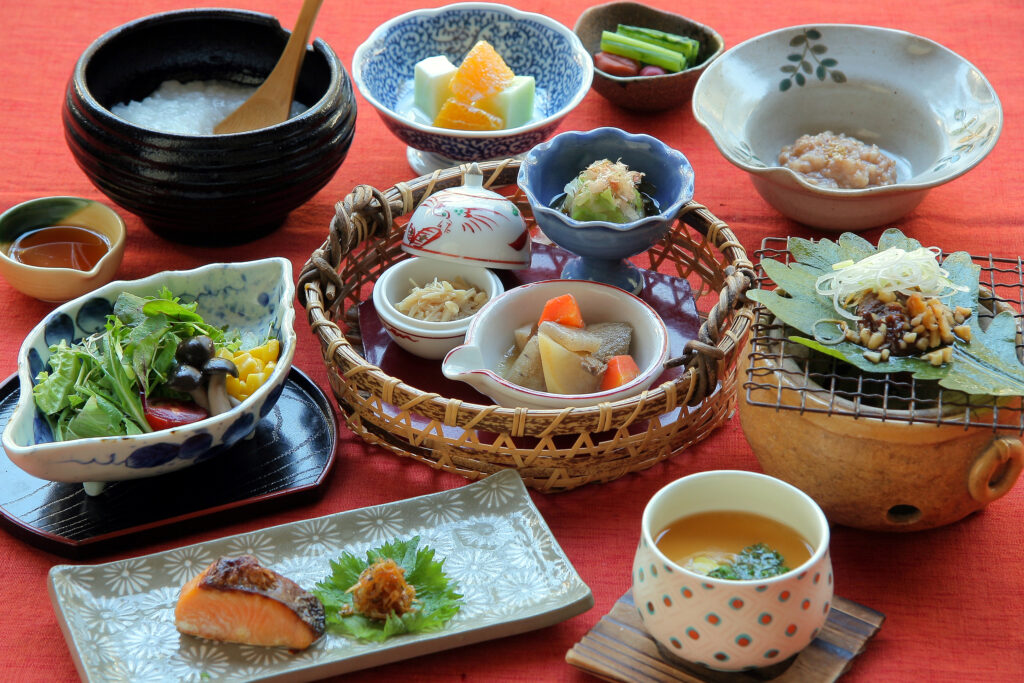
When staying at a ryokan, you’ll almost certainly be served ‘kaiseki’, a traditional multi-course dinner. With menus designed to promote the culinary heritage of the area and typically based around local seasonal ingredients, no two kaiseki menus are the same between guesthouses nor even the same guesthouse as the seasons change. Kyoto is also home to some of Japan’s best kaiseki restaurants, many of which also book-out far in advance. If you have your eye on a particular one, make sure to book it early and get ready to indulge your senses. For more information about the range of accommodation available in the city, see our ‘Where to Stay in Kyoto & Nara’ page.
20 / OHARA inc. SANZEN-IN
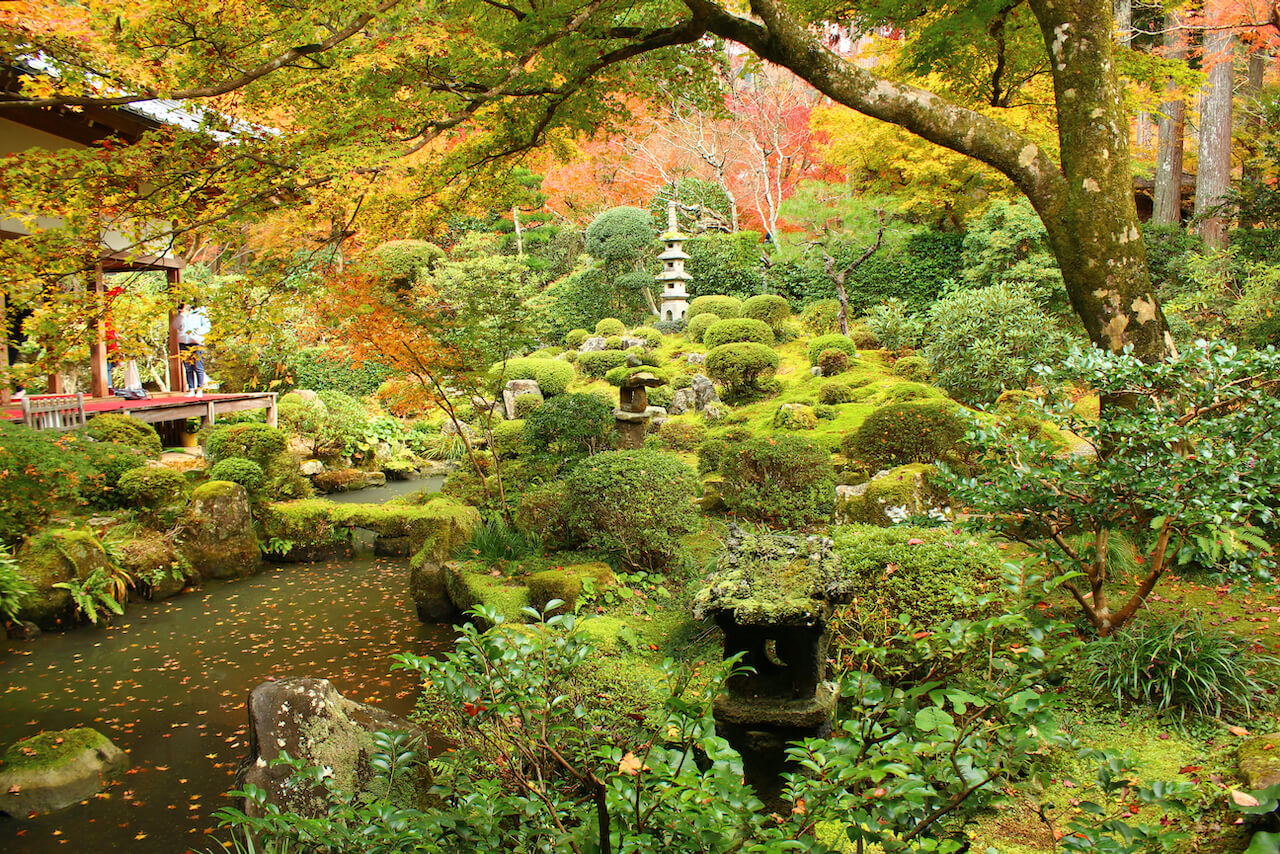
Heading out of Kyoto but still within the boundaries of the city, Ohara is a picturesque rural area approximately 60-minutes to the north of Kyoto Station. This tranquil enclave is often missed by international visitors but can be easily included in any itinerary when heading from Kyoto toward Fukui and Kanazawa or the other way around. Sanzen-in is the most famous attraction in the area. Founded by Saicho – a 9th century monk who brought the Tendai school of Buddhism to Japan from China – the temple is set within beautiful gardens, at its most spectacular each autumn. Multiple temple buildings are connected by corridors with buildings housing multiple important artefacts. One of several important and beautiful temples in the area, a visit to Ohara offers an escape from the crowds at the famous sites in the central city.
21 / ENRYAKU-JI
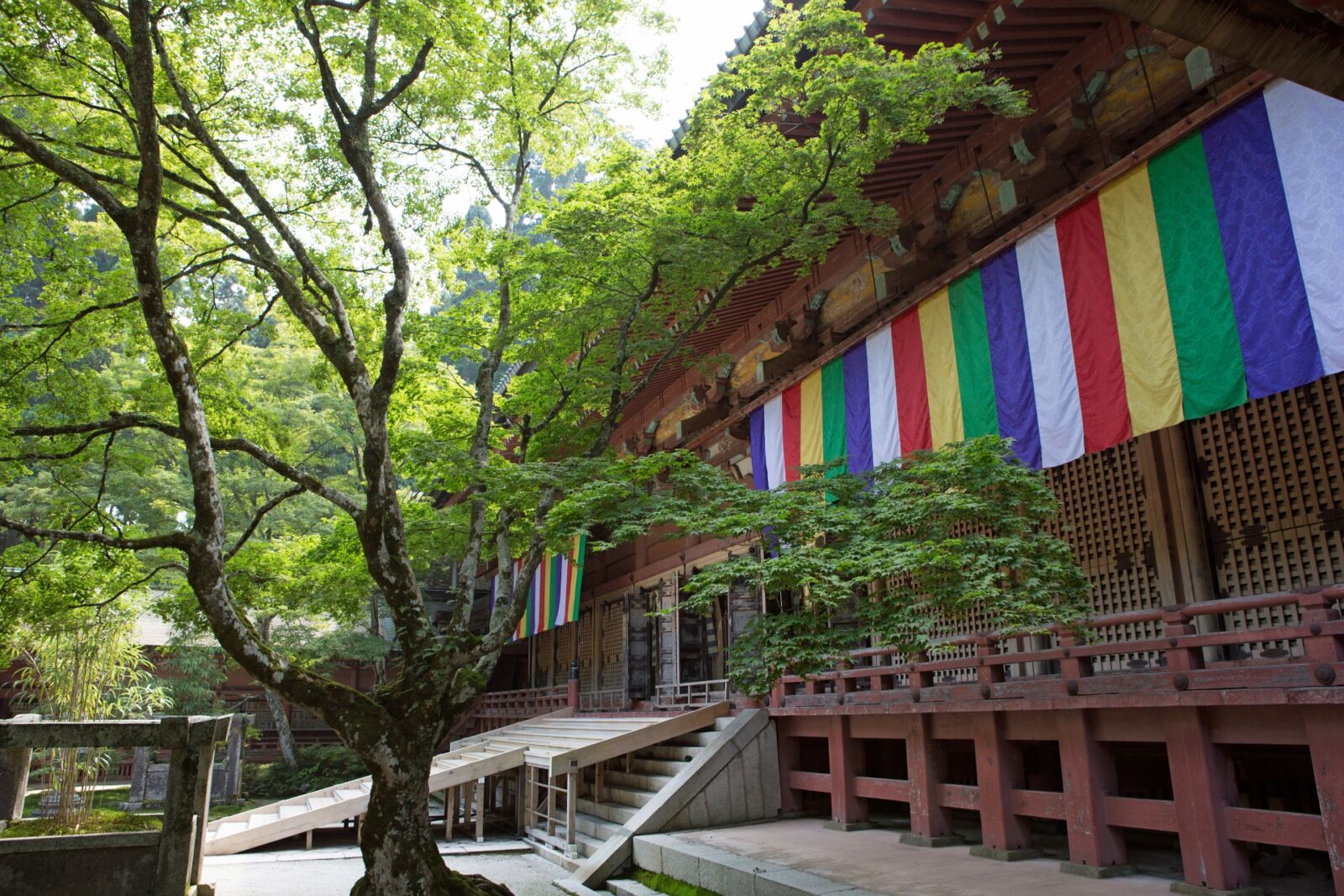
Located in the forests of Mount Hieizan, Enryaku-ji is a historically important temple that will be immediately familiar to any devoted student of Japanese history. Headquarters of the Tendai sect of Buddhism, Enryaku-ji was founded in the 8th century – also by Saicho – and at the height of its powers led as many as 3000 sub-temples and army of warrior monks. One of the most powerful institutions during the Heian Period, the monks of Enryaku-ji caused great problems for the emperors and court regularly threatening or invoking insurrection against them. Destroyed the powerful warlord Oda Nobunaga in the 16th century, the complex and its many buildings were reconstructed during the Edo Period. Another temple often overlooked by international visitors, Enryaku-ji is well-worth the visit.
BEST THINGS TO DO IN NARA
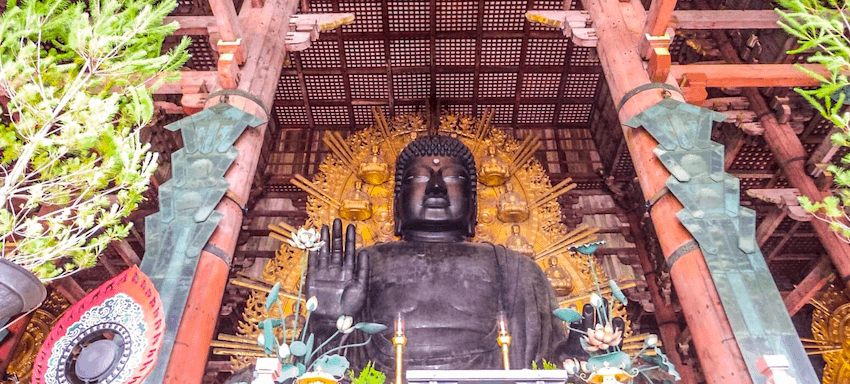
Located to the south of Kyoto – approximately 45-minutes by train – Nara was the seat of power in Japan from 710 until 794 – when the emperor and court were relocated to Kyoto. The city boasts some of Japan’s oldest and most important temples and shrines, including the largest Buddhist temple in the country. Conveniently nearby both Kyoto and Osaka, many visitors choose to make a day-trip to Nara from either of those cities. Significantly smaller than Kyoto, Nara is easy to navigate with some of its most appealing attractions include:
22 / TODAI-JI – JAPAN’S LARGEST TEMPLE
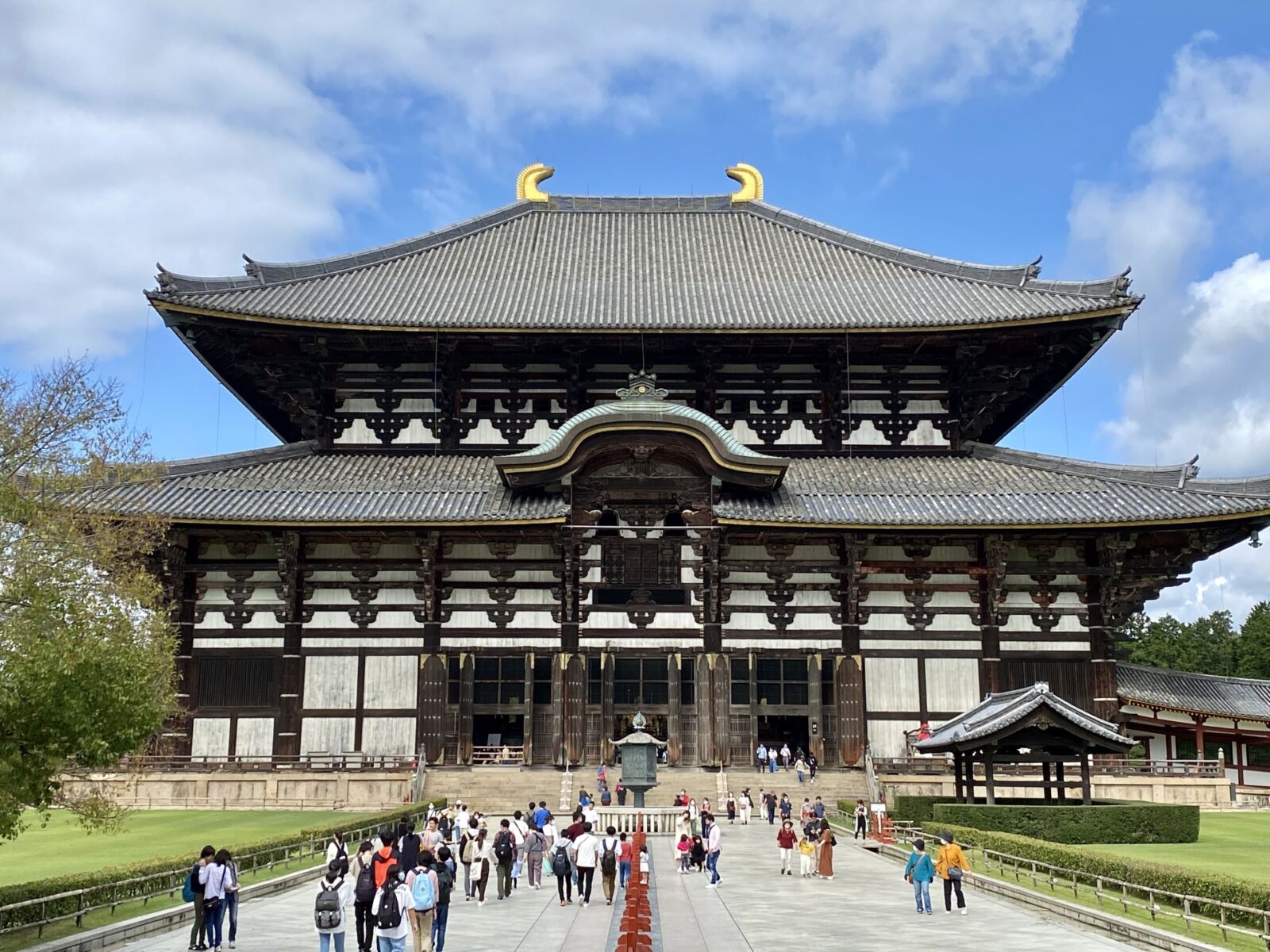
The largest Buddhist temple in Japan, any visit to Nara surely starts with Todai-ji. Construction of the temple was completed in 752, Todai-ji and its attendant monks became so powerful that capital was soon moved from Nara to Kyoto in 794. The current temple is a reconstruction dating to the late-17th century and houses the ‘Daibutsu’ – one of the largest and most revered Buddha statues in Japan. The seated Buddha measures 15 metres in height, a remarkable and inspiring achievement in craftsmanship.
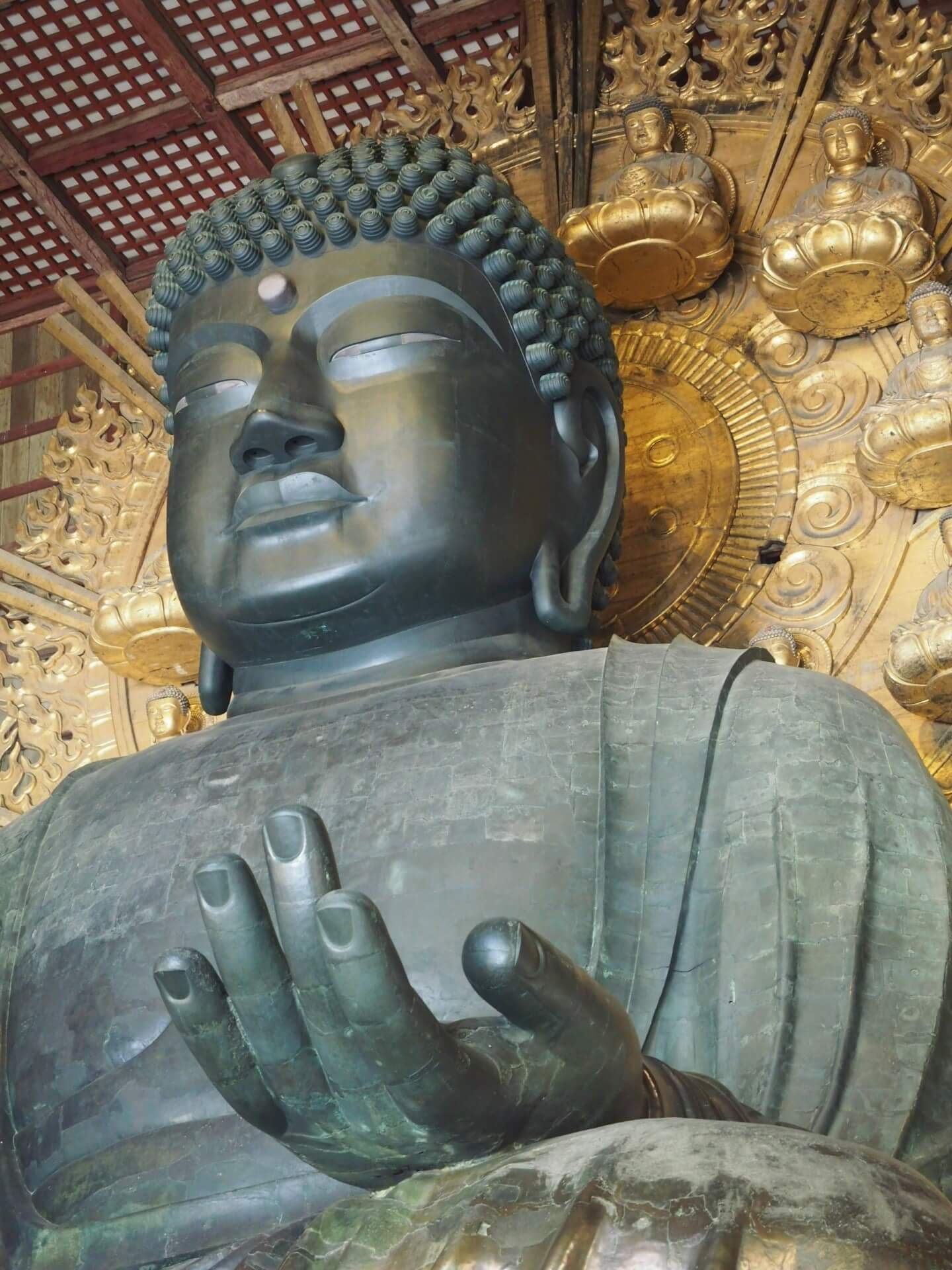
Nearby the statue at the base of one of the temple’s supporting pillars, a hole is the same size as the nostril in the statue, a space that visitors try to pass through furthering them along the path to enlightening (and at the risk of getting stuck – it does happen!). Outside of the temple, the immense Nandaimon Gate with its fierce ‘Nio’ – two guardians of the temple – is equally impressive and acts at as the entrance to the temple and the surrounding Nara Park.
23 / NARA PARK
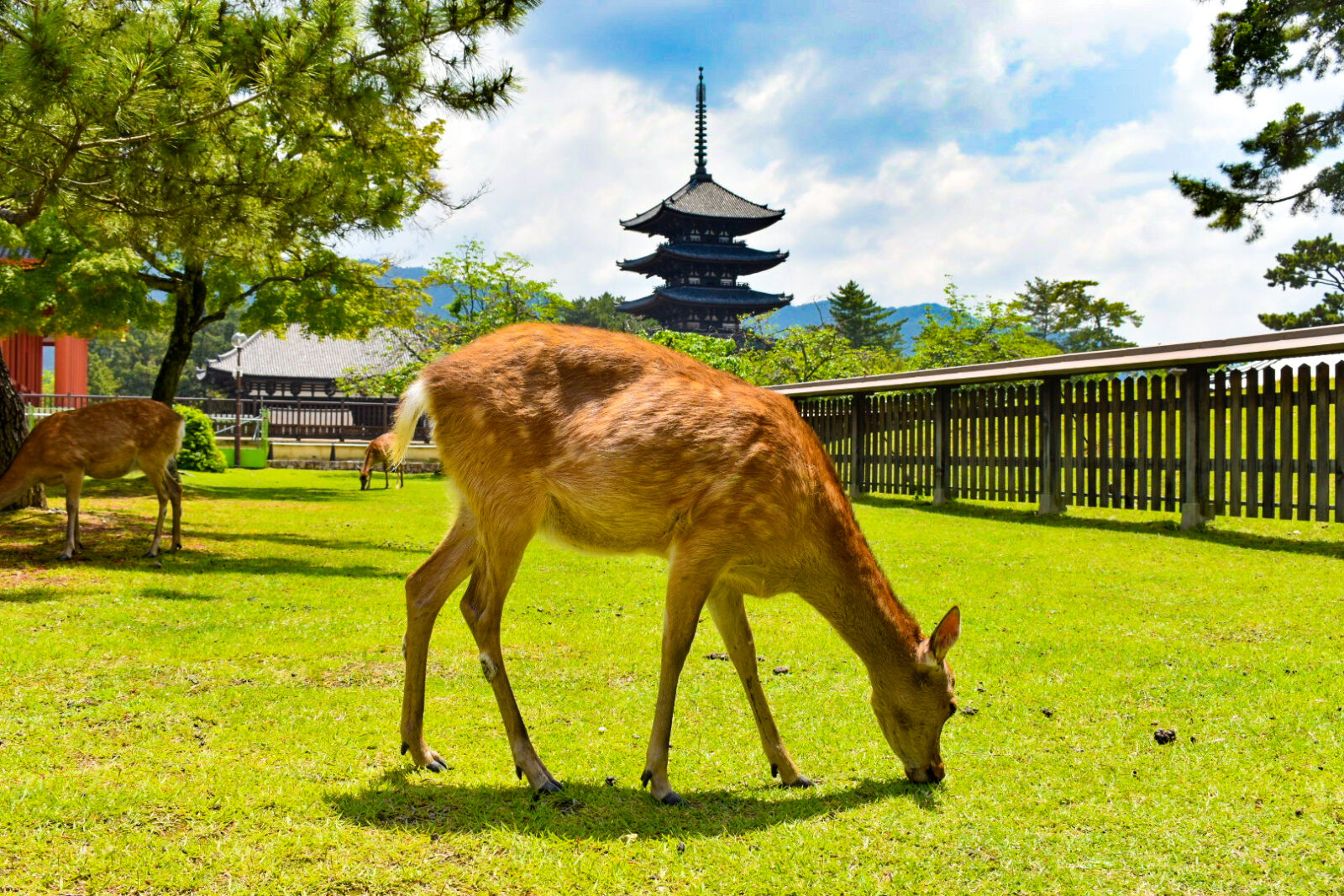
Nara Park is an expansive public area surrounding Todai-ji and other important cultural sites. Most famously, the park is populated by more than one thousand deer that have become a symbol of the city. Visitors are allowed to feed them and the official line is that some deer have learned to bow in asking for food – feel free to question how that might have come about. While some visitors find this experience enjoyable, the deer can be aggressive and intimidating for children and are known to bite the buttons of peoples’ clothing, mistaking them for food.
1 Day Tour
| 1-Day Walking Tour in Nara: Palace, Deer and Inkstick | |
| Period | All Year Round |
| Time | 09:15 – 16:30 |
| Meeting Place | JR Nara Station |
| Adult Rate | ¥19,800 |
| Child Rate | ¥15,500 |

Nara is so much more than just cute deer. Discover this city with our tour guides and experience its charm for yourself. Nara is a special place where you can experience Japan’s ancient history and culture, surrounded by museums displaying art and historical materials, including world heritage sites, national treasures, and important cultural properties.
24 / KASUGA TAISHA
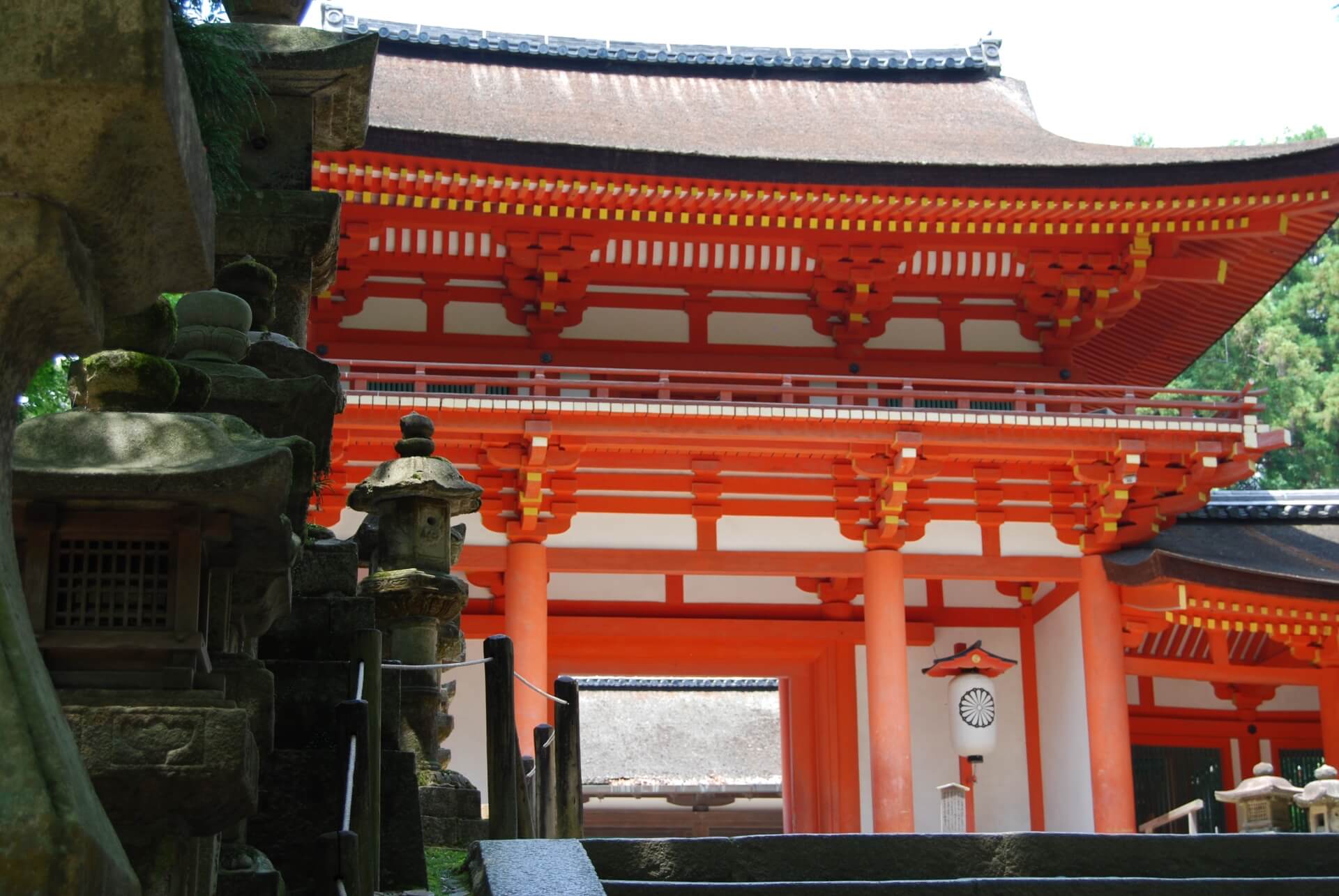
Located within the grounds of Nara Park, Kasuga Taisha is the most important Shinto shrine in the city. Founded in the same period as the city itself, the shrine is dedicated to the protector spirit or deity that is believed to reside there. Much-like the Grand Shrine of Ise – Japan’s most important Shinto site – sections of the shrine are deconstructed and then reconstructed every twenty years in order that the knowledge and skill required to maintain and build such shrines is retained. Famous for the hundreds of bronze lanterns that hang from buildings within the shrine, Kasuga Taisha is highly photogenic and a colourful contrast to the grand but more austere exterior of nearby Todai-ji.
25 / NARA NATIONAL MUSEUM
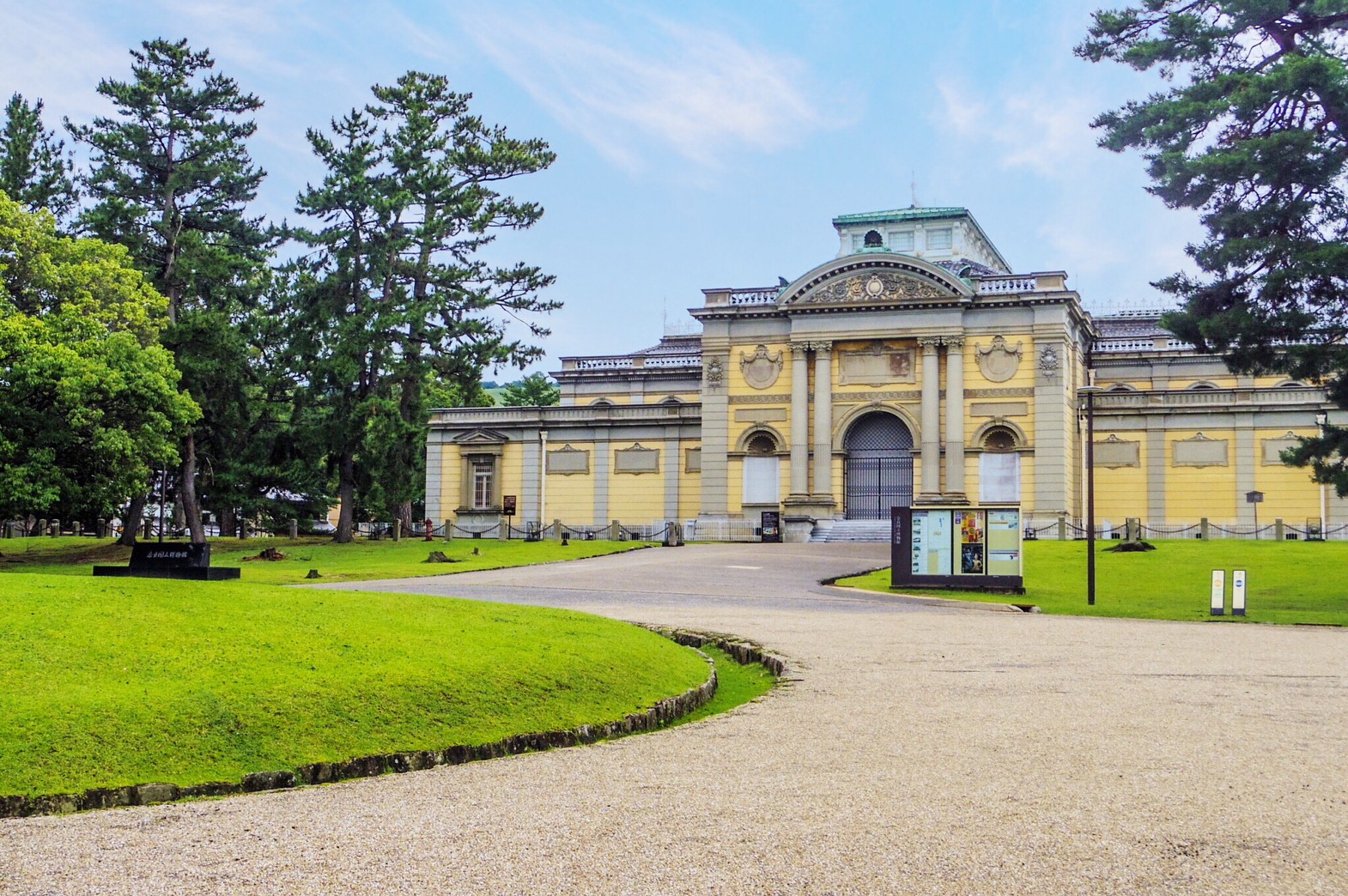
Also located within Nara Park, Nara National Museum is primarily dedicated to Japanese Buddhist art across both permanent and temporary collections. Holding many important cultural properties from Todai-ji and other temples, a visit to the museum aids in understanding the development of Buddhism in Japan and Nara’s pivotal role in that story.
26 / KOFUKU-JI inc. KOFUKU-JI NATIONAL TREASURE MUSEUM
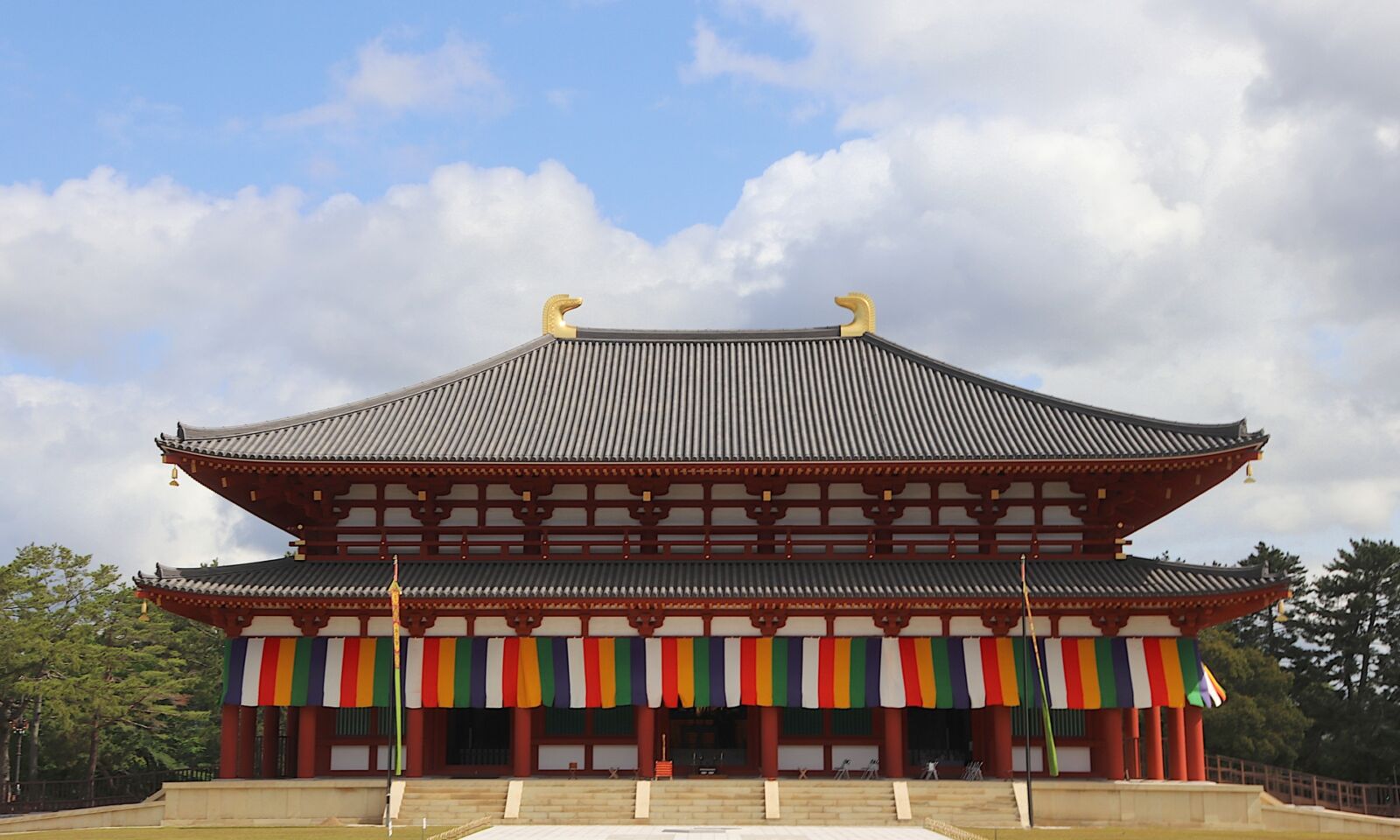
Once of one of the most grand temples in Nara, Kofuku-ji was originally the family temple of the powerful Fujiwara clan – who effectively ruled Japan by dominating essential court positions through the Nara and Heian Periods. Today, the temple includes buildings of huge cultural importance including two pagodas, the Central Golden Hall, Eastern Golden Hall and Kofuku-ji National Treasure Museum housing some true treasures of Japanese Buddhist art.
27 / HORYU-JI
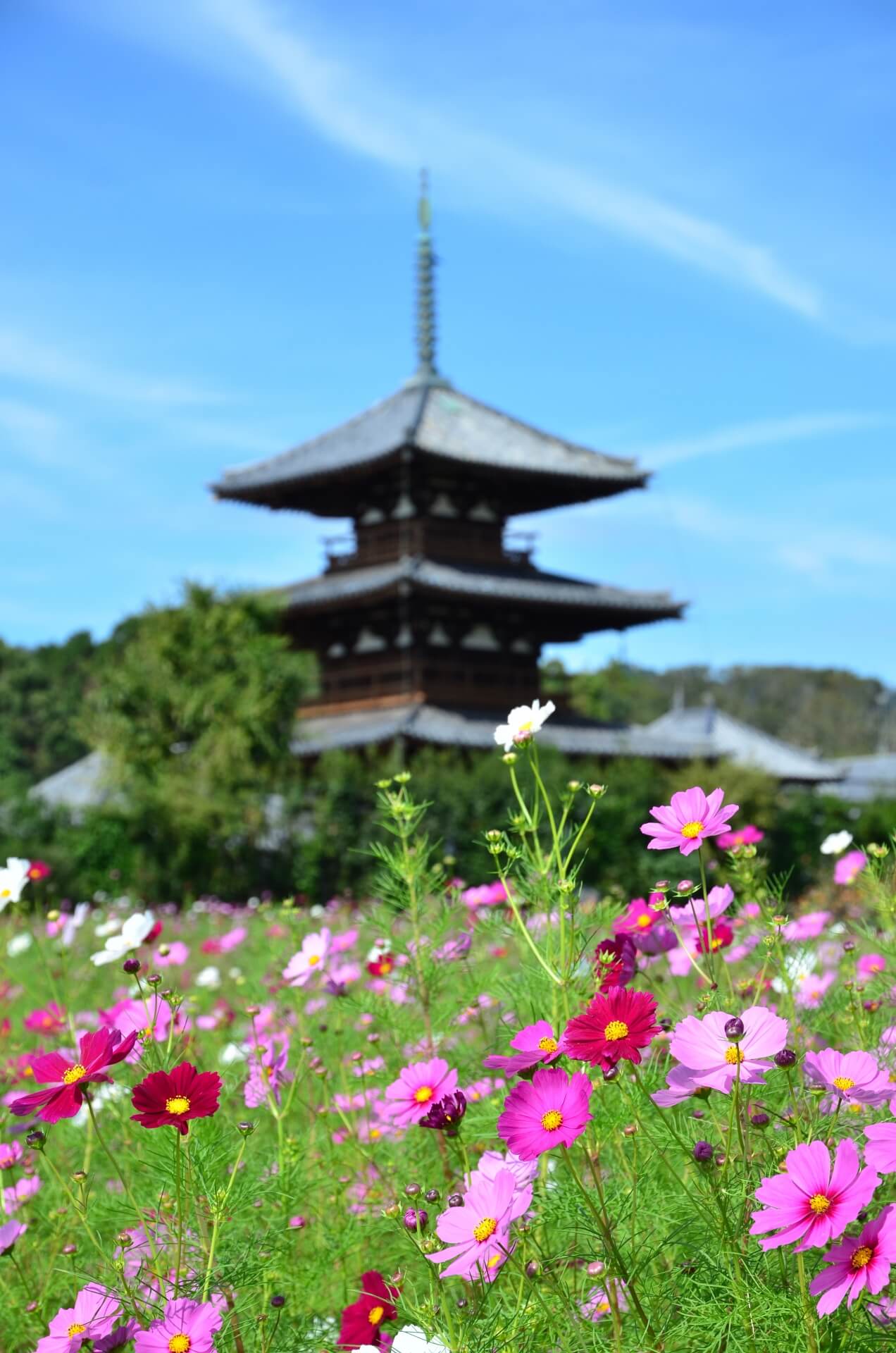
Declared a World Heritage site in 1993 and another of Japan’s most important Buddhist temples, Horyu-ji was founded by the semi-mythical Prince Shotoku – a hugely important figure in the establishment of Buddhism in Japan – in 607. One of the oldest temples in Japan, Horyu-ji is home to the world’s oldest surviving wooden structure built sometime in the Asuka Period (538-710). The extensive grounds are divided into two main precincts, the ‘Sai-in Garan’ (Western Precinct) and ‘Toin Garan’ (Eastern Precinct) with multiple historic buildings including gates, main halls, sub-temples and pagodas of great beauty found throughout.
BEST THINGS TO DO IN OSAKA
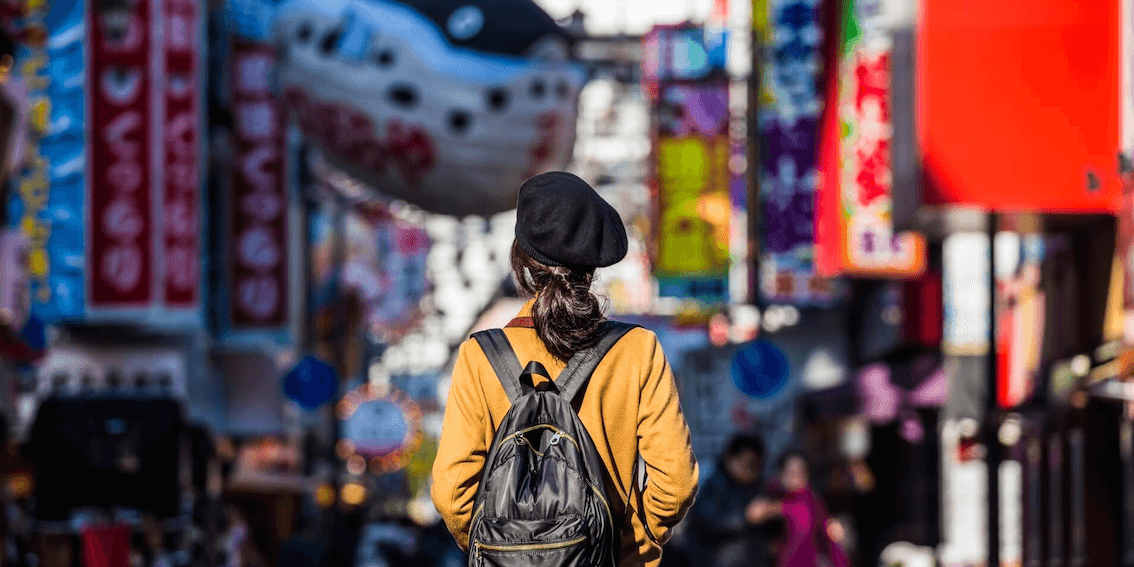
In close proximity to Kyoto and Nara, Osaka is one of Japan’s true metropolises and third largest city, behind Tokyo and Yokohama. With a reputation for being more brash and loud than Tokyo, Osaka has long been a merchant city and one of the few areas of Japan that maintained some contact with the outside world through trade during the country’s long, self-determined isolation.
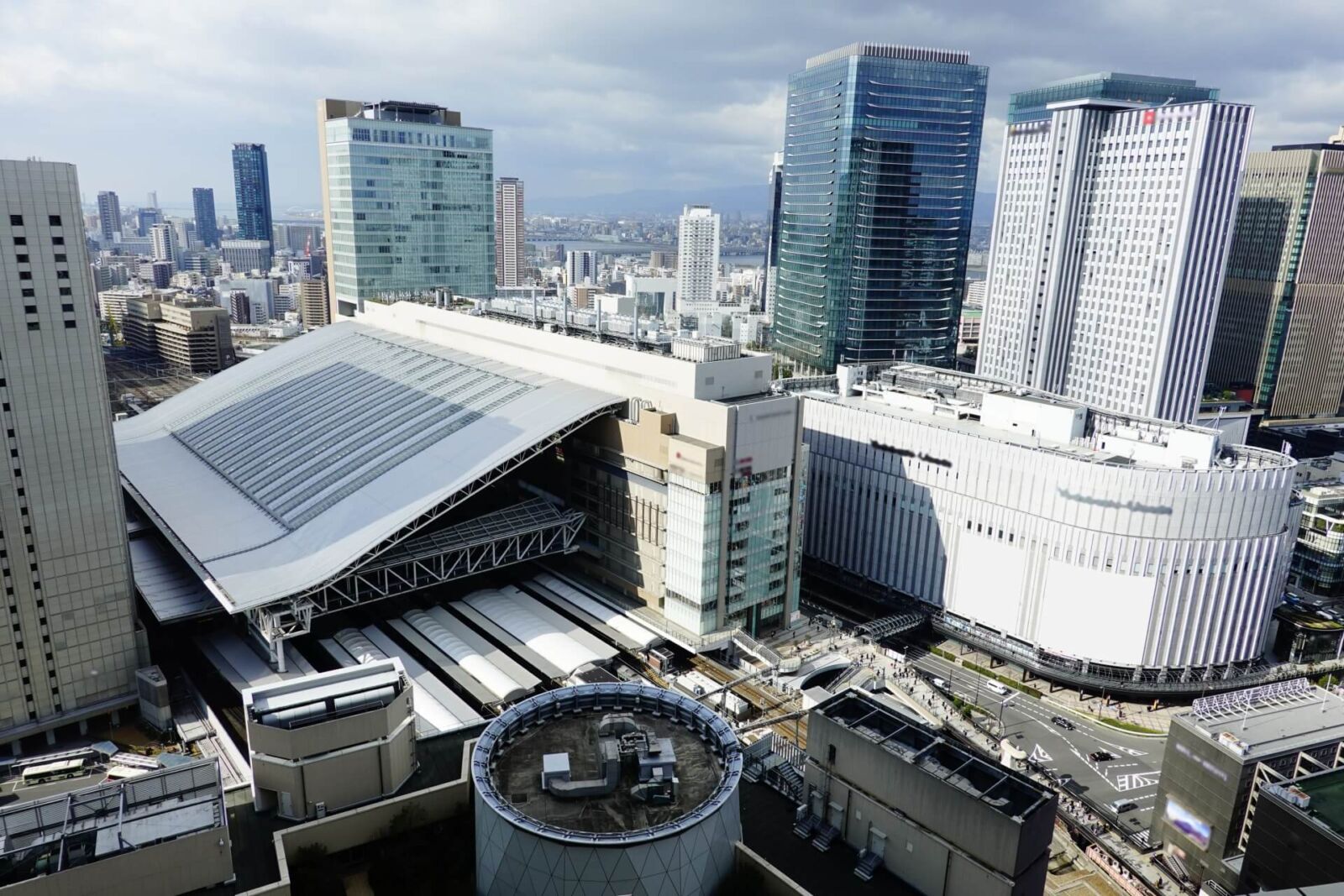
As Japan’s third largest city, Osaka has several huge stations including Shin-Osaka Station on the Tokaido Shinkansen line running to Kyoto, Nagoya and onto Tokyo. A thriving city, Osaka is all about having a good time boasting some of Japan’s best food, shopping and nightlife. Though it may not have the historic attractions of Kyoto and Nara, if you’re asking whether it’s worth visiting, the answer is definitely yes! Friendly, fun and plenty to do other than visit temples, Osaka is just the tonic many visitors are looking for, starting with:
28 / THE FOOD – SOME OF JAPAN’S BEST!
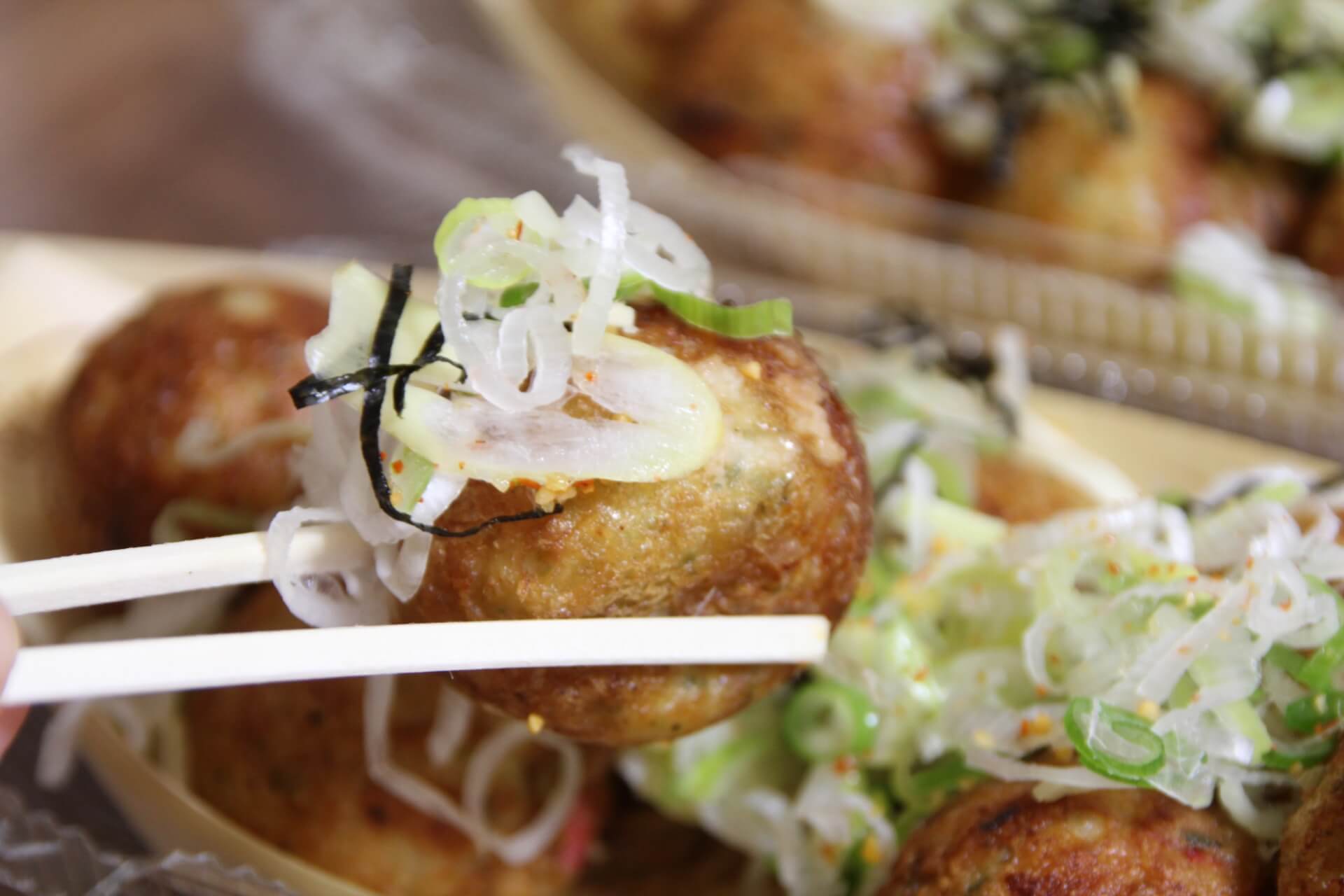
Anyone who has visited Osaka will know all too well, it’s one great city for food! You’ll find fantastic food throughout the city starting and there’s no better place to start than the city’s famous Dotonbori precinct. Forget the fine dining of Kyoto, Osaka is all about eating on the street and packed, lively restaurants serving its famous:
1 Day Tour
| 1-Day walking tour in Osaka:Castle, temples and Ukiyoe | |
|
| |
| Period | All Year Round |
| Time | 09:00 – 17:00 |
| Meeting Place | Shin-Osaka Station / Osaka Station |
| Adult Rate | ¥18,000 |
| Child Rate | ¥11,500 |

Osaka has some of the best food in Japan, but the sheer number of restaurants and food stalls can be overwhelming! Where to start your food journey? Which food stall sells the best Takoyaki? What if I have food restrictions? Don’t worry! Our guides will take care of it for you. Join our Osaka tour and explore the history, culture, and food of this incredible city.
OKONOMIYAKI
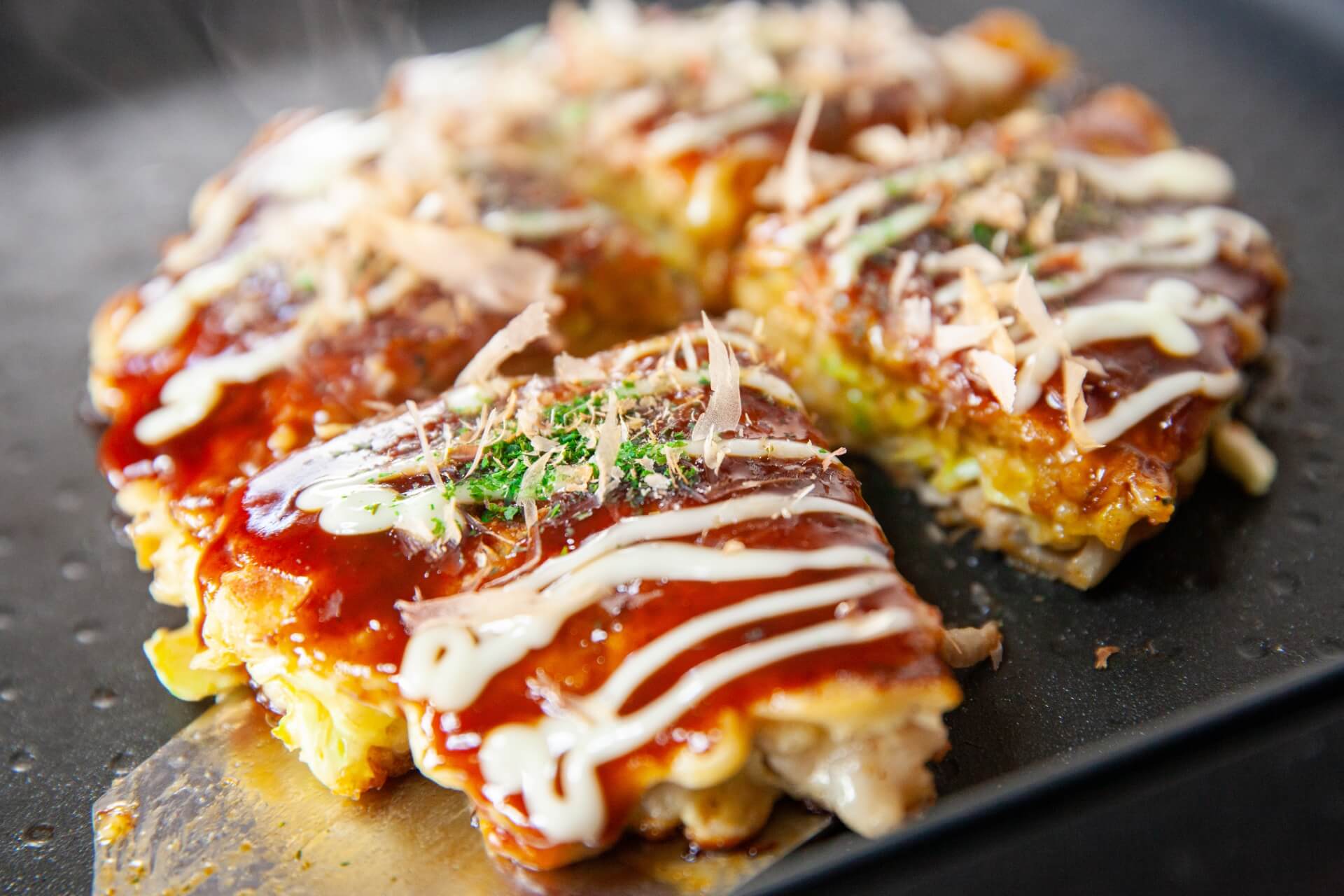
Often referred to as ‘Japanese pancakes’, ‘okonomiyaki’ originated in Kansai and therefore is more-or-less synonymous with Osaka. Cooked on hot plates, okonomiyaki most commonly combines flour batter and shredded cabbage and with an endless array of ingredients including pork or bacon, octopus, squid, shrimp, other vegetables, cheese… basically, whatever you can think of. Coated in a healthy doze of glazed sauce, ‘kewpie’ mayonnaise, and/or ‘bonito’ (fish flakes), enjoying okonomiyaki is basically a must-do while in Osaka. Local variants also include ‘negiyaki’, another savoury pancake including lots of Japanese leek.
TAKOYAKI
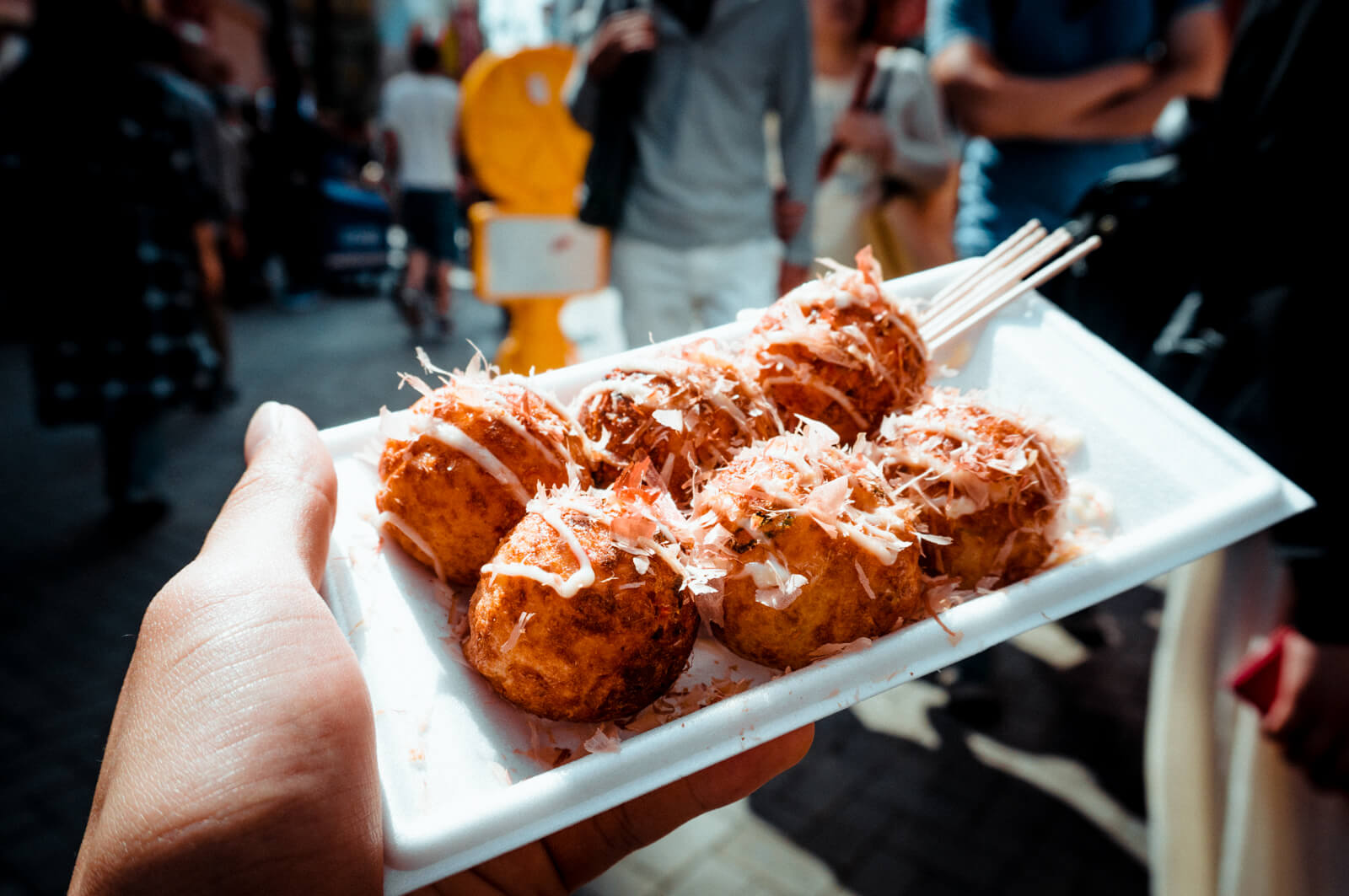
‘Takoyaki’ or ‘octopus balls’ are another of Osaka’s tastiest street foods. Generous chunks of octopus are dipped in batter and cooked to a crispy texture on the outside and then topped with ‘takoyaki’ sauce, mayonnaise and bonito. Pickled ginger is often also included creating one tasty, tasty dish.
KITSUINE UDON
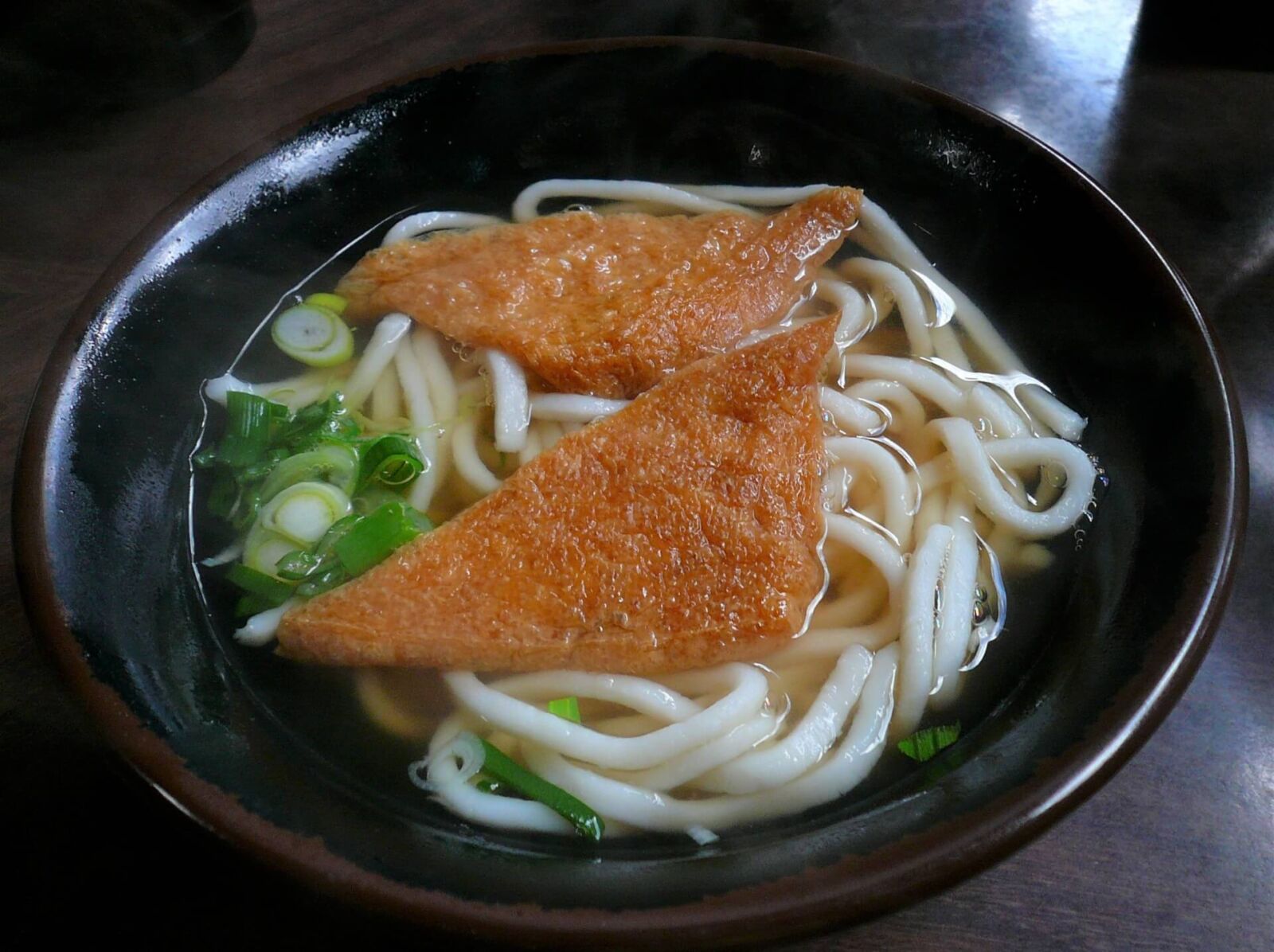
This hot bowl of ‘udon’ (wheat noodles) is served in a light ‘usukuchi’ soy sauce with simmered ‘aburaage’ tofu on-top. Served throughout Japan, Osaka’s kitsune udon is known for its light, sweet taste. Simple, filling and delicious!
KUSHIKATSU
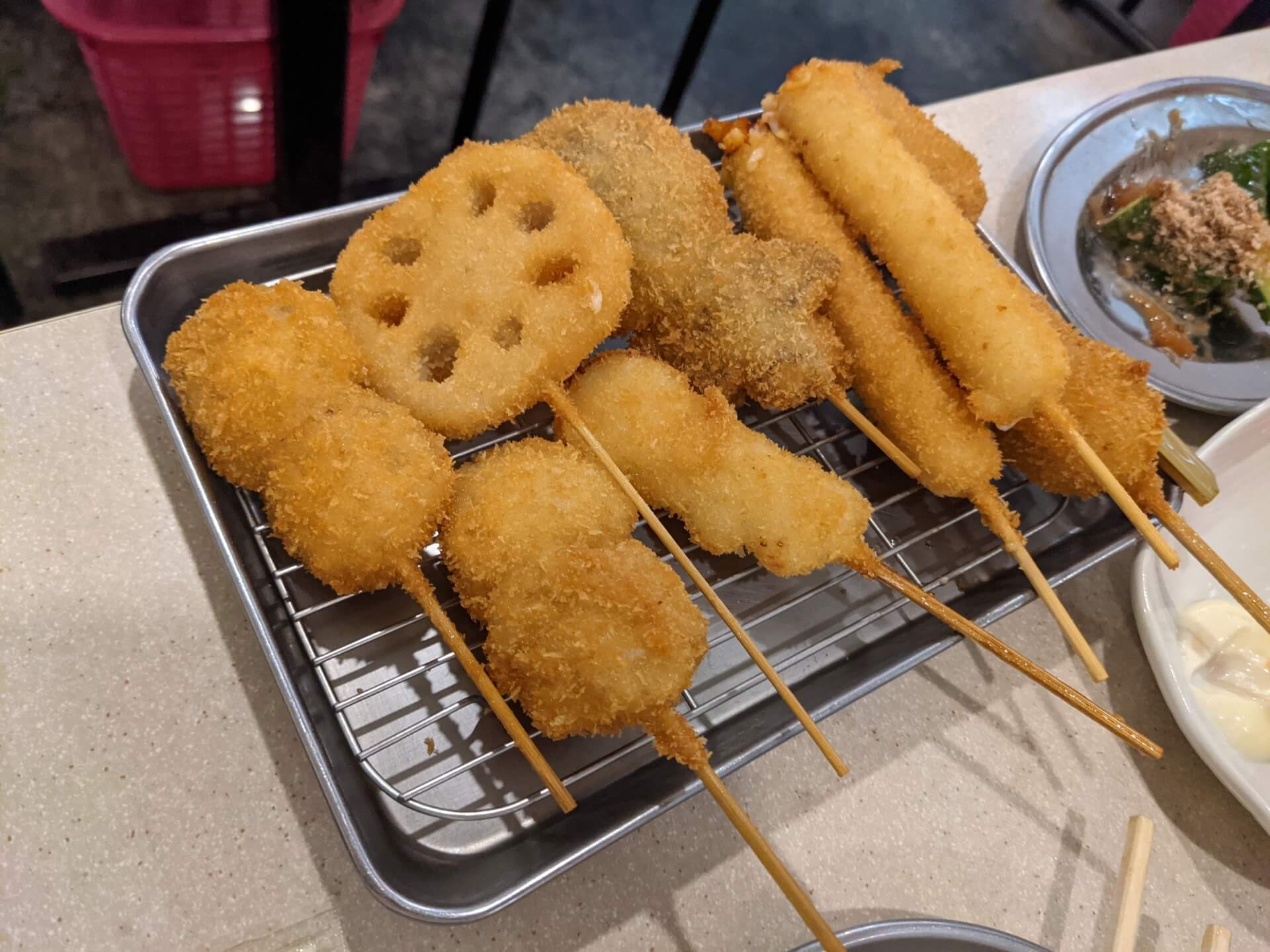
‘Kushikatsu’ refers to batter and deep-fried meat and vegetables on skewers. The perfect beer food or snack to round-out a big night on the streets of Osaka, the appeal of kushikatsu is pretty apparent.
KAISEN
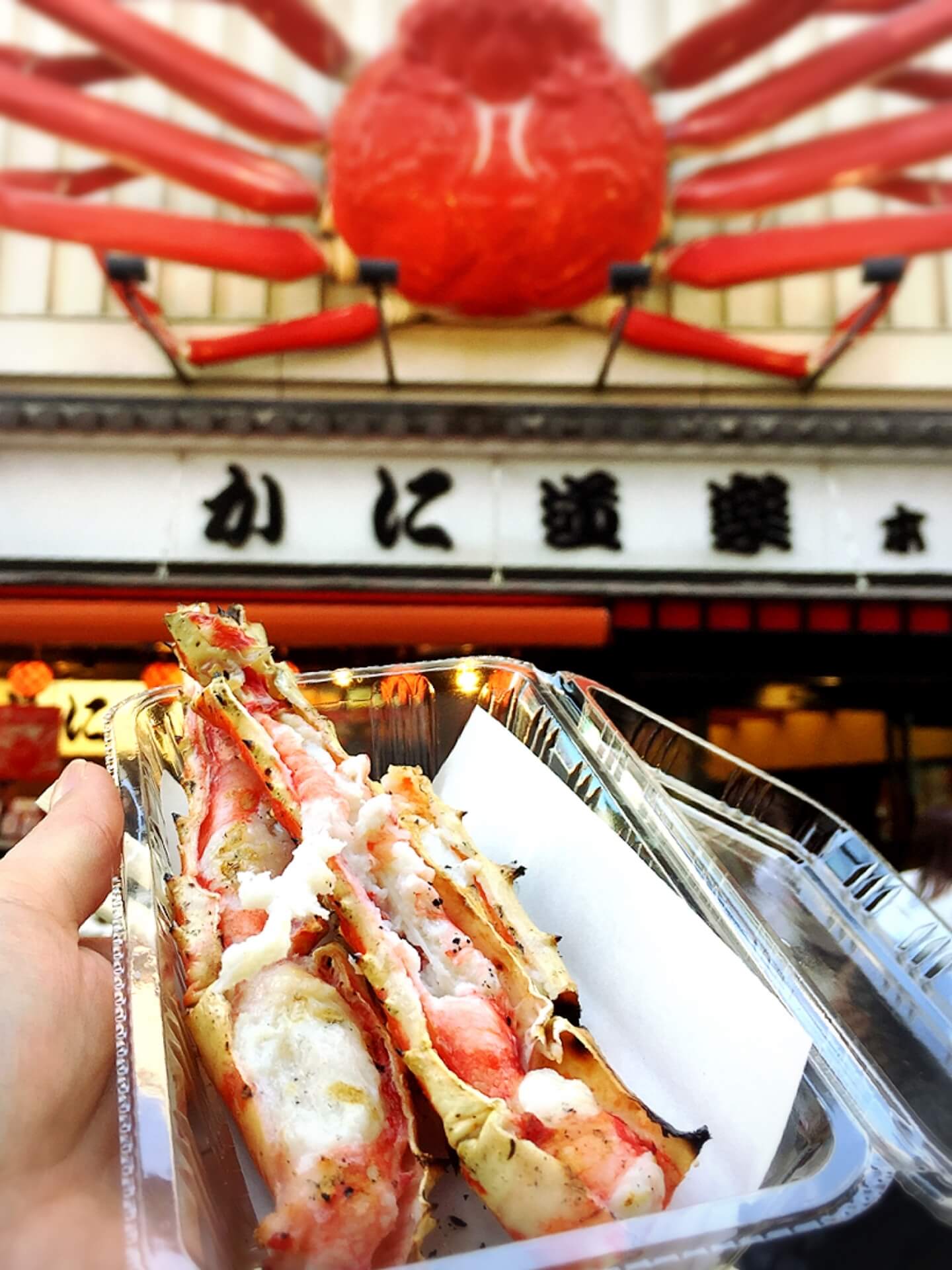
‘Kaisen’ or ‘seafood’ is an essential part of the Japanese diet and without doubt, one of the most enticing things to eat on the streets of Osaka. Everything is on offer from some of Japan’s best sushi and sashimi and local delicacies including crab – just look for the huge crabs along Dotonbori… they won’t be hard to spot.
29 / THE FOOD… AND THEN THERE’S ALL THE REST!
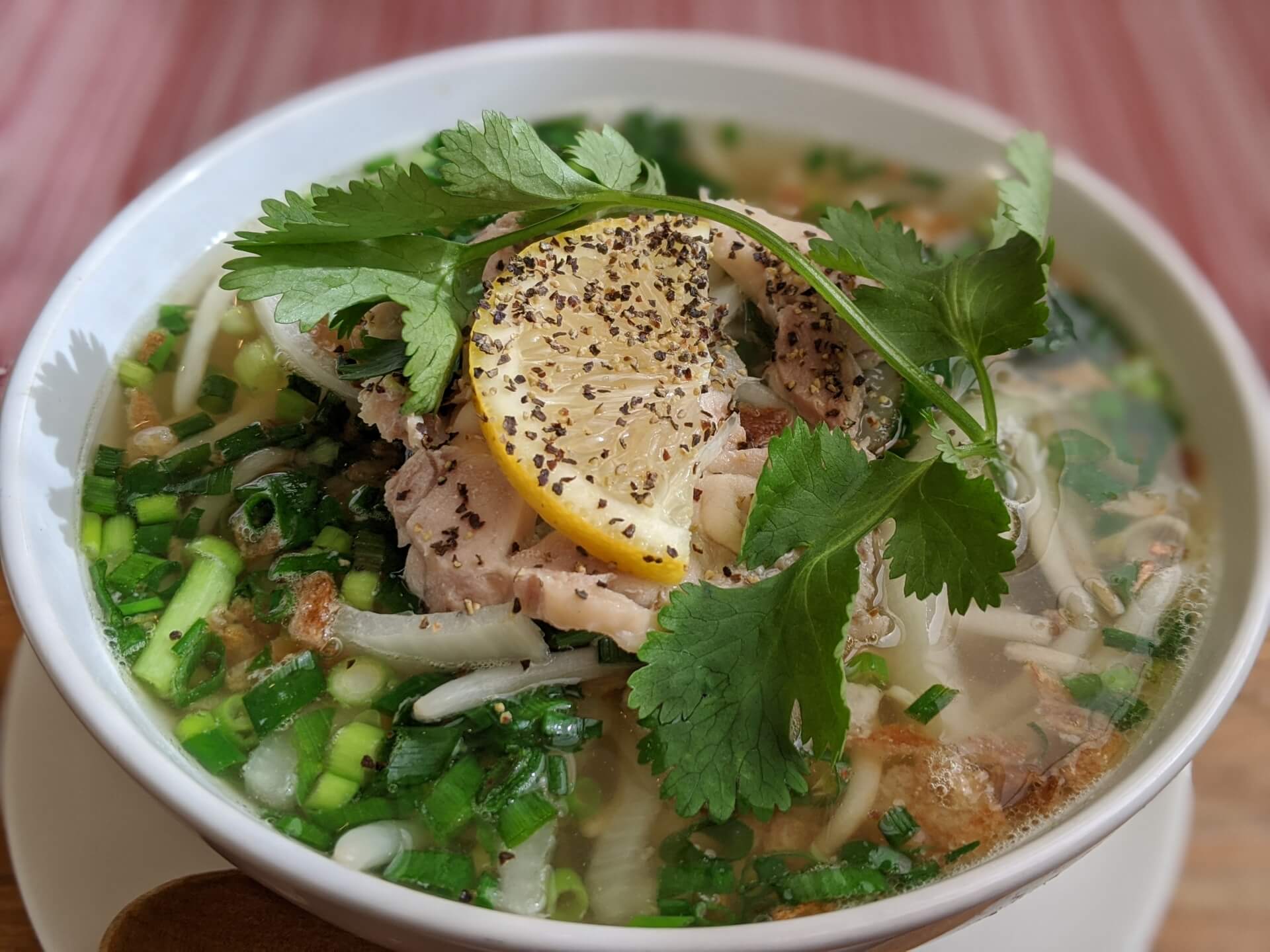
Osaka doesn’t just boast some of the best ‘washoku’ (Japanese food) in the country, it’s also home to some of the best international cuisine. Starting with food from Japan’s closest neighbours Korea and China, to Taiwanese, Vietnamese, Thai and beyond, Osaka offers the chance to eat some fantastic international cuisine and without having to pay too much for it!
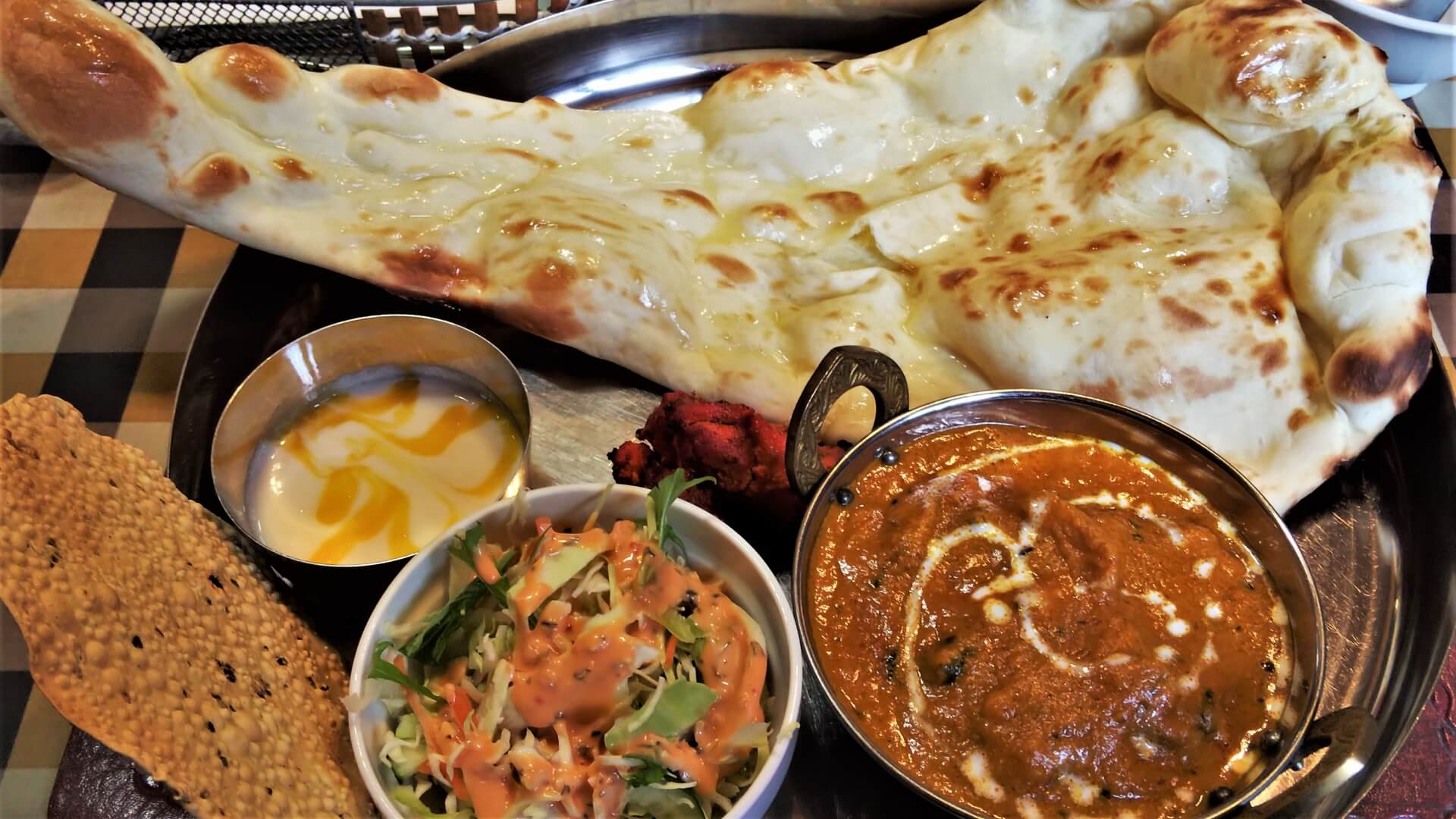
Indian, Sri Lankan, Middle Eastern onto African cuisine, there’s plenty to choose from and while it might seem like an odd recommendation of something to do in one of Japan’s largest cities – one known for its local delicacies – if you’re looking for a break from washoku or just want to sample some tasty other treats, the many international eateries of Osaka are real highlights.
30 / THE NIGHTLIFE
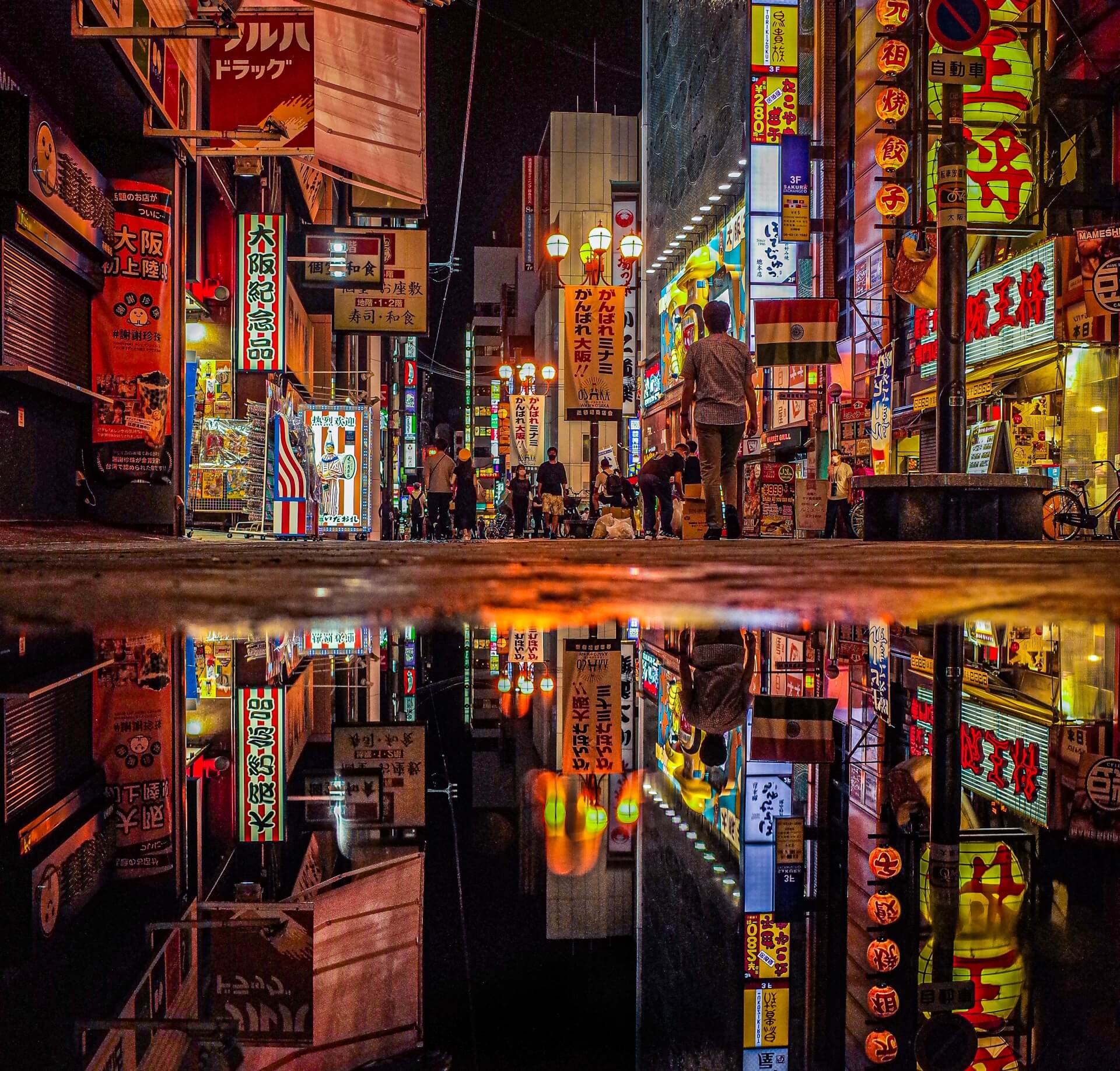
In Osaka, food and nightlife go hand-in-hand. The city is brimming with bars, clubs and plenty to do at night, with friendly locals always ready for a chat and greeting you with a smile. Osaka is known to be a very open and welcoming city, with local residents often very keen to chat to international visitors and ensure they enjoy their time there. Unlike Tokyo, which at times can be somewhat reserved and hard to access, Osaka is noisy and a little more brash.
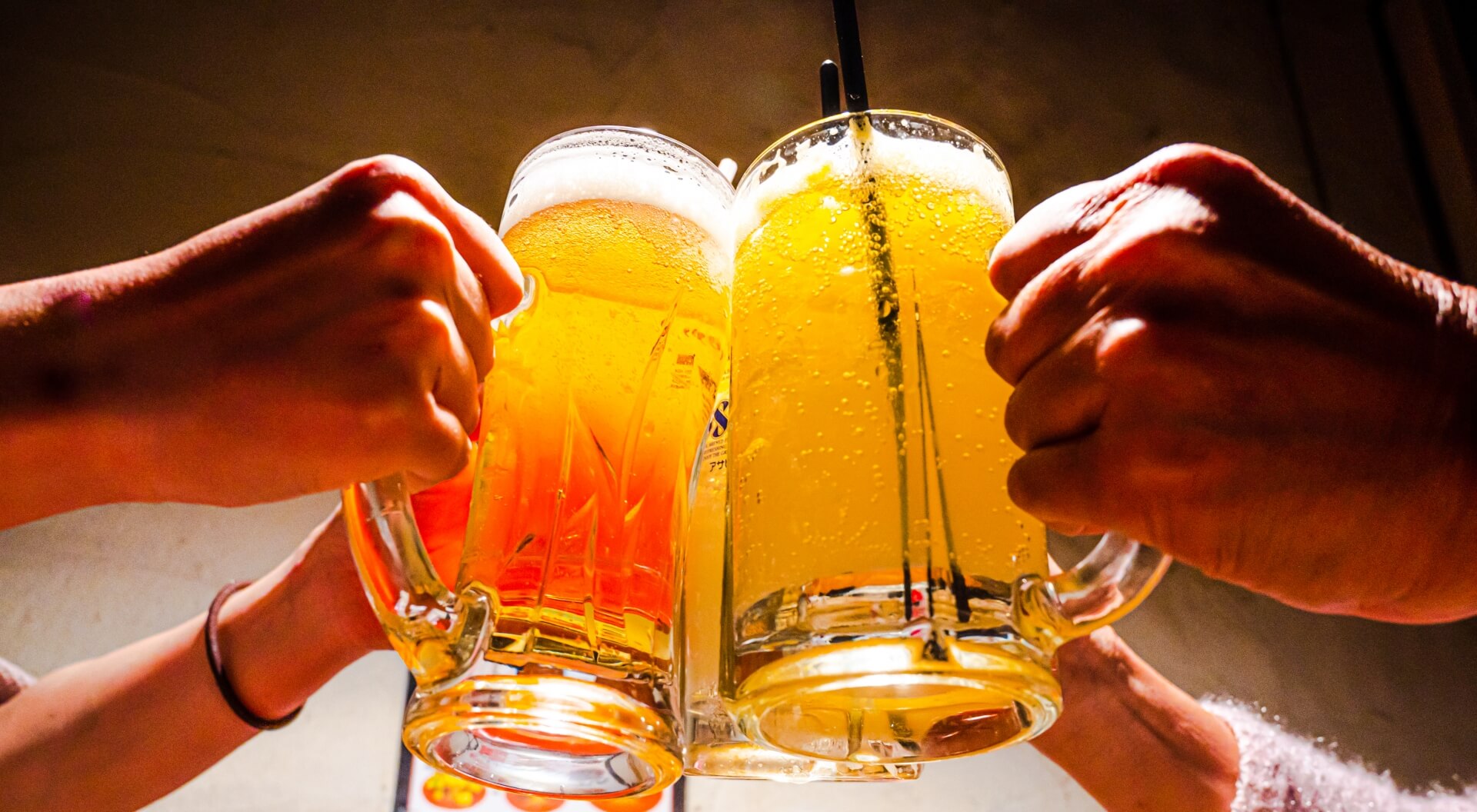
Wandering the streets you’ll spot plenty of places to have a drink – whether its beers stands on the street, bars or clubs you’ll receive a friendly welcome upon entry. If this is what you’re after, start with the areas around Dotonbori – see below – along with Shinsaibashi-suji, Namba and Amerika-mura and make sure to book your accommodation nearby – or risk missing the last train back!
31 / DOTONBORI
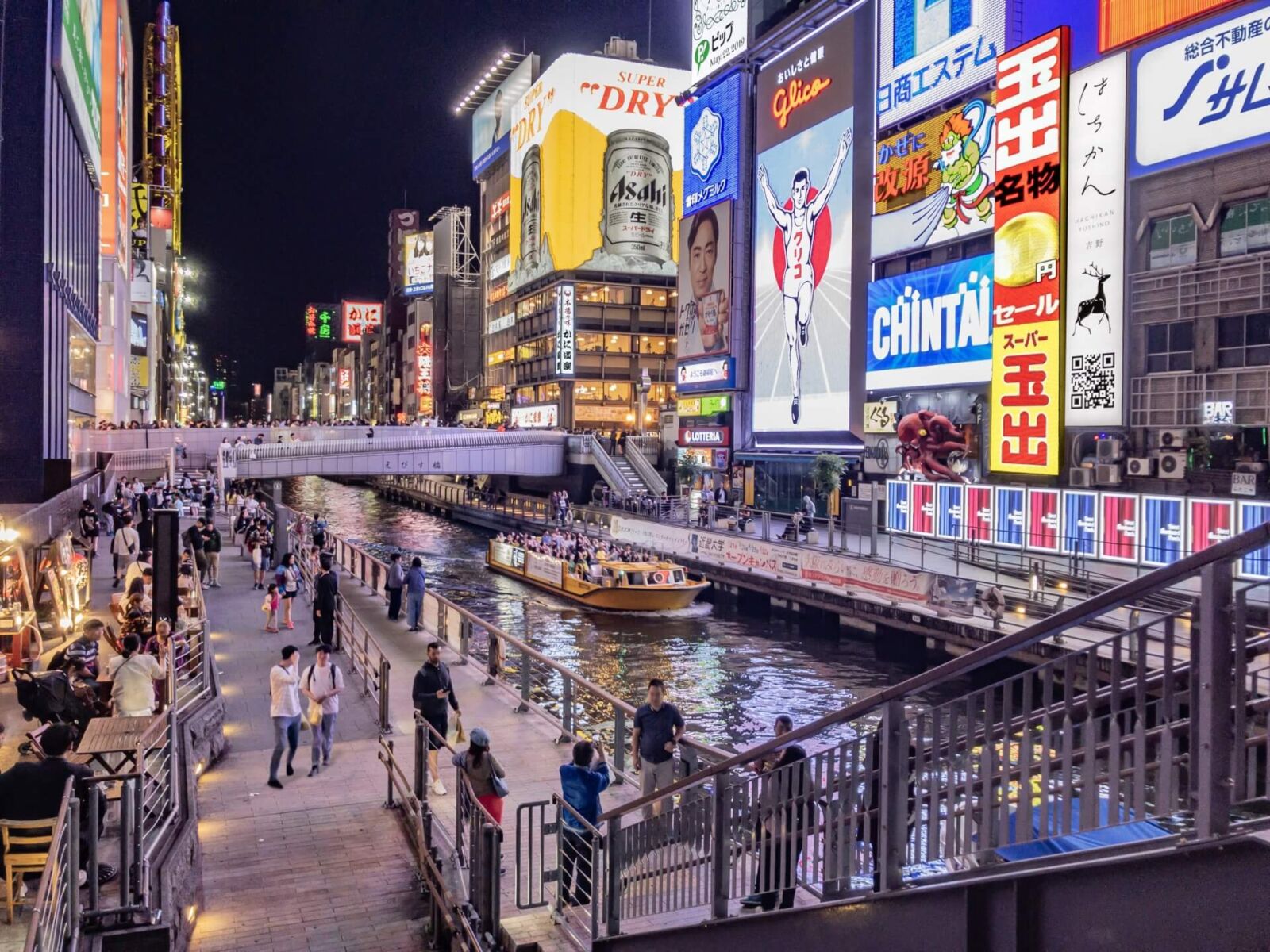
Boasting what are arguably Osaka’s most recognisable landmarks, Dotonbori is a hugely popular restaurant and shopping precinct that runs parallel to Dotonbori canal. On the bridge crossing the canal, visitors gather to photograph the city’s famous ‘Glico Man’ and other huge neon billboards while just along the road, the ‘Kani Doraku’ crab sign beacons diners inside to eat. Always busy, Dotonbori hums with activity and nightlife and is every way, one of Osaka’s most charismatic and famous enclaves.
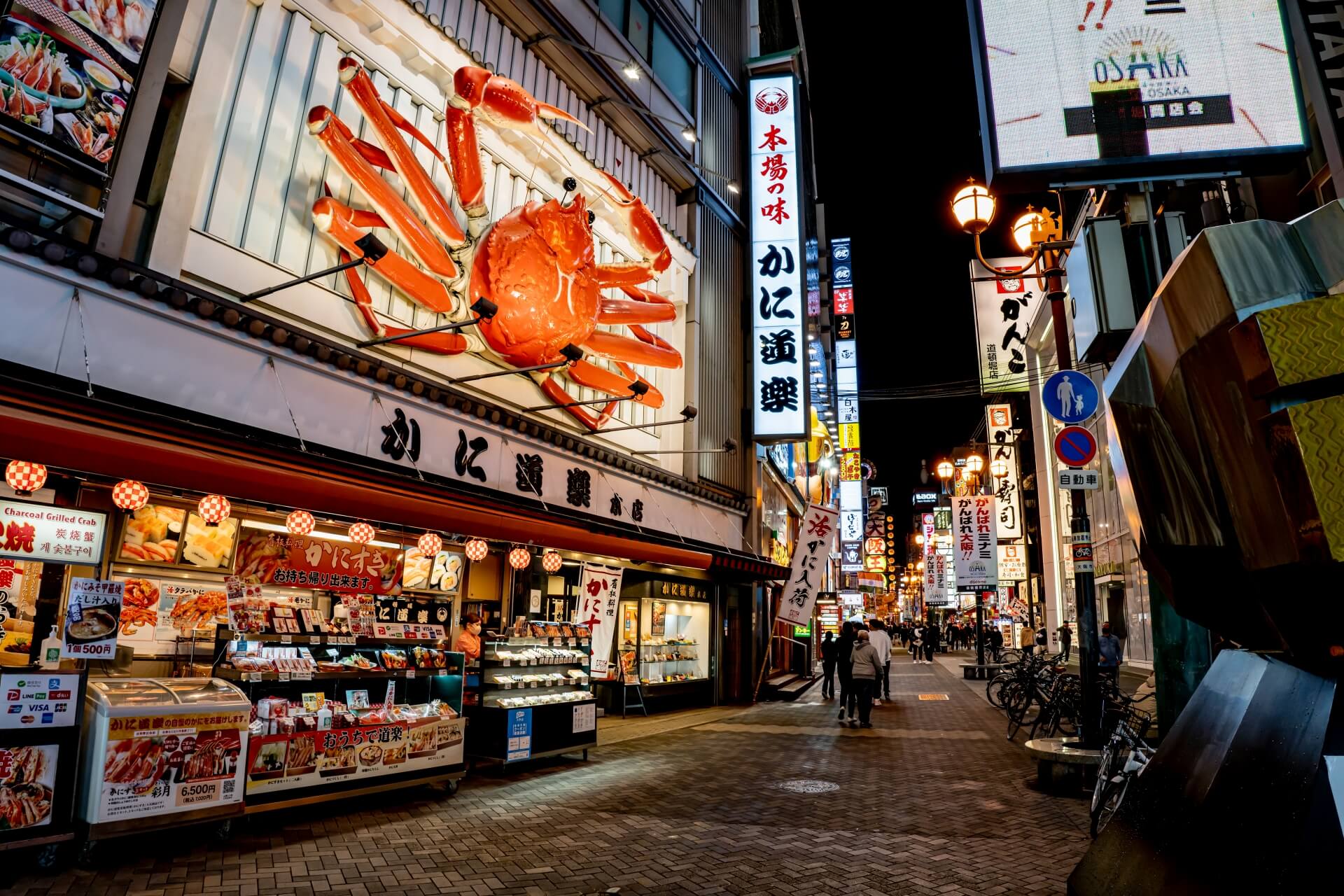
The areas running along the sides of the canal itself have seen a lot of development recent years. Visitors can walk at length under the neon lights and past the hum and hustle of the city, with plenty of eateries and bars to choose from. Hectic and lively, this is the very heart of Osaka and for many people, is one of the most iconic areas of any city in Japan.
32 / SHINSAIBASHI-SUJI
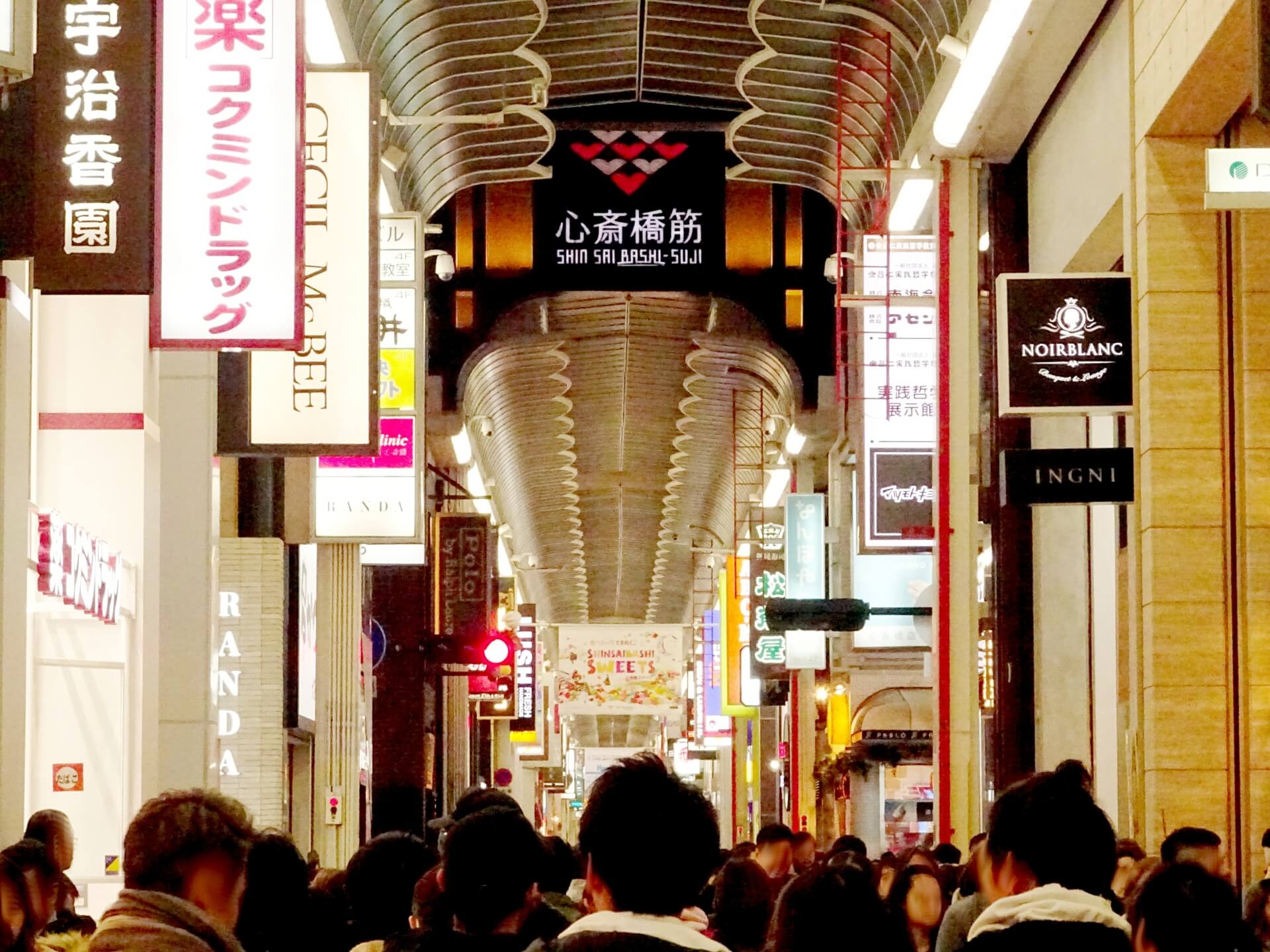
Running north from Dotonbori, the covered Shinsaibashi-suji is a seemingly endless covered shopping, dining and entertainment arcade. It is the best-known shopping area in the city with everything imaginable on sale along its 600 metre stretch – from official brand stores to cheap knock-offs, excellent restaurants to quick and cheap eateries. The street’s eclectic mix of stores, restaurants and entertainment ensure an equally odd variety of people walking through the arcade. Often crowded and noisy, you might quickly need to escape from Shinsaibashi-suji but it is worth visiting for a snapshot of life in Osaka.
33 / NAMBA & AMERIKA-MURA
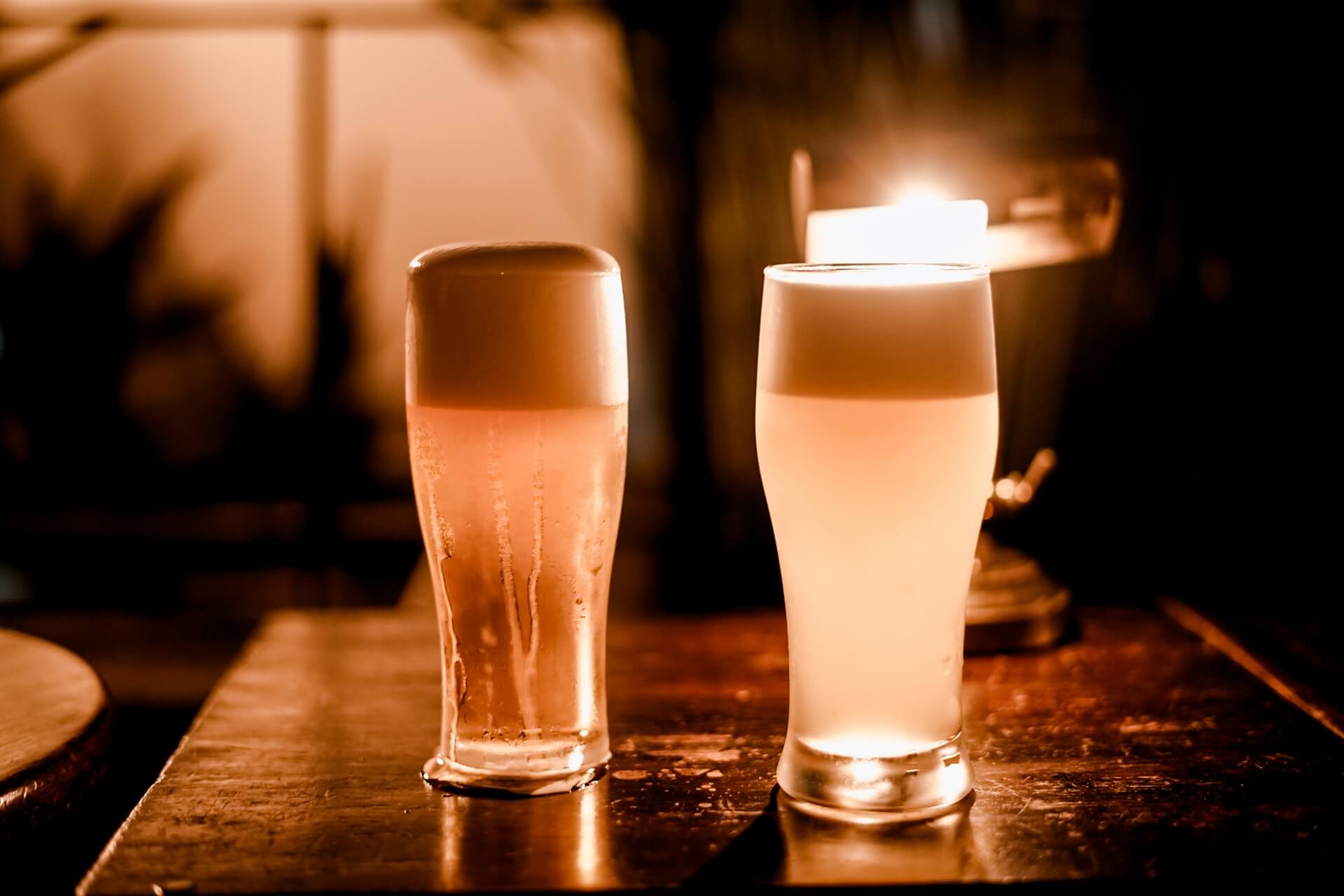
Within walking distance of Dotonbori and Shinsaibashi-suji in the direction of Osaka-Namba Station and JR Namba Station, the lively area of Namba is home to plenty of great little bars, eateries, clothing and record shops, and small clubs. One of the city’s youth culture hubs, time spent in Namba is always entertaining with plenty of young Japanese in the area guaranteeing an energetic atmosphere.
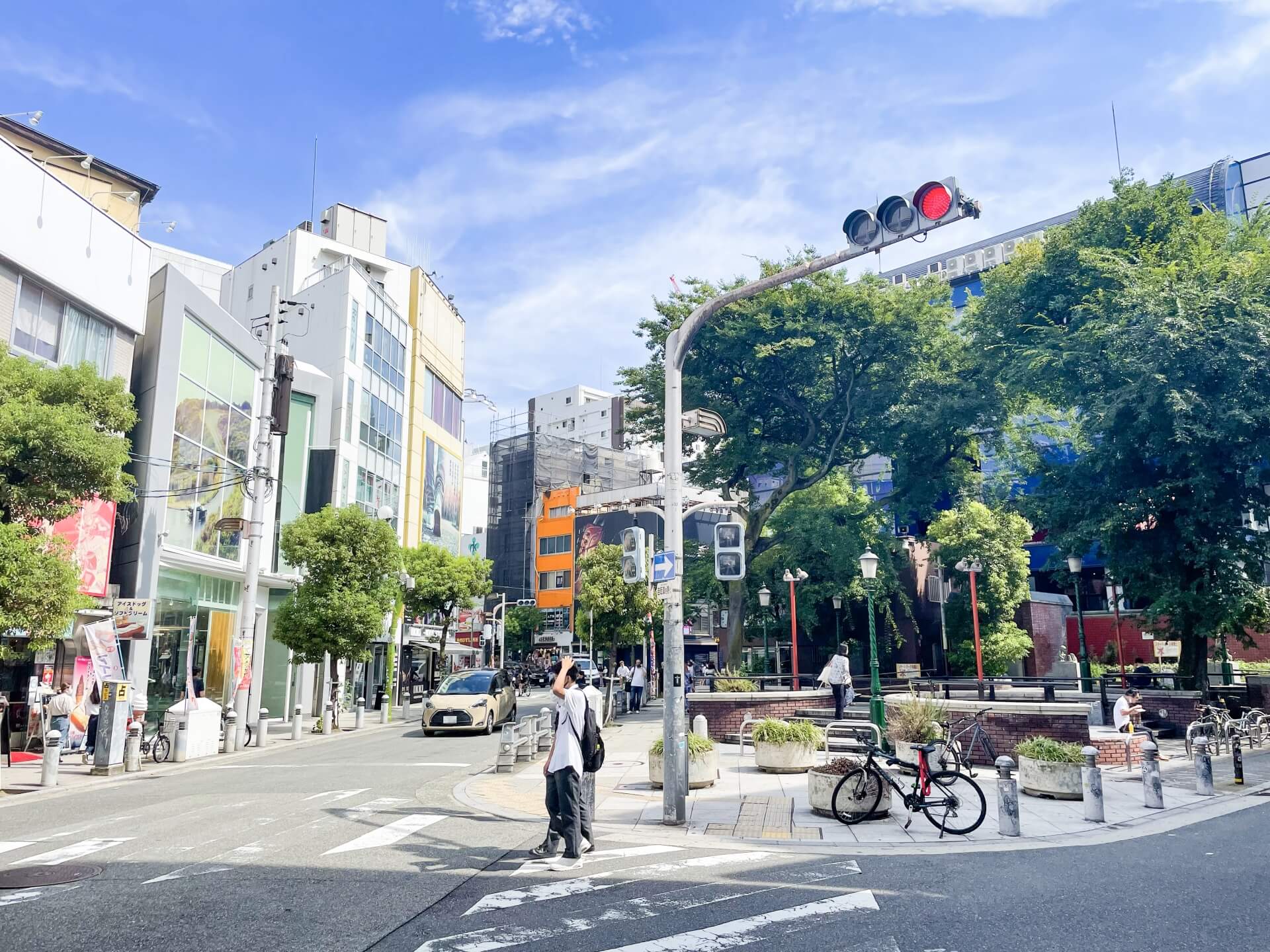
Most famously, the area adjoins Osaka’s famous ‘Amerika-mura’ (America village), a centre of youth culture known for its second hand clothing stores, independent galleries and cafes, music bars and shops, street art and plenty of nightlife. Located within easy walk of Yotsubashi Station or Shinsaibashi Station, Amerika-mura is worth the visit even if you feel too old to really get it.
34 / NAMBA PARKS
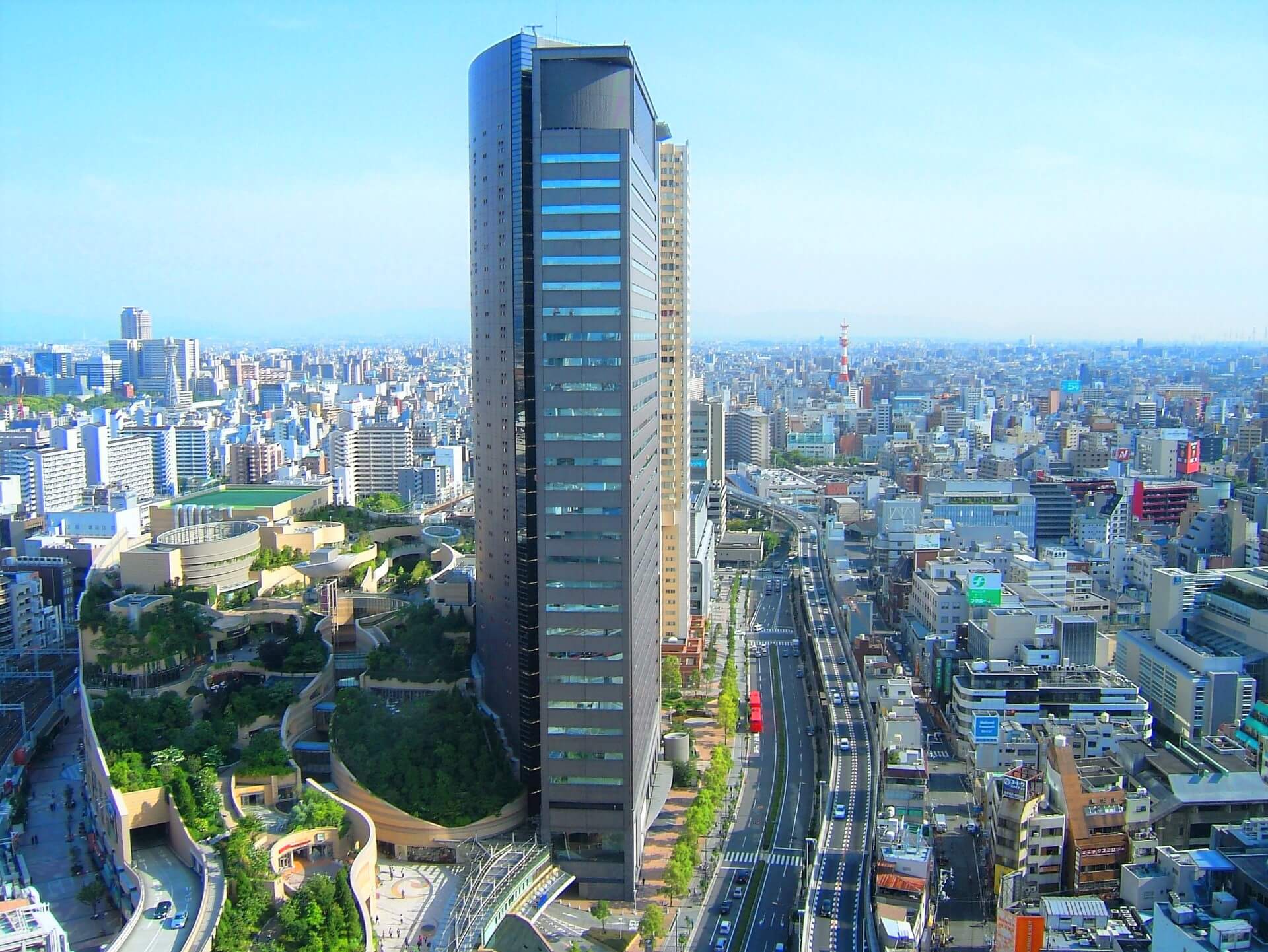
Located to the south of Namba Station, ‘Namba Parks’ is a shopping and office complex designed to mimic a natural canyon in the heart of one of Japan’s largest cities. Housing 120 stores, numerous restaurants serving all manner of cuisine, a cinema, terraced rooftop gardens and 3-storey office tower, Namba Parks acts as a refuge from the congestion of the surrounding city (and possibly much-needed relief from the noise and effects of the night before) and offers particularly welcome relief from the often oppressive heat and humidity of summer. Beautifully designed, you can easily spend a morning, afternoon, evening or entire day strolling through one of Osaka’s most enjoyable shopping and entertainment precincts.
35 / NIPPONBASHI ELECTRIC ‘DEN DEN TOWN’
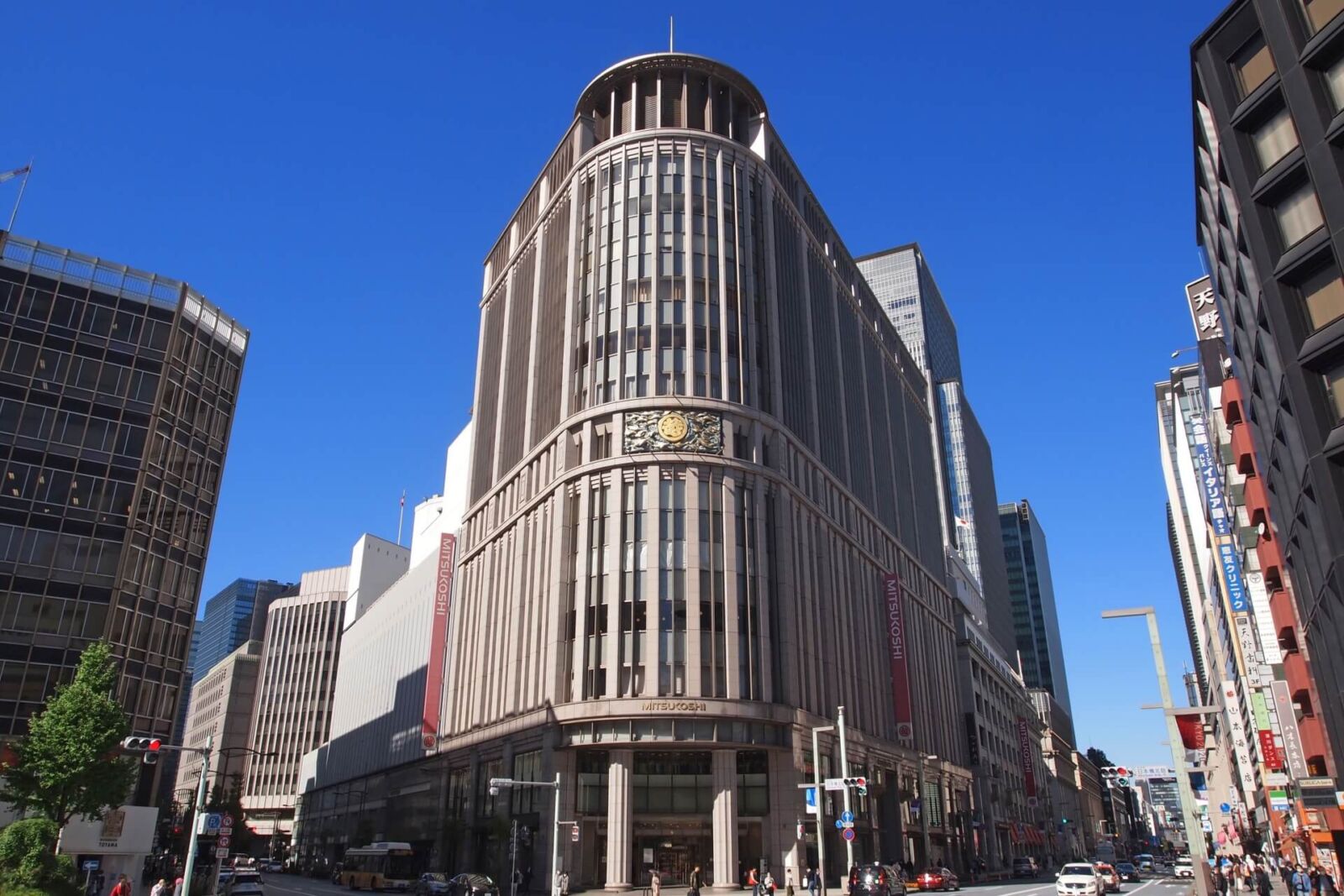
An area equivalent to Tokyo’s Akihabara, Nipponbashi or ‘Den Den Town’ is something of a hub for Osaka’s ‘otaku’ culture. Located between Ebisucho Station to the south and Nipponbashi Station to the north, the streets of Den Den Town are full of shops selling all things ‘anime’, ‘manga’, electronics and all things pop-culture. Basically, it’s a nerd’s delight! Shops are concentrated along two main streets – Nipponbashi-suji / Sakai-suji and the parallel-running Ota Road – making it fairly easy to navigate and less crowded than Tokyo’s otaku neighbourhood of Akihabara, a visit to Den Den Town is typically good fun.
1 Day Tour
| Osaka’s Secret Adventures: Discover Daruma Magic and the Beauty of Minoh Falls | |
|
| |
| Period | All Year Round |
| Time | 09:20 – 16:00 |
| Meeting Place | Osaka Station |
| Adult Rate | ¥17,800 |
| Child Rate | ¥11,000 |

Osaka has some of the best nightlife in Japan, but maybe you’ve eaten, drank, and partied a little too much and you need a break. Osaka isn’t just a concrete jungle; just a short trip away from the city is a secret temple with a majestic waterfall. Why not let our guides take you on a refreshing journey to some of Osaka’s lesser know sights.
36 / UMEDA SKY BUILDING
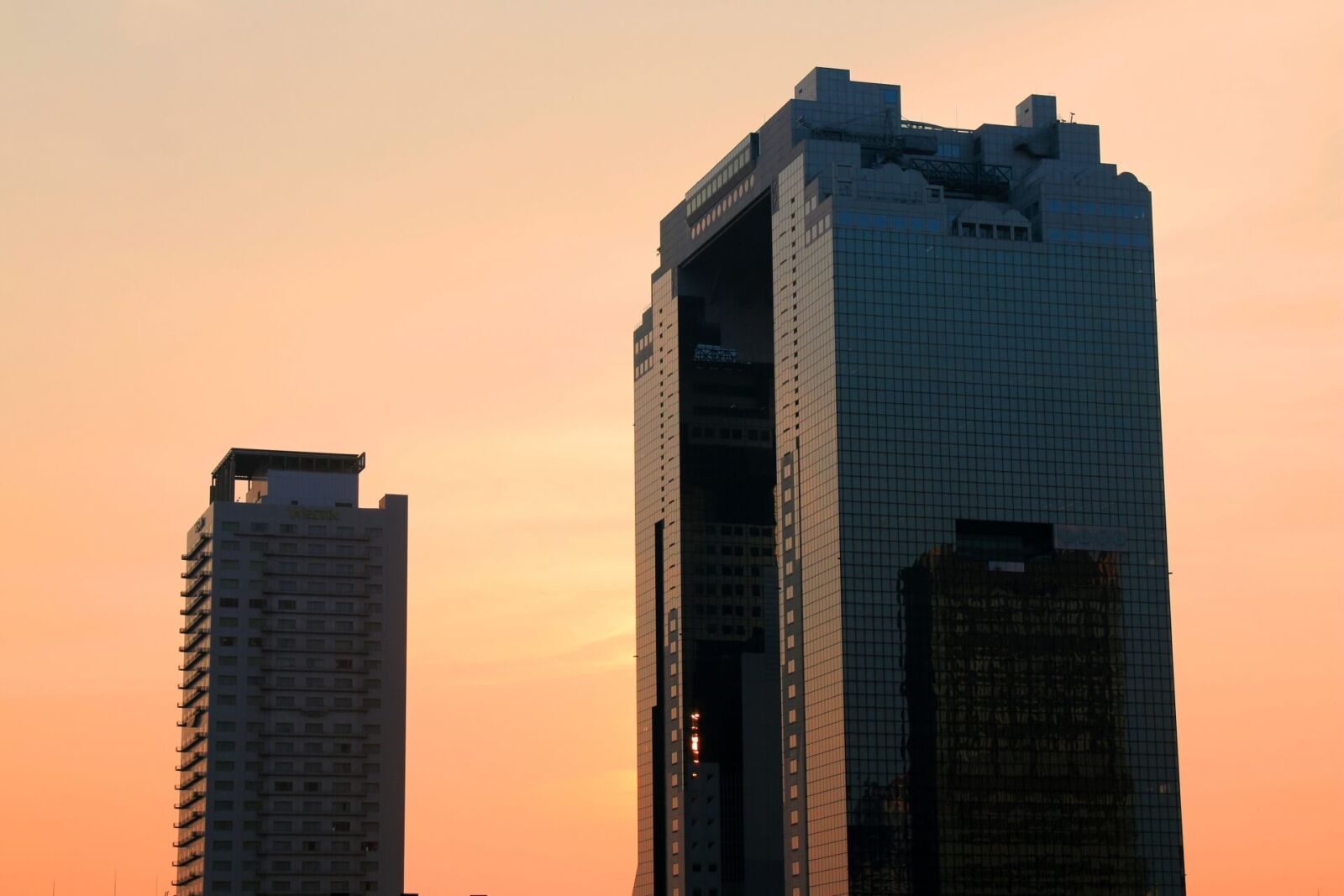
One of Osaka’s most distinctive buildings, Umeda Sky Building is a 173 metre tall pair of towers connected by a ‘Floating Garden Observatory’ on the 39th floor. From the observatory, visitors are afforded fantastic views of the sprawling metropolis, best enjoyed from the open-air viewing deck. Open daily from 09:30 to 22:30, admission is a rather steep JPY1500.
37 / OSAKA CASTLE PARK
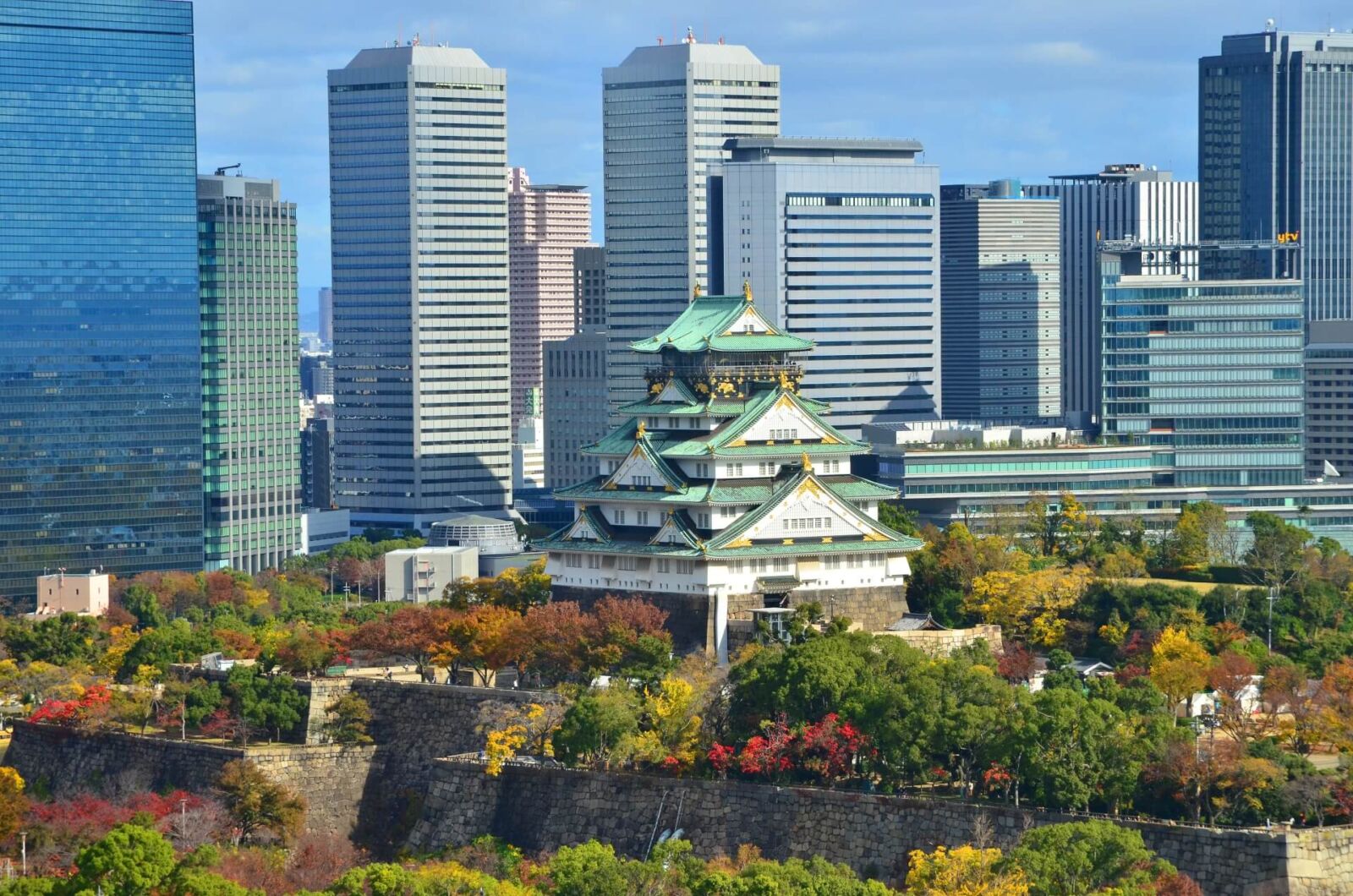
Osaka Castle Park occupies a huge area in the heart of one of Japan’s largest cities including expansive public gardens, historic structures, along with multiple cultural and sports facilities. Centred around the reconstructed Osaka Castle – one of Japan’s largest castles – and surrounded by the original foundation walls and large moats, the park is in many ways the historic and public heart of the city.
1 Day Tour
| 1-Day walking tour in Osaka:Castle, temples and Ukiyoe | |
|
| |
| Period | All Year Round |
| Time | 09:00 – 17:00 |
| Meeting Place | Shin-Osaka Station / Osaka Station |
| Adult Rate | ¥18,000 |
| Child Rate | ¥11,500 |

Osaka is a lively and vibrant city which can be overwhelming for a first-time visitor, so why not let one of our tour guides handle the logistics. You can relax and enjoy your trip to Osaka! Feast on the wonderful food in Kurumon market, learn about the history of Buddhism at Shitennoji temple, explore Osaka castle and experience Japanese woodblock painting.
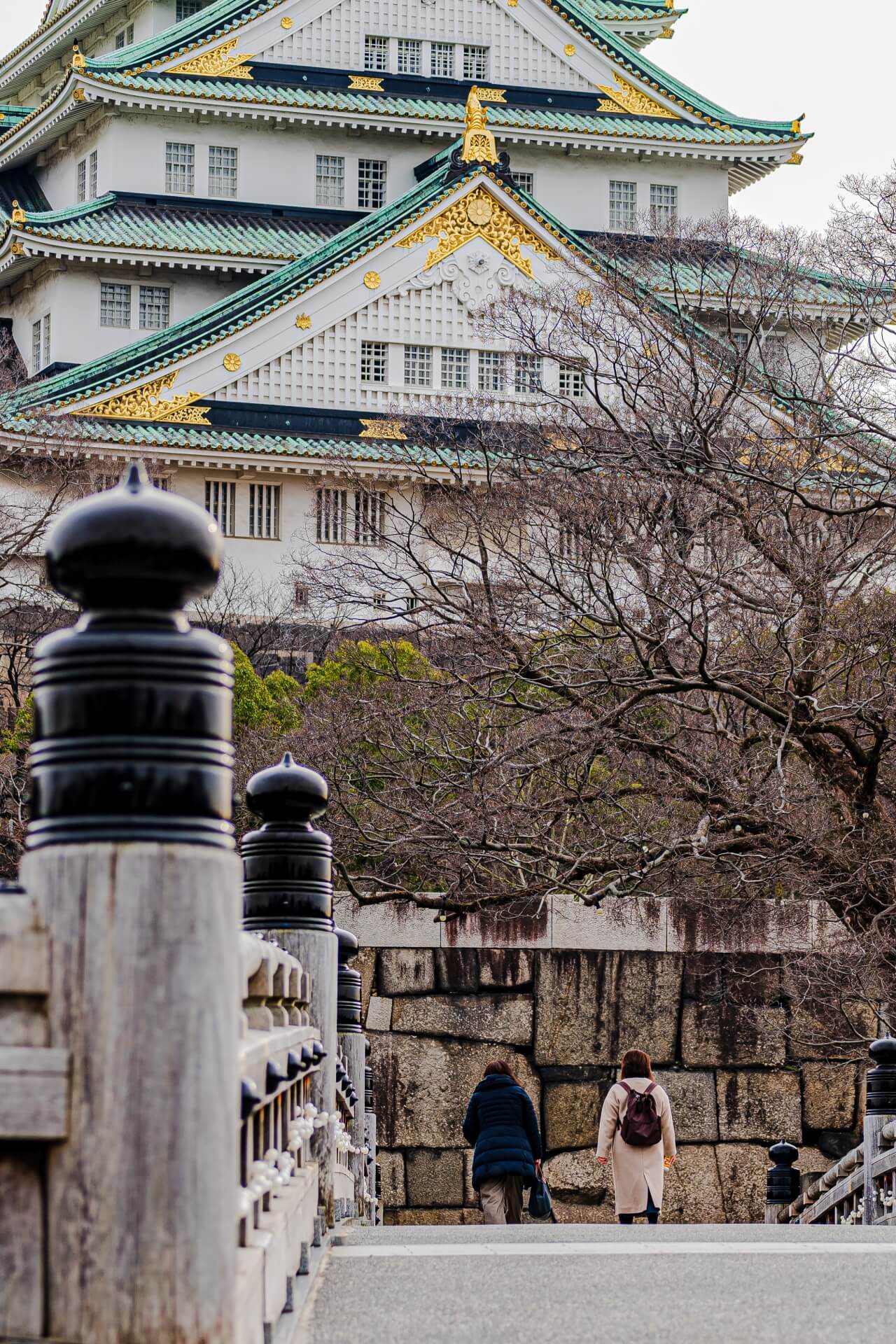
First constructed in the late-16th century, the castle was the largest in Japan at the time before it was destroyed in 1615. Rebuilt in the 1620, the castle was again destroyed in 1665 when struck by lightning and set alight. It was not until 1931 that the castle would be reconstructed again, miraculously surviving the heavy bombing of WWII the castle enjoyed renewal in the 1990s and remains one of Osaka’s most iconic sights. Open daily form 09:00 to 17:00 – other than December 28 to January 1 – the castle houses artefacts and materials relating to the history of the castle.
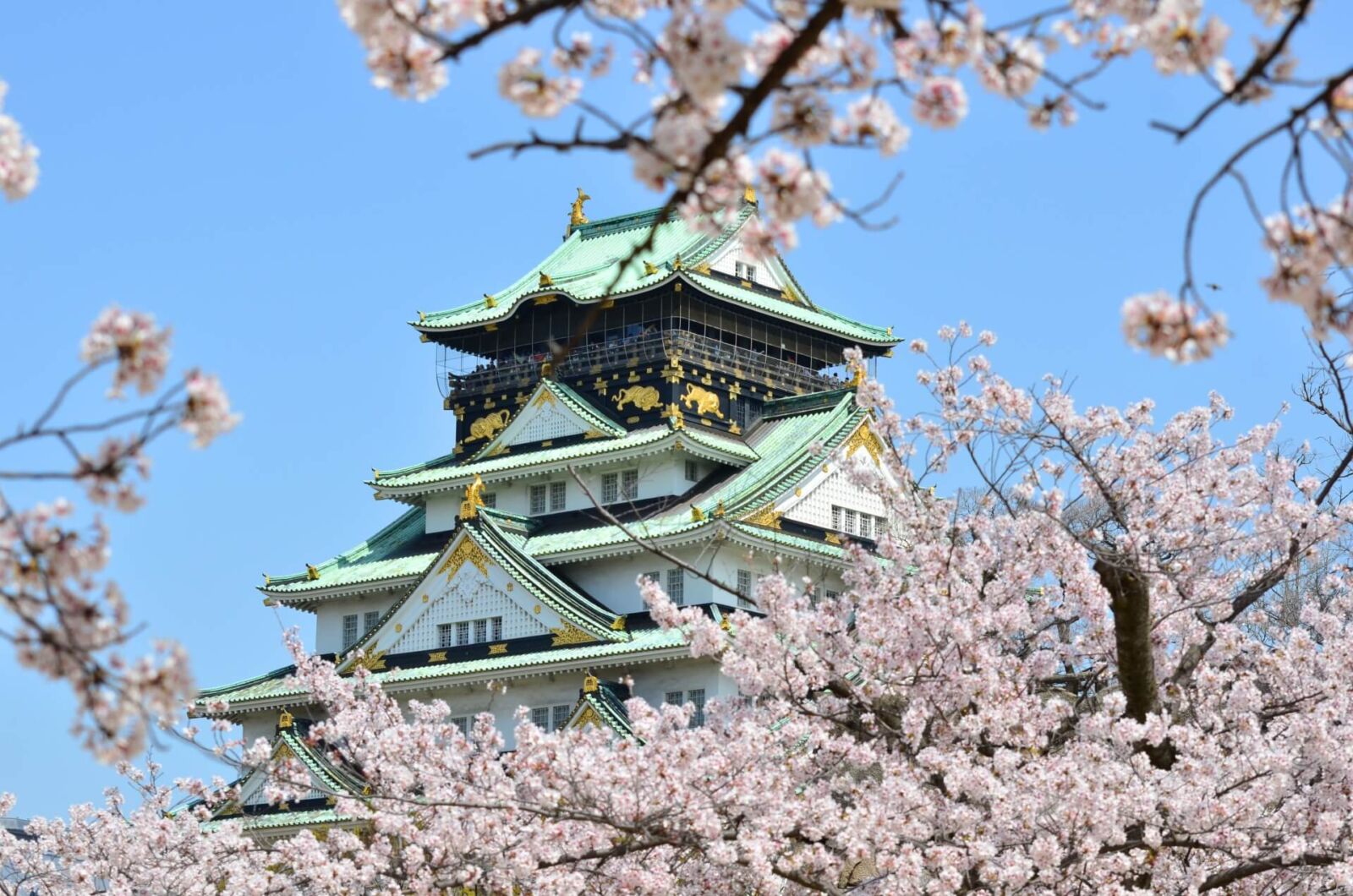
It’s important to note that the entire structure is a reconstruction with no original features inside, which can leave some visitors disappointed. As such, combining your visit to the castle with further exploration of the park is worthwhile. For visitors heading there in spring, Nishinomaru Garden is one of the city’s best cherry blossom-viewing spots while the rest of the park includes numerous shrines, temples, museums, restaurants and more.
38 / OSAKA AQUARIUM KAIYUKAN
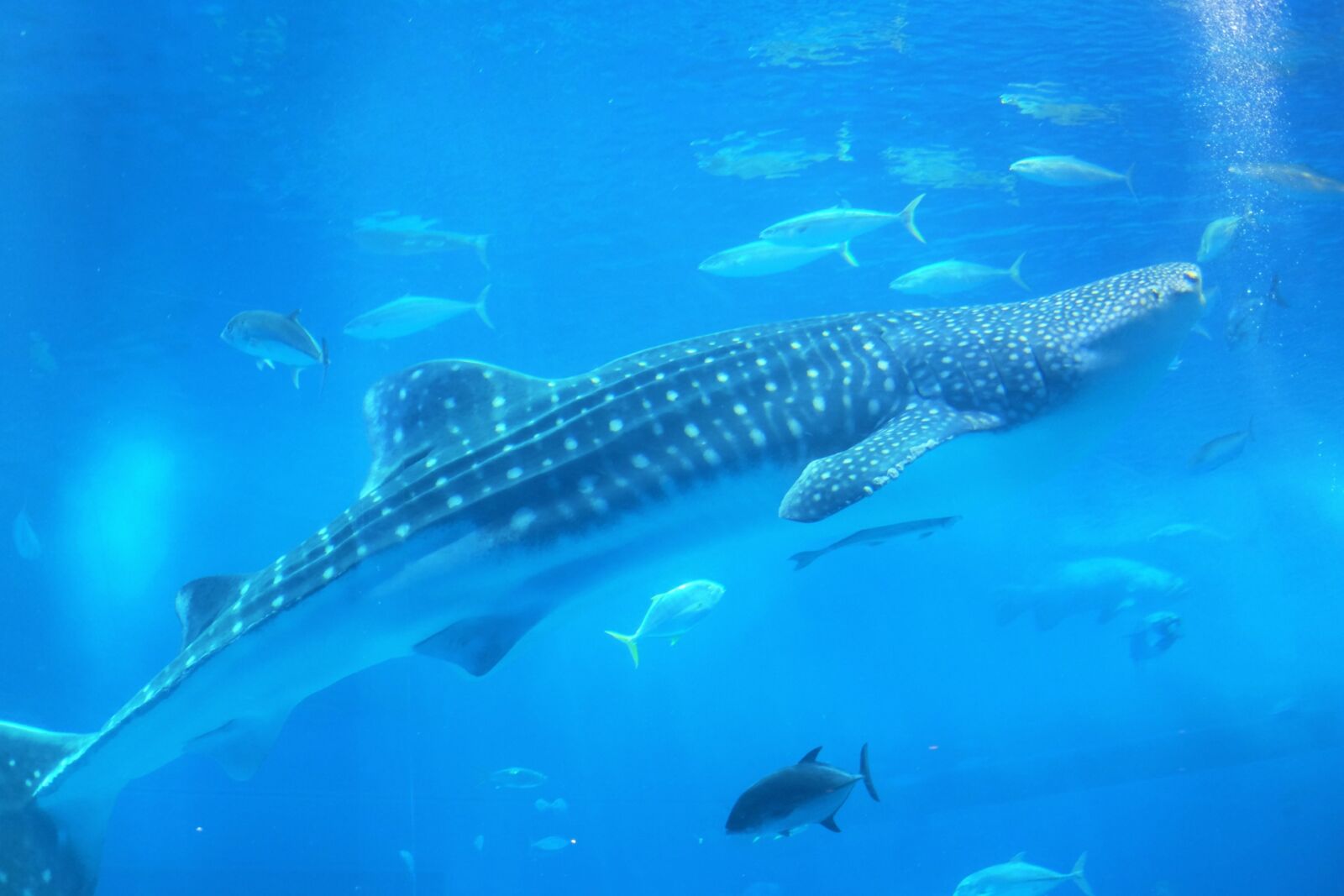
Moving away from the heart of the city and to the Osaka Bay area, Osaka Aquarium Kaiyukan is another of the city’s most famous and popular destinations. The spectacular central tank is nine metres deep and home to the aquariums most famous attraction, a whale shark and other marine life from the Pacific Ocean. Other tanks display sealife from the Gulf of Panama, the Great Barrier Reef, the Tasman Sea, Antarctica along with other marine ecosystems. In addition to the main tanks, the aquarium includes interactive displays and special experiences including evening events along with multiple restaurants and shops.
39 / TEMPOZAN HARBOR VILLAGE
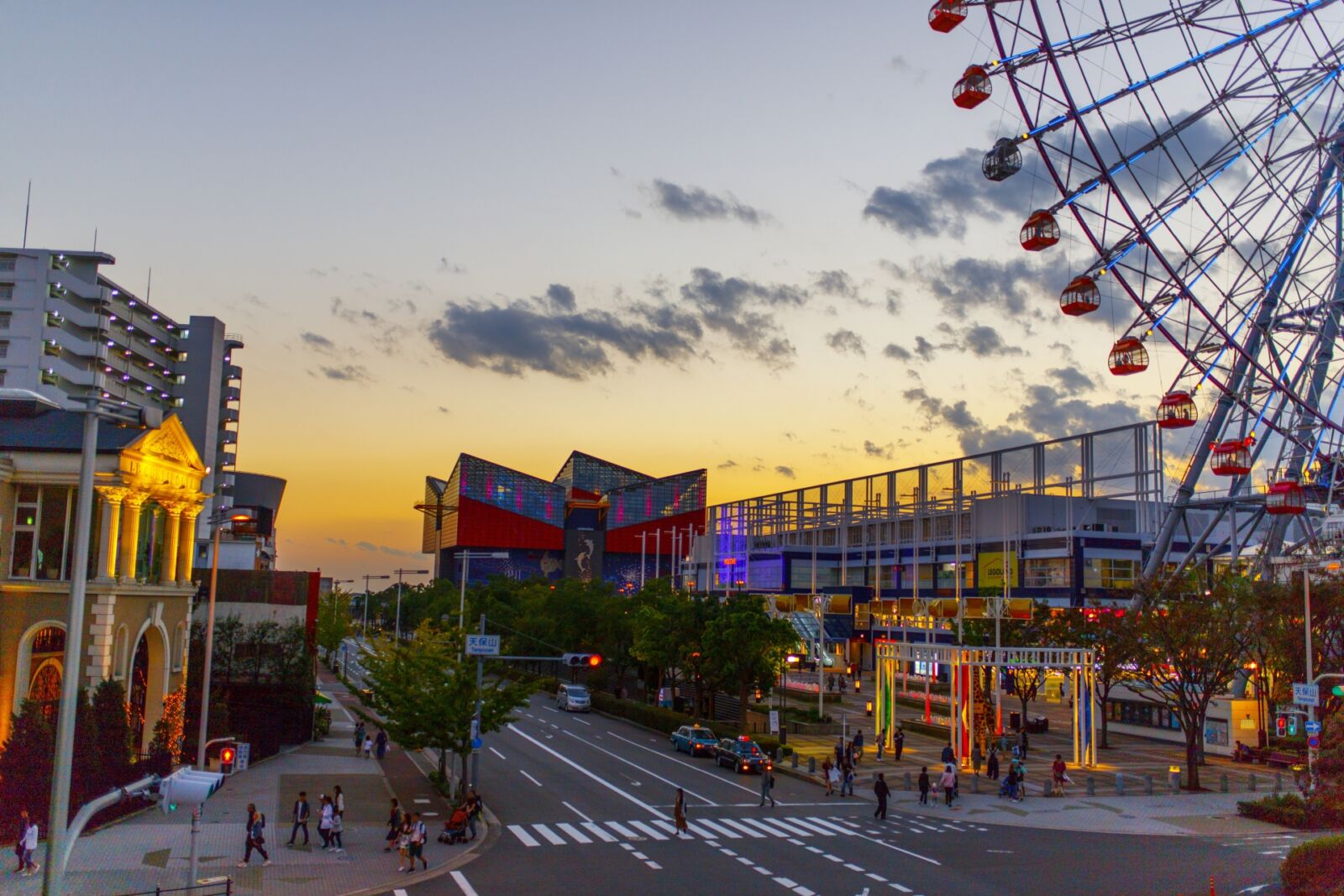
Osaka Aquarium is part of the larger ‘Tempozan Harbor Village’ precinct, a modern development on Osaka Bay also including LEGOLAND ‘Discovery Centre Osaka’, the boarding point for the ‘Santa Maria’ cruise ship, and ‘Tempozan Giant Ferris Wheel’.
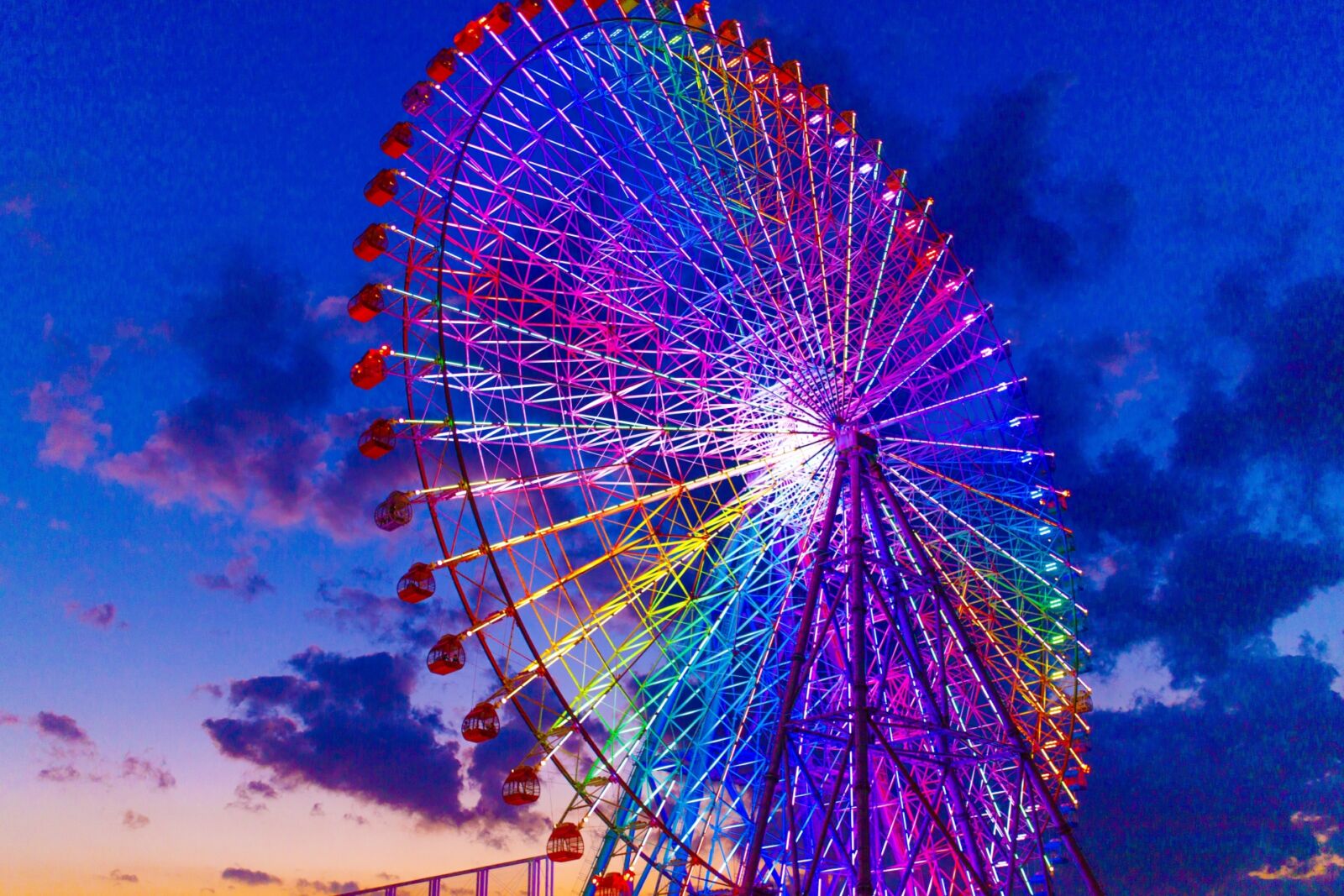
At 100 metres in diameter and 112.5 metres tall, the ferris wheel is one of the largest in the world, taking 15-miuntes to ride and providing great views of Osaka Bay. In addition to these attractions, the ‘Naniwa Kuishinbo Yokocho’ is a food-based theme park modelled on 1960s Osaka streetscapes while the ‘Tempozan Marketplace’ is a modern dining and shopping complex including around 80 restaurants and stores.
40 / UNIVERSAL STUDIOS JAPAN (USJ)
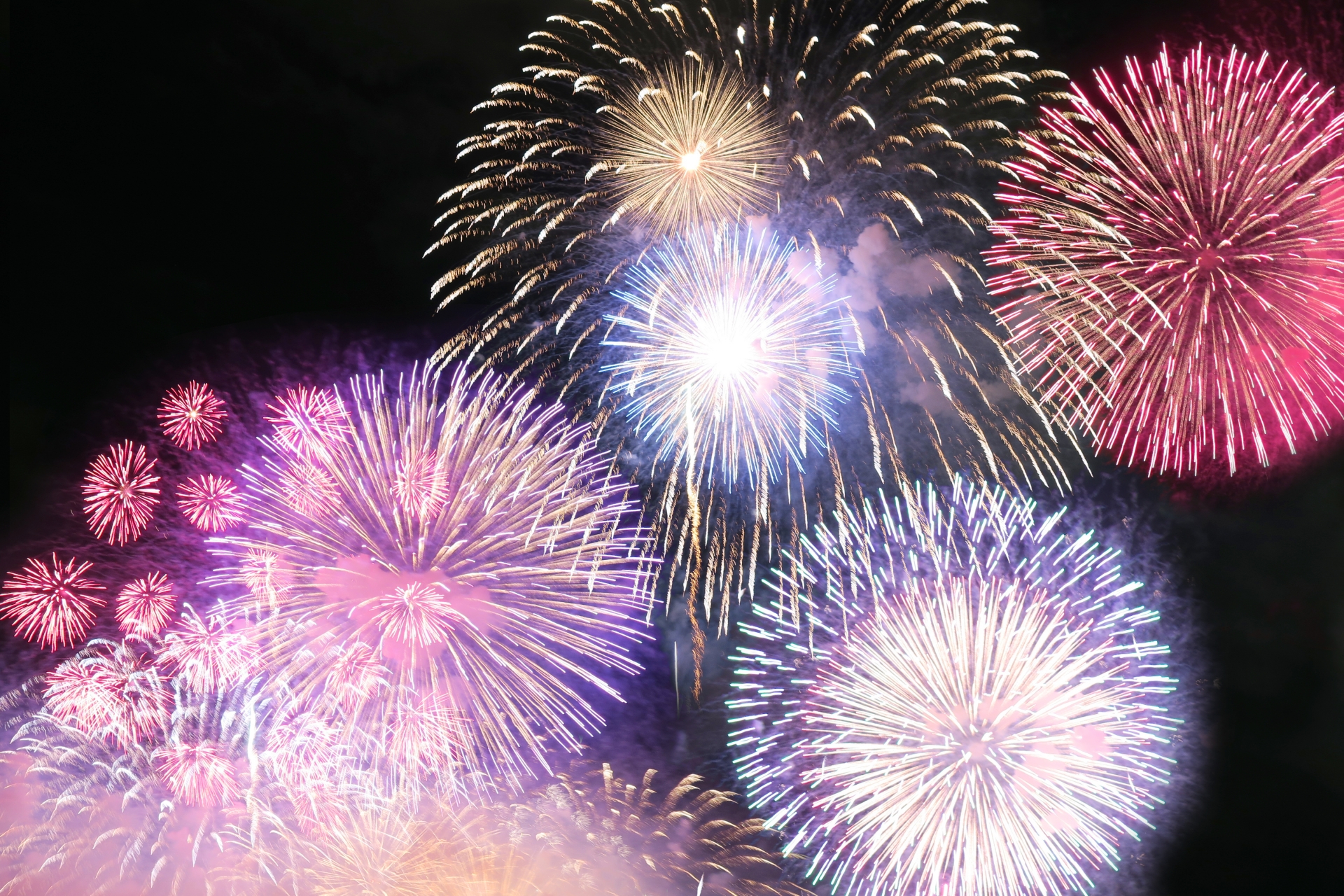
Finally, located across from Tempozan Harbor Village – over the Tenpozano Bridge – Universal Studios Japan (USJ) is one of Japan’s most popular attractions. Divided into themed areas, the park brings the films of Universal Studios to life including Jurassic Park, Spiderman, Minions, Harry Potter and the newest area – Super Nintendo World. Rides range from gentle but fun kids amusements to rollercoasters and immersive simulators. The huge precinct also includes hotels, restaurants and shops and as one of not just Osaka’s but Japan’s most popular destinations, USJ is always busy but great, great fun.
BEST PLACES TO STAY IN KYOTO & NARA
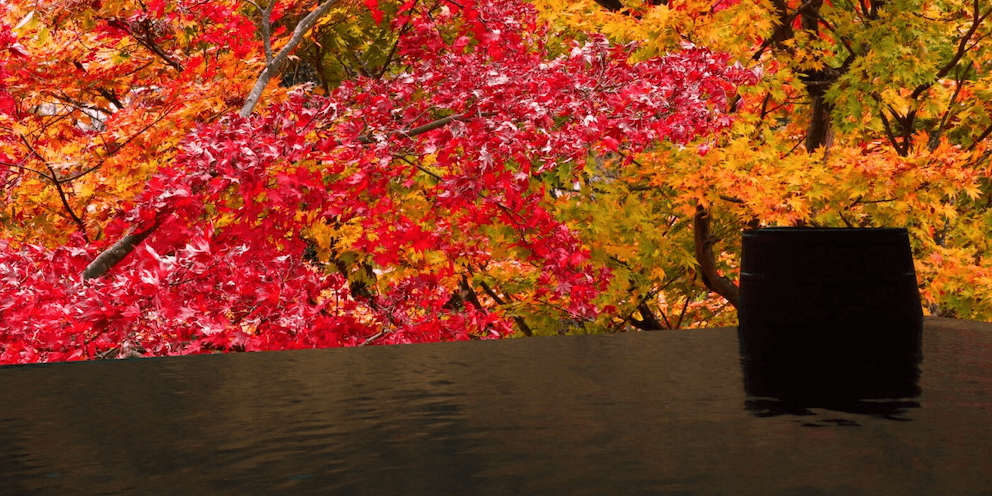
As Japan’s most historic cities, Kyoto and Nara attract millions of visitor each year. As such, it is no surprise that there is plenty of accommodation of choose from, ranging from high-end hotels and traditional guesthouses, to mid-range and budget options dotted in and around the city. Our ‘Where to Stay in Kyoto & Nara?’ page listed the best areas including accommodation listings.
BEST PLACES TO STAY IN OSAKA
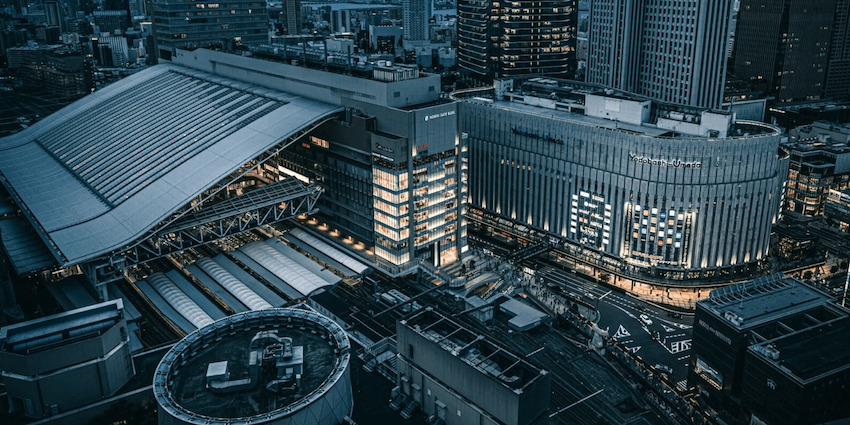
Osaka offers travellers a huge range of accommodation dotted throughout the city. To make your time there as easy as possible, we recommend choosing a hotel or guesthouse nearby a major train station, allowing you to move around the city and beyond with ease. Our ‘Where to Stay in Osaka & Kansai International Airport?’ page listed the best areas including accommodation listings.
HOW TO GET TO KYOTO, NARA & OSAKA
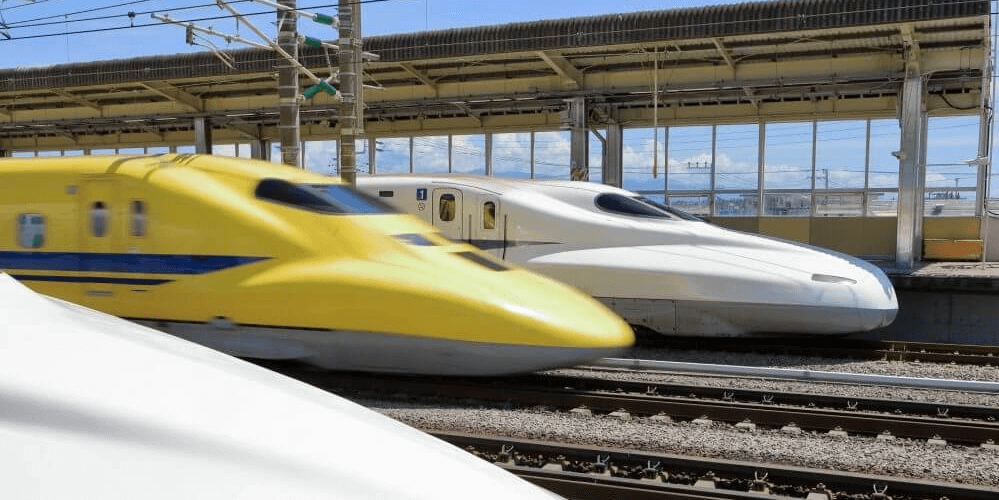
Kyoto Station and Shin-Osaka Station are stops on the Tokaido Shinkansen line making them easy to reach from Nagoya, Tokyo and beyond, while other shinkansen and express train lines running from the cities to regions throughout Japan. Within easy reach of both Kyoto and Osaka, Nara is under an hour away using local trains services allowing travellers to move easily to, from and between all three cities. For more information, see our pages: How to Get to Kyoto / How to Get to Nara / How to Get to Osaka.
PRIVATE CHARTERS & TOURS IN CENTRAL JAPAN
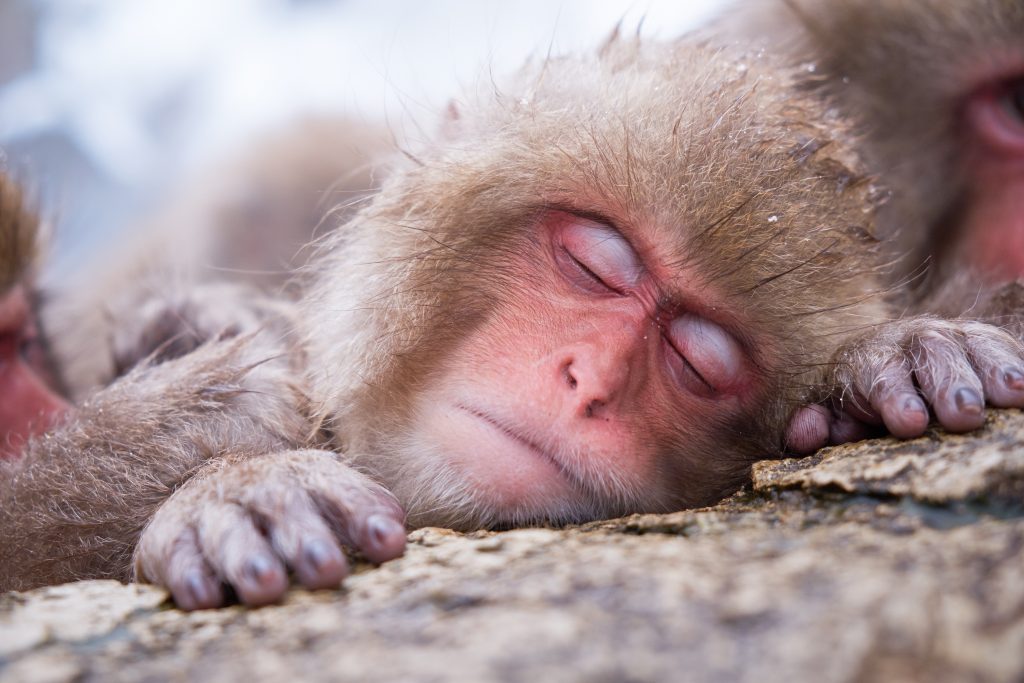

Based in Nagano and operating all year round, we are a No.1-rated tour and charter operator, offering a range of services including group tours, private tours and charters. We can arrange transport including a private vehicle and driver, to transport you to, from and between any destination in Central Japan.
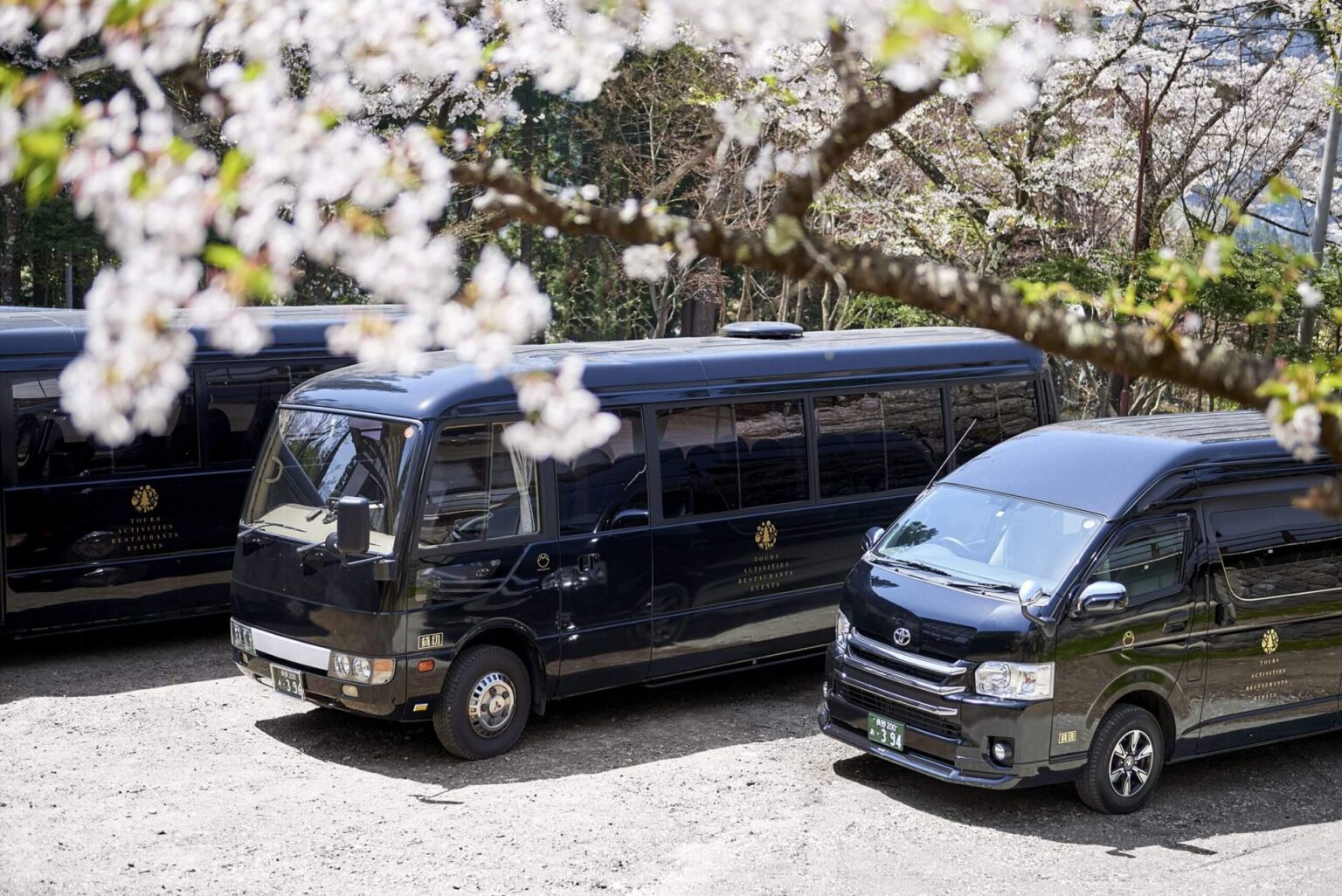
Our drivers and vehicles are fully certified, allowing us to transport you to and from your preferred destinations, in combination with any activity that suits your interests and schedule including transport to and from any destination in Central Japan. All vehicles are fitted with a protective screen – separating the driver from passenger and luggage area – and our drivers wear protective masks, allowing you to move between your destinations in comfort and safety.


We can arrange both private tours with an English-speaking guide or a private charter, including a private vehicle and driver but without a guide. We’d love to be part of that experience and help you discover even more!
Why choose us?
Awarded a 2022 TripAdvisor Travelers’ Choice Award for our 1-Day Snow Monkeys, Zenko-ji Temple & Sake Tour – recognised as one of the Top 10 Experiences in Japan – we have the local knowledge and experience to help you get the most out of your time in Japan.
Got a question about arranging a charter or tour in Central Japan? Contact us and let’s get planning together!



